Pekka Buttler – August 2025
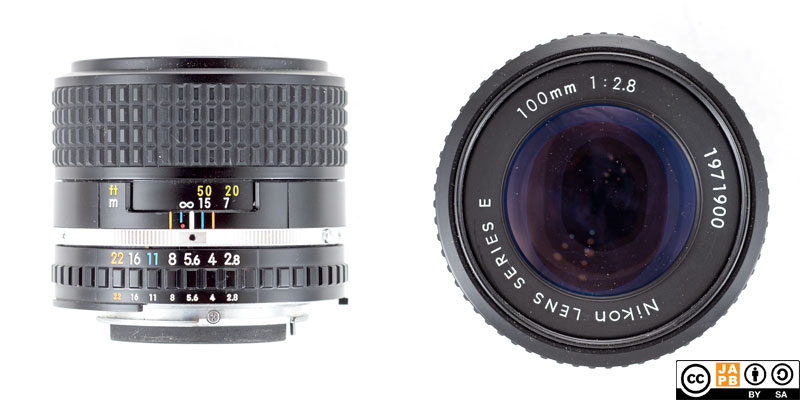
[Cover image: taken at f/8, 1/800 s, ISO100]
The lens’ data sheet is available here.
The Nikon series E was a 1979–1985 series of lenses intended for the budget-driven photographer. See the JAPB article on the Nikon series E for more details.
A 100/2.8?
Today you typically find 100 mm f/2.8 lenses being used as basis for macro lenses, but this 100 mm f/2.8 it not a macro lens. Instead it is a moderately fast short tele lens.
While 100 f/2.8 non-macro lenses are a rarity today, they were a relatively typical sight in the 1960s and even 1970s, with several manufacturers (Canon, Fuji, Konica, Leica, Mamiya, Meyer-Optik, Minolta, Nikon, Olympus, Pentacon, Pentax, Topcon, and Yashica as well as several 3rd party manufacturers) producing lenses in the 100-105 mm and f/2.5-2.8 range.
While the 100/2.8 design can be seen and (as arguably is the case) has been seen as an unnecessary intermediate solution (between 85/1.8 and 135/2.8 lenses), these designs carry the advantage of being smaller, lighter and more affordable than either alternative.
In the case of this specific 100/2.8 lens, there is an interesting twist. Nikon had been producing 105 mm f/2.5 Nikkor lenses for Rangefinder cameras (for the Nikon S and LTM mounts) since 1953, going on to offer 105/2.5 lenses for the Nikon F (SLR) mount right from the 1959 start of the Nikon F mount. Moreover, Nikon’s 105/2.5 design is arguably one of the most famous portrait lens designs out there. Before 1979 Nikon had never made a 100 mm lens (even Nikon’s medium macro lenses were 105 mm lenses). Why, then, suddenly this 100 mm lens?
The simplest reason is the most likely reason. The entire launch of the Series E (cameras and lenses) was a tight-rope act for Nikon: On the one hand trying to reach down into a lower price segment and gain profitability through volume, while on the other hand avoiding self-cannibalisation by offering the high-paying pros the same at half the price. It is therefore likely that Nikon decided on a 100/2.8 mm lens specifically so that it would not seem to be a too attractive alternative to the legendary 105/2.5.
Ergonomics
Whether you are using this lens on a post-1977 Nikon SLR or dSLR1 or whether you are using this lens adapted to some modern mirrorless marvel, you will likely find the ergonomics to be entirely satisfactory.
For being a 100 mm f/2.8 lens, this is by no means a large lens. In fact, it is one of the smallest and lightest in its class. At the same time, the series E 100/2.8 is not so small as to be difficult to handle. The focusing ring is broad and grippy, and while the aperture ring could be more pronounced, it does move very smoothly and with distinct aperture clicks (full stops only). I have also often used this lens in the winter with thick gloves on, and can categorically state that even gloves are only a minor issue.
In terms of using this lens adapted to mirrorless, you will find the Nikon lens to work with the minimum hassle. Just remember that – when you’re ready to finish shooting – Nikon lenses unscrew in the opposite direction to most other lenses (see here why that is).
Setting up the walk…
All the images in this walk-around have been taken on a two-day cruise from Helsinki (Finland) to Visby (Sweden) at the beginning of August 2025. Visby is the largest town on the Swedish island of Gotland, and the best-preserved medieval town in Scandinavia. Some of the images are from the ship, while others are from Visby (there are even some images of Tallinn, where the ship made a brief stop).
I did this walk-around using my Sony ⍺7R2, a K&F concept Pro Nikon F–>Sony FE adapter, and the Nikon series E 100 mm f/2.8 lens pictured above.
All shots in RAW, handheld with IBIS on. Edit in post: ACR default conversion only2, straighten, resize to 2k, save as JPEG quality 60. Unless stated differently: all images at ISO100.
Images and commentary
Almost all lenses are softer wide open than stopped down. The Nikon series E 100 mm f/2.8 is not an exception, but the penalty of shooting wide open is not as bad as one might expect.
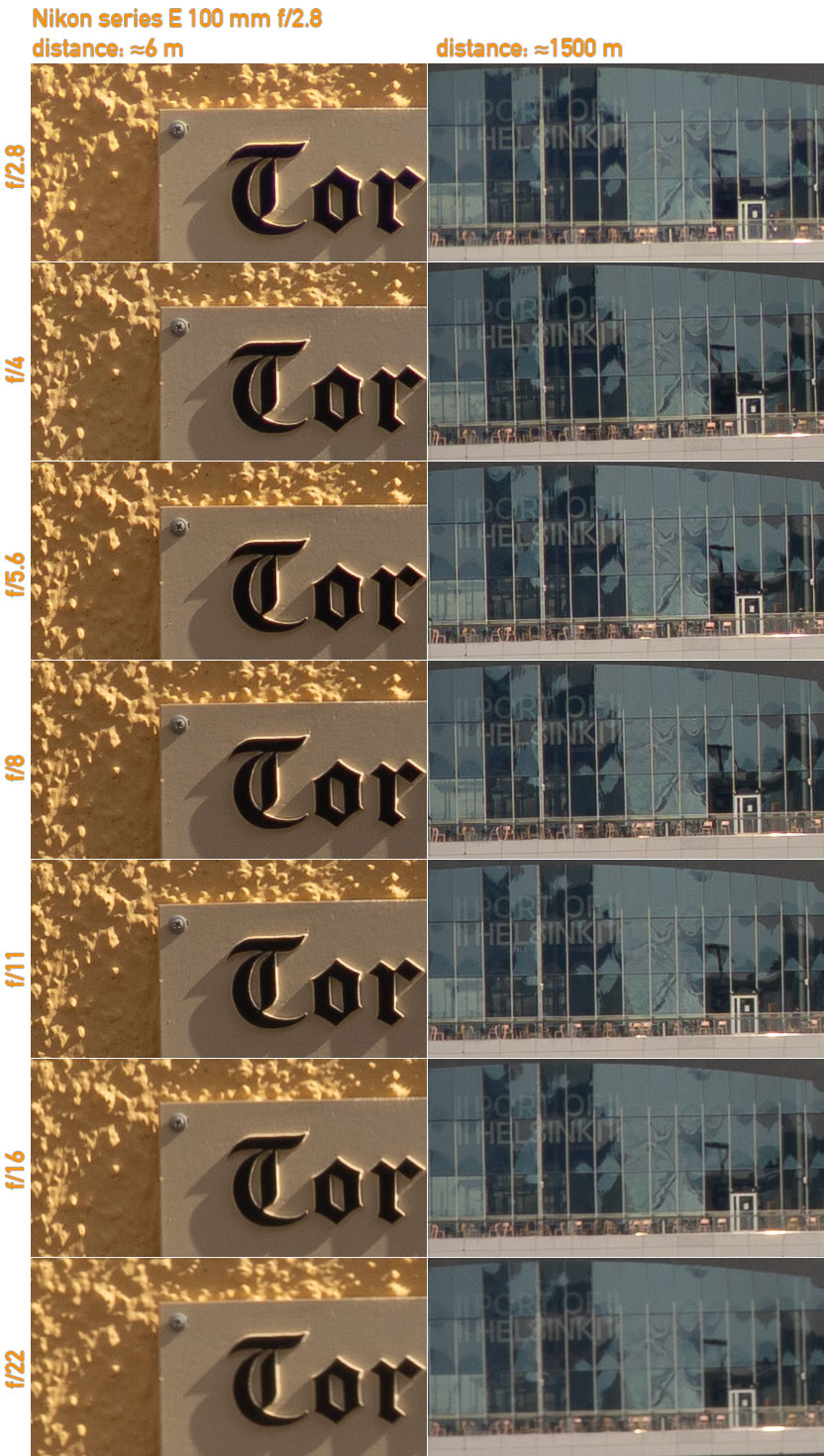
(Open image in new tab for larger version)
First off, f/2.8 (wide open) is very much usable. There is a smidgeon of chromatic aberrations at high-contrast transitions wide open, but this is barely field-relevant and gone entirely by f/4. It is really astonishing to see that these wide open crops show only a very mild drop in definition and contrast (the two components of sharpness) compared to stopped down.
Centre-area sharpness does get a minor boost from stopping down all the way until f/8, but already at f/11 the effects of diffraction start more than compensating for whatever added sharpness stopping down might produce. As a result, there rarely is any need to stop down beyond f/5.6 unless expressly for the purpose of added depth of field.
‘So what, centre sharpness is easy’ – you might say. Yes and no. On the one hand, a 100 mm lens is first and foremost a short tele/portrait lens and does not lay claim to being a jack of all trades. Hence, if field curvature or some other optical undesirable would lead to corner sharpness wide open not being quite there, that would not be a biggie.
On the other hand, this lens seems not suffer too badly from any such aberration. On the contrary, the focus field seems to be admirably straight and level, and even in the extreme corners no bogeymen seem to lurk. Below is a wide-open uncropped but scaled-down shot of an old sandstone wall which you can open into a new tab and see the rather admirable level of corner sharpness. Also, should your desire to pixel peep go further, here is the same image without any scaling (warning: 12 MB).
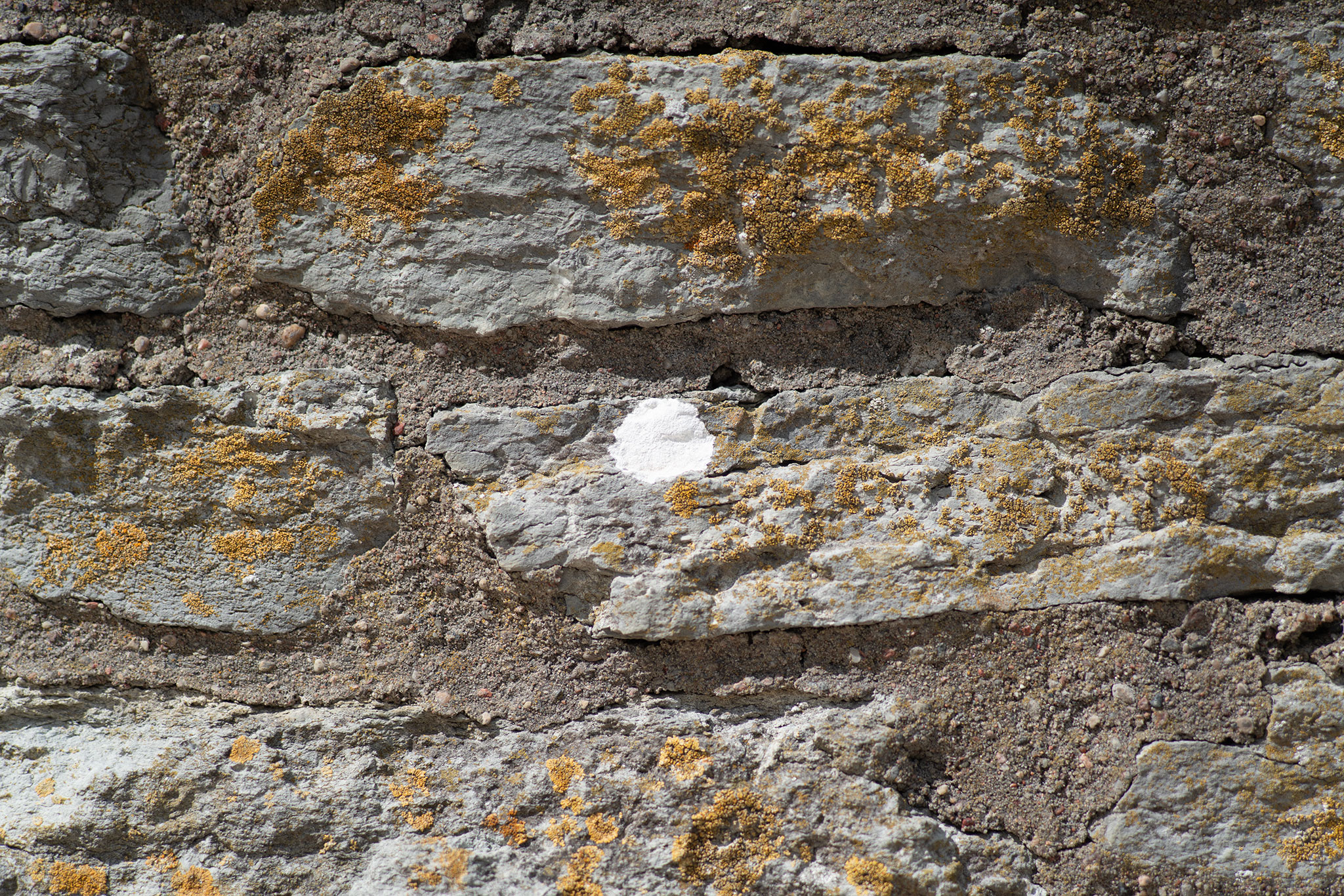
The Nikon Series E 100 mm f/2.8 does have vignetting wide open (f/2.8), and in some images it can become quite significant (below is the worst example I could find). At f/4 the vignetting is significantly improved and at f/5.6 it only affects the absolute corners. From f/8 vignetting is gone.
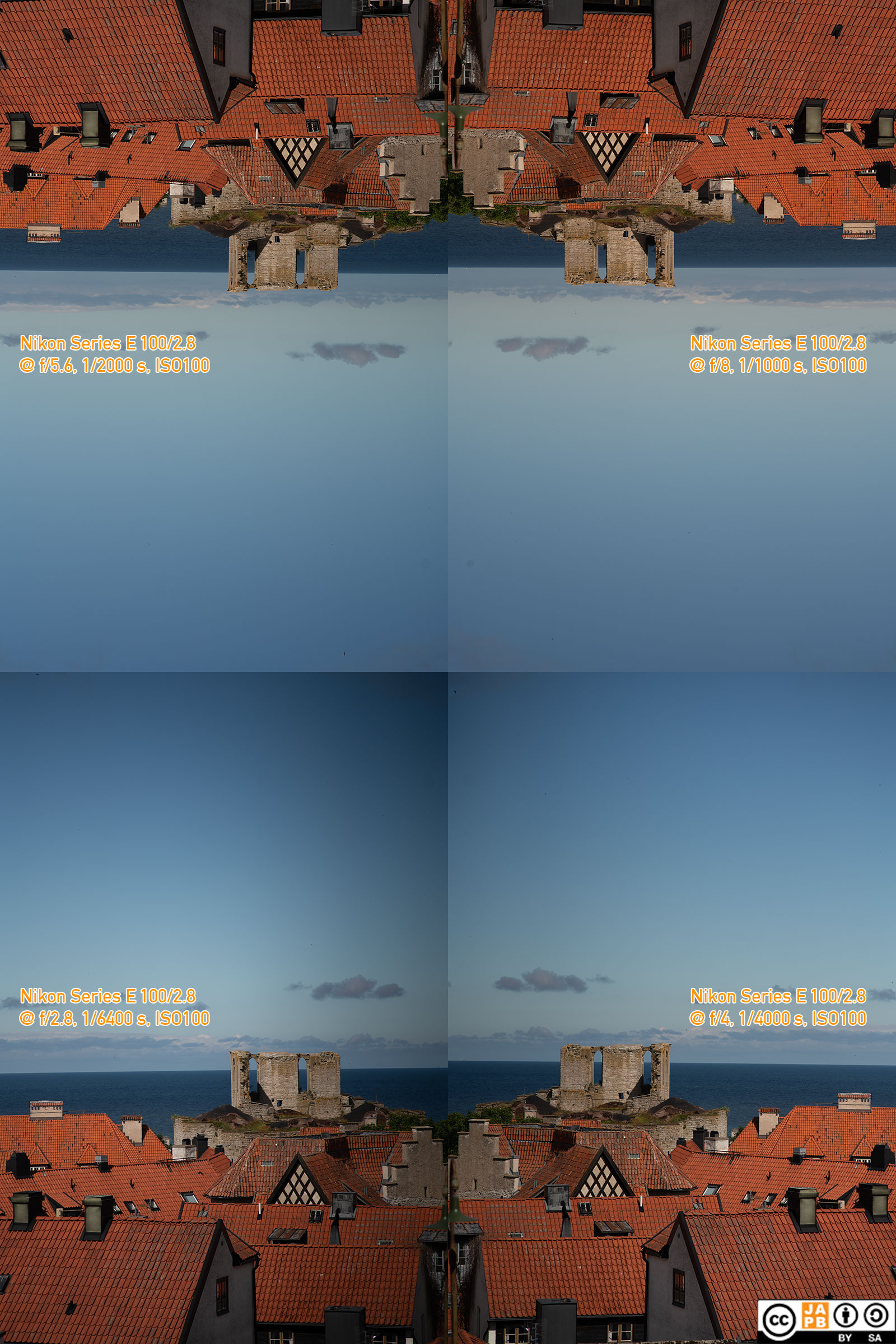
(Open image in new tab for larger version)
It is well-documented that one of the compromises Nikon made in the design and manufacture of the series E lenses was to not splurge on the latest and greatest lens coatings. Moreover, the lens’ front element is everything but recessed, raising concerns about veiling flare or ghosting. Even so, this lens is surprisingly resistant to veiling flare and can be made to produce ghosts only by actively seeking them out. Some images below (click for larger versions).
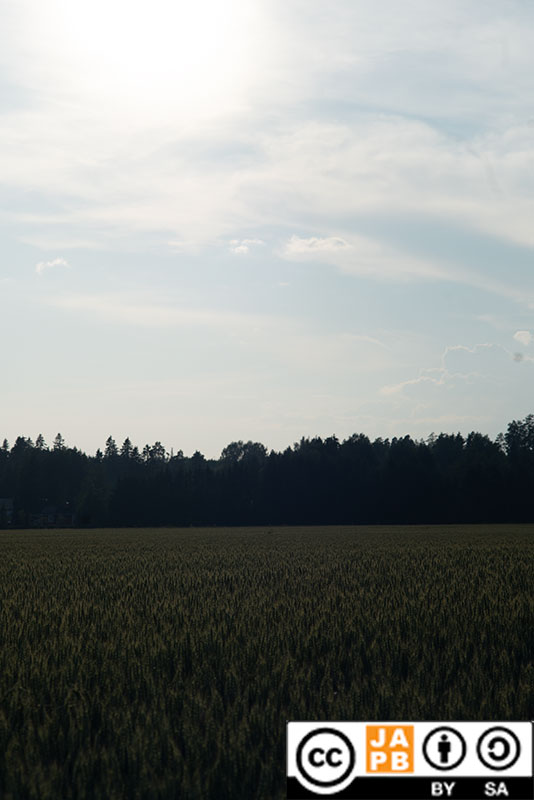
(Sun in frame. No veiling or ghosts.)
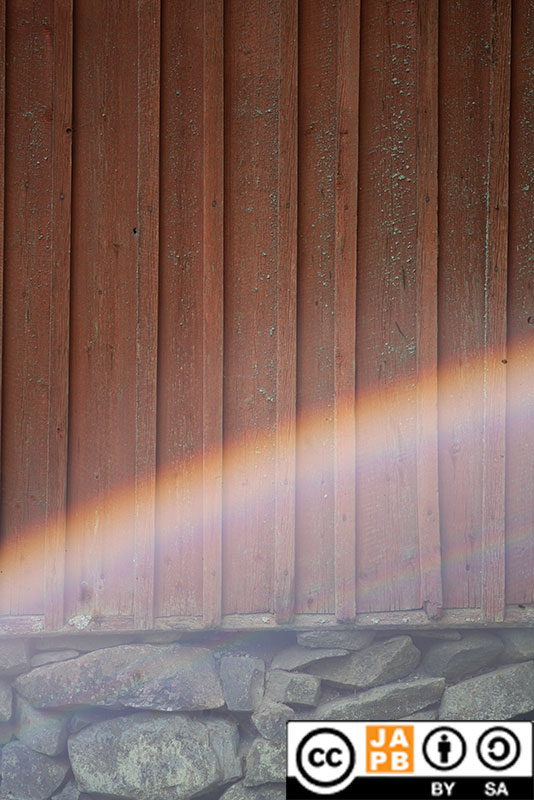
(front element was in straight sunlight and after seeking a ghost I found one. )
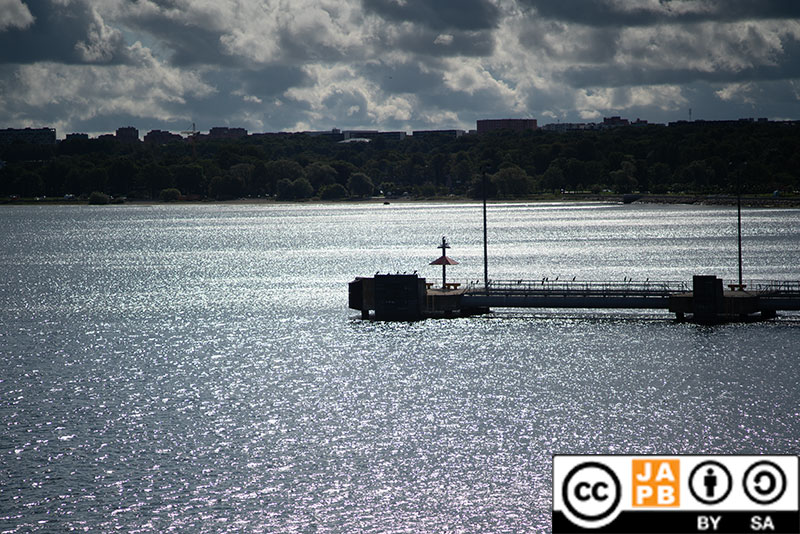
(front element was in straight sunlight with sun ≈15° out of frame. No veiling but some longitudinal chromatic aberrations)
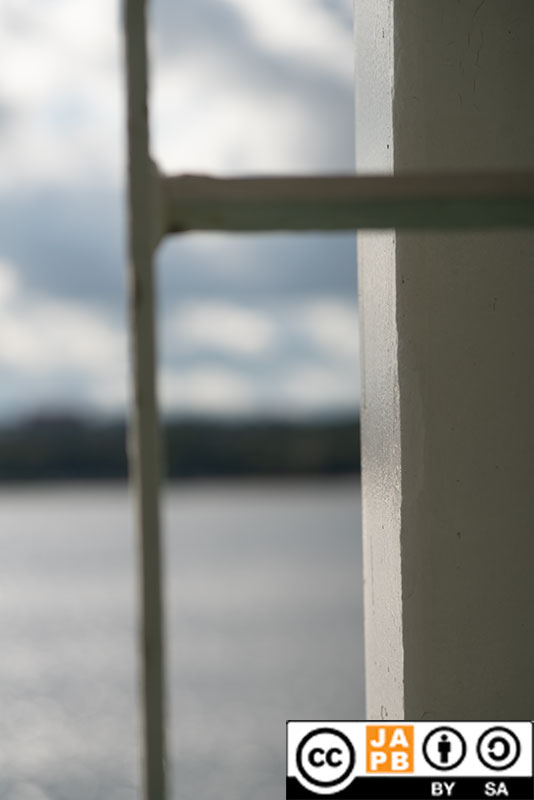
(front element was in straight sunlight with sun ≈10° out of frame. No veiling or ghosting)
Being a short tele lens, you would not expect significant geometric distortions and the series E delivers according to expectations. There is a minor pincushion distortion, but you need to be photographing a cutting mat to see it (I did not see it in any of my real-life shots and it cannot therefore be considered field-relevant).
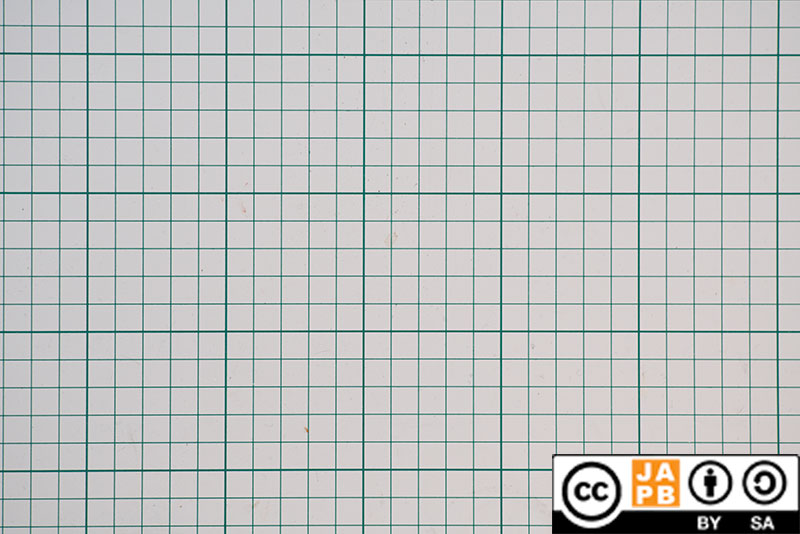
With an MFD of just short of one metre this lens is not a macro lens. However the resulting maximum magnification of 1:7,7 is very much par for the course and allows for a decent range of use-cases.
Bokeh is notoriously subjective, so the best I can say is that I generally find the Bokeh to be rather pleasing. The lens’ colour balance is quite neutral.
I have not yet taken any shots of starlit skies, so I cannot comment with any certainty on comatic aberration or astigmatism but I might report back.
In sum: This is the third representative of the 100/2.8 category of lenses I have taken for a walk-around (the others are the Pentacon auto 100/2.8 and Topcon.RE 100/2.8). Also, I’ve published a gallery of images from my time with the Kaleinar-5H (which is also a representative of the same class).
Of these lenses this – the Nikon series E 100 mm f/2.8 – is hands down the most balanced package, as it lacks any significant weaknesses and manages to produce stunning pictures even when pushed close to the limits of what is reasonable.
Galleries
If you want to pixel peep the original RAW files, please get in touch or leave a comment.
All images ISO100 unless stated differently.
Gallery 1: Visby cruise (August 2025)
(click on the image for a larger version)
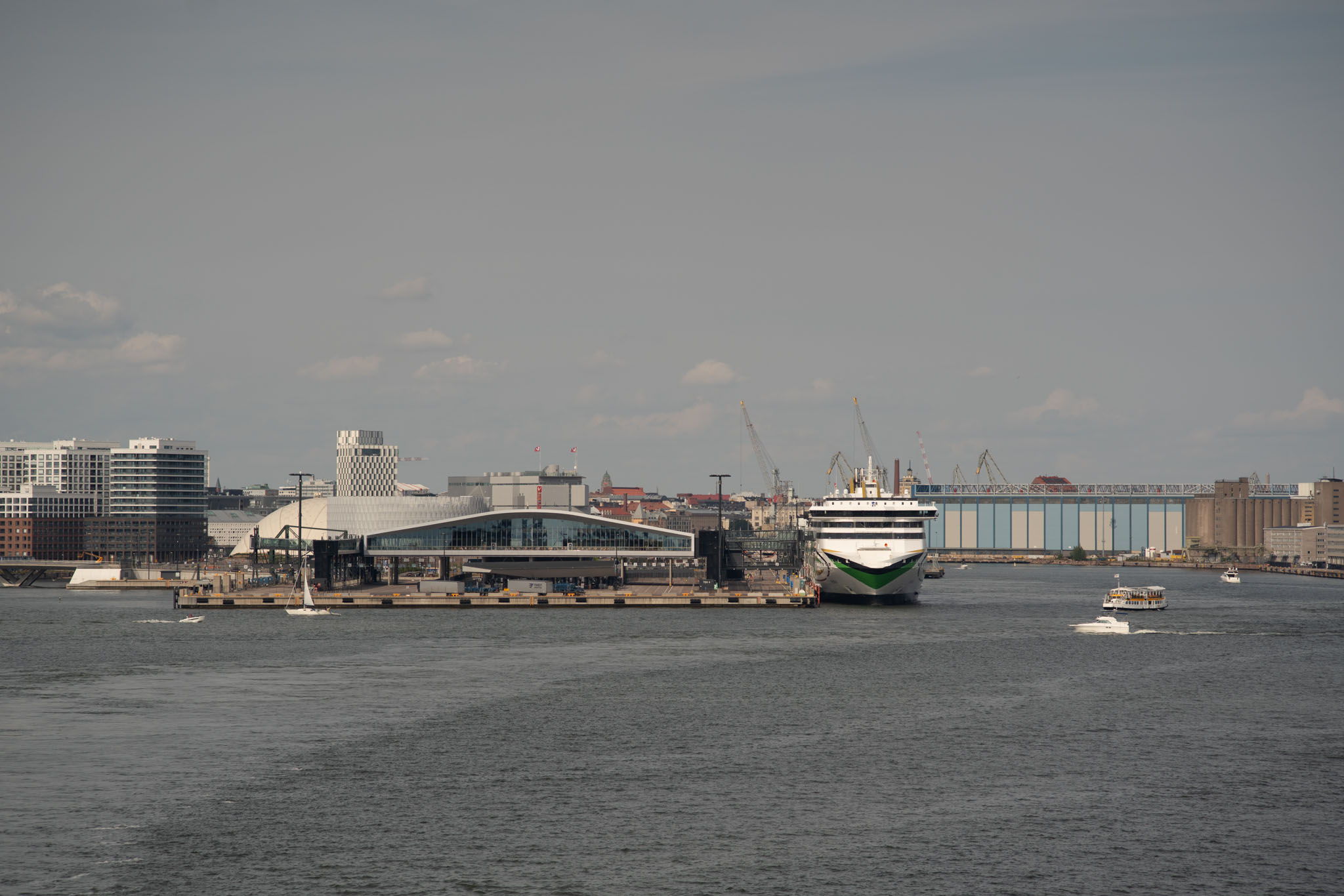
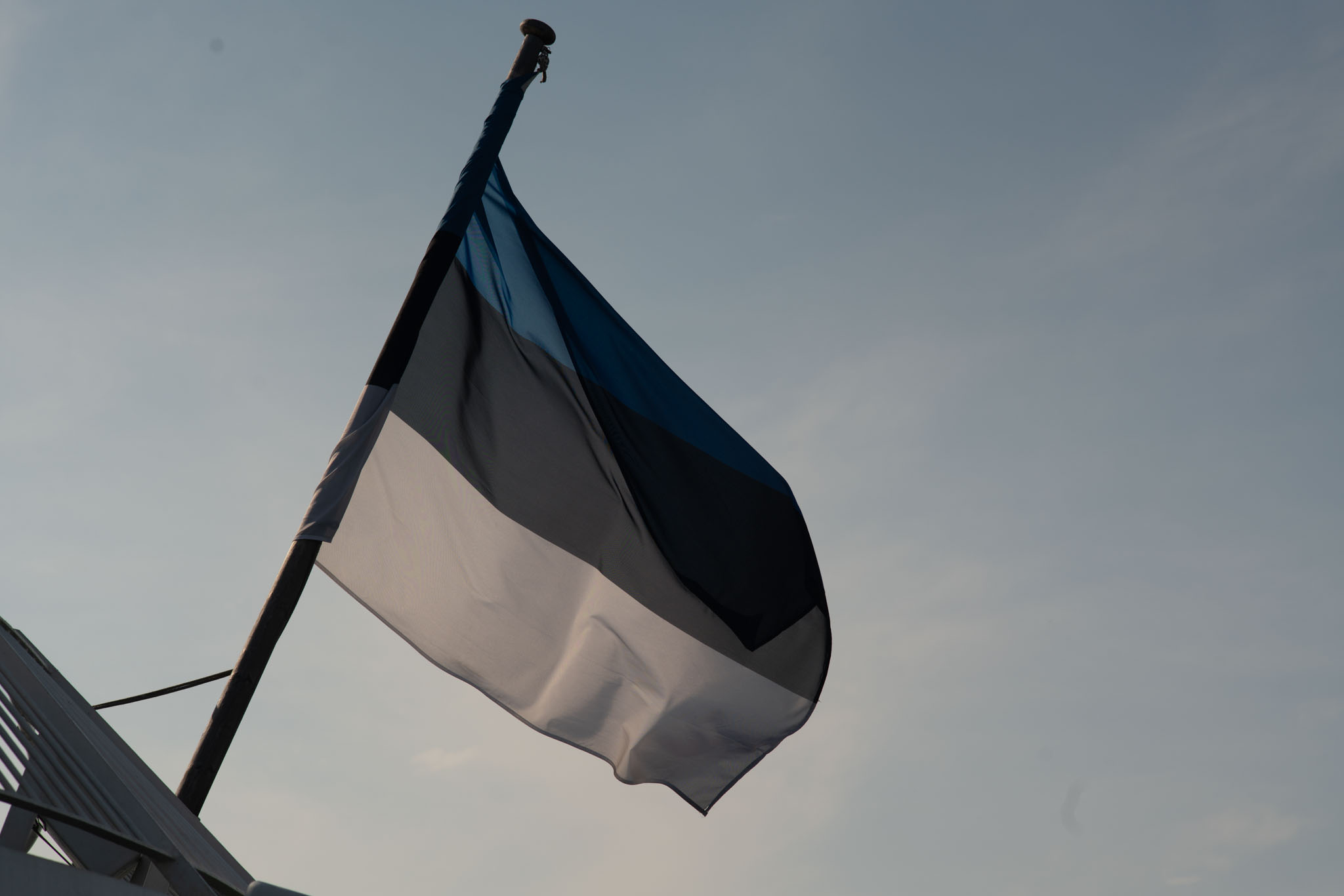

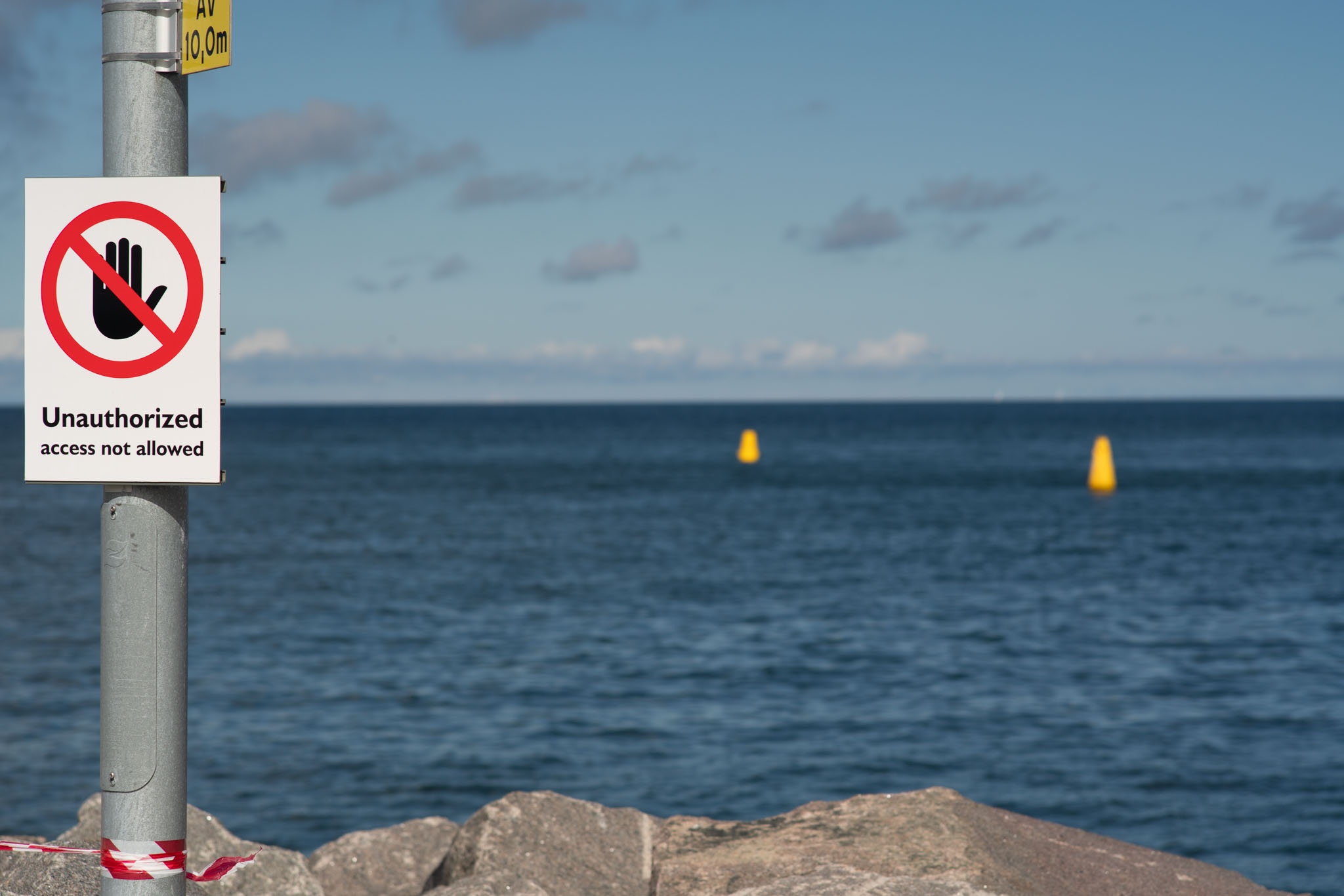
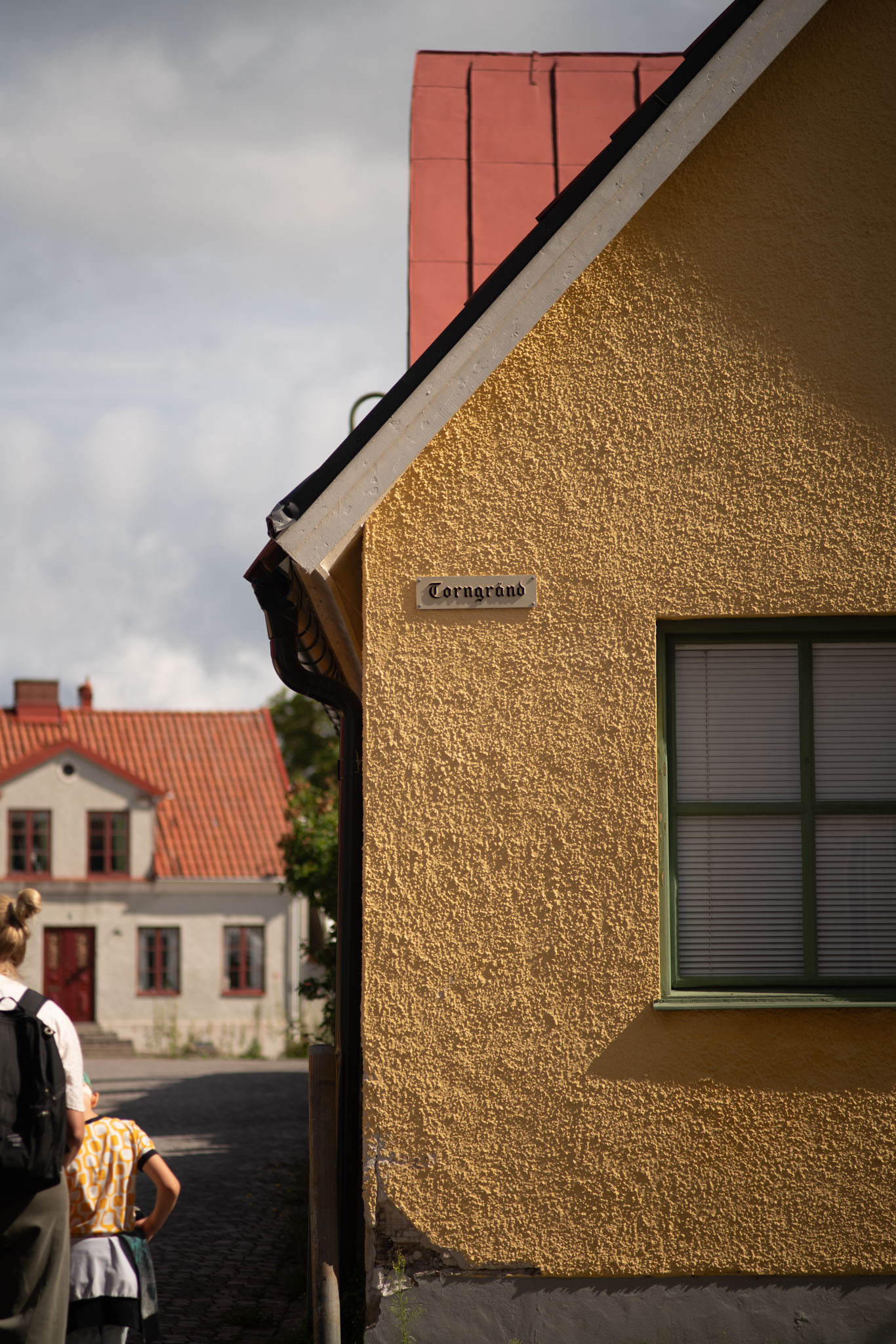
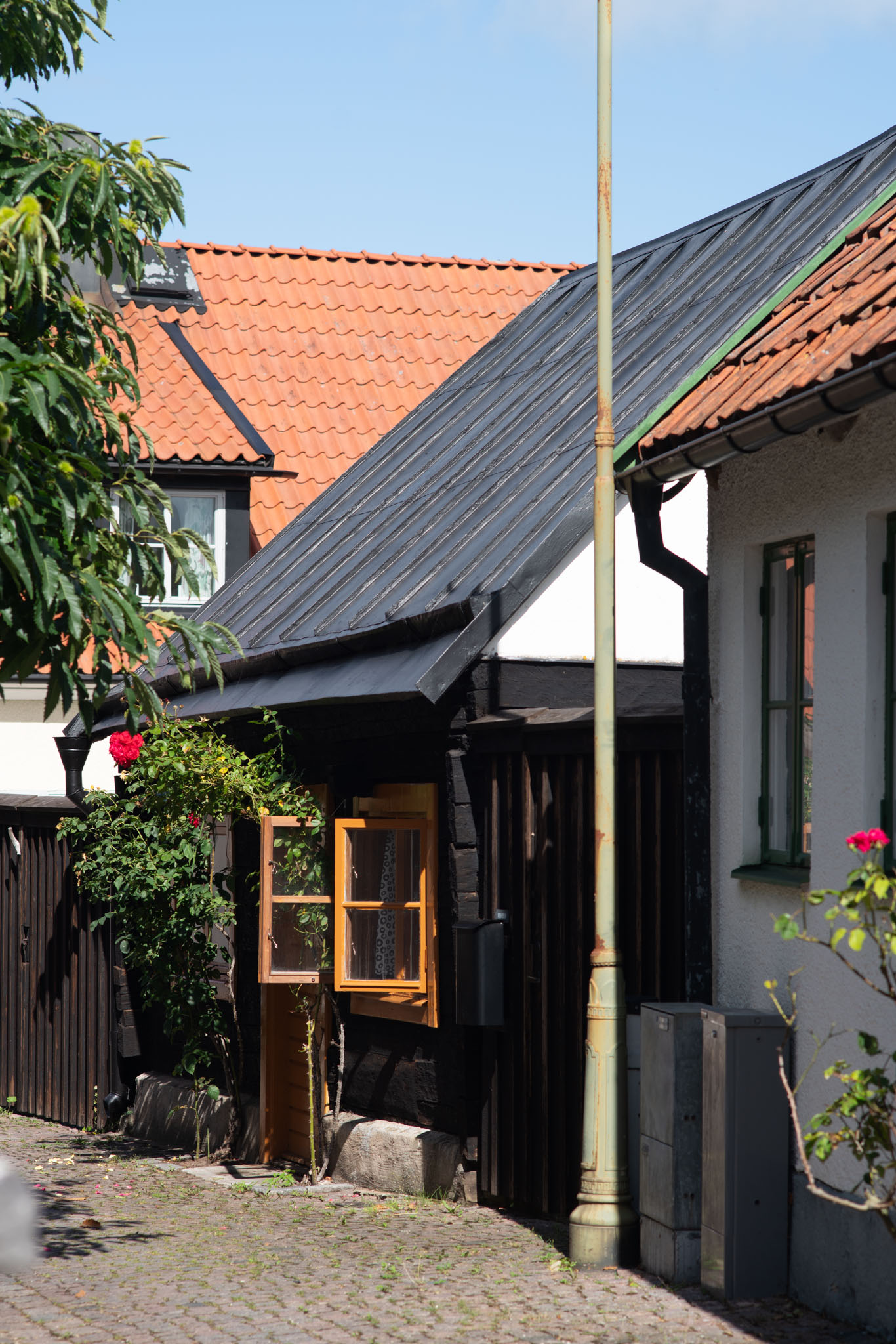
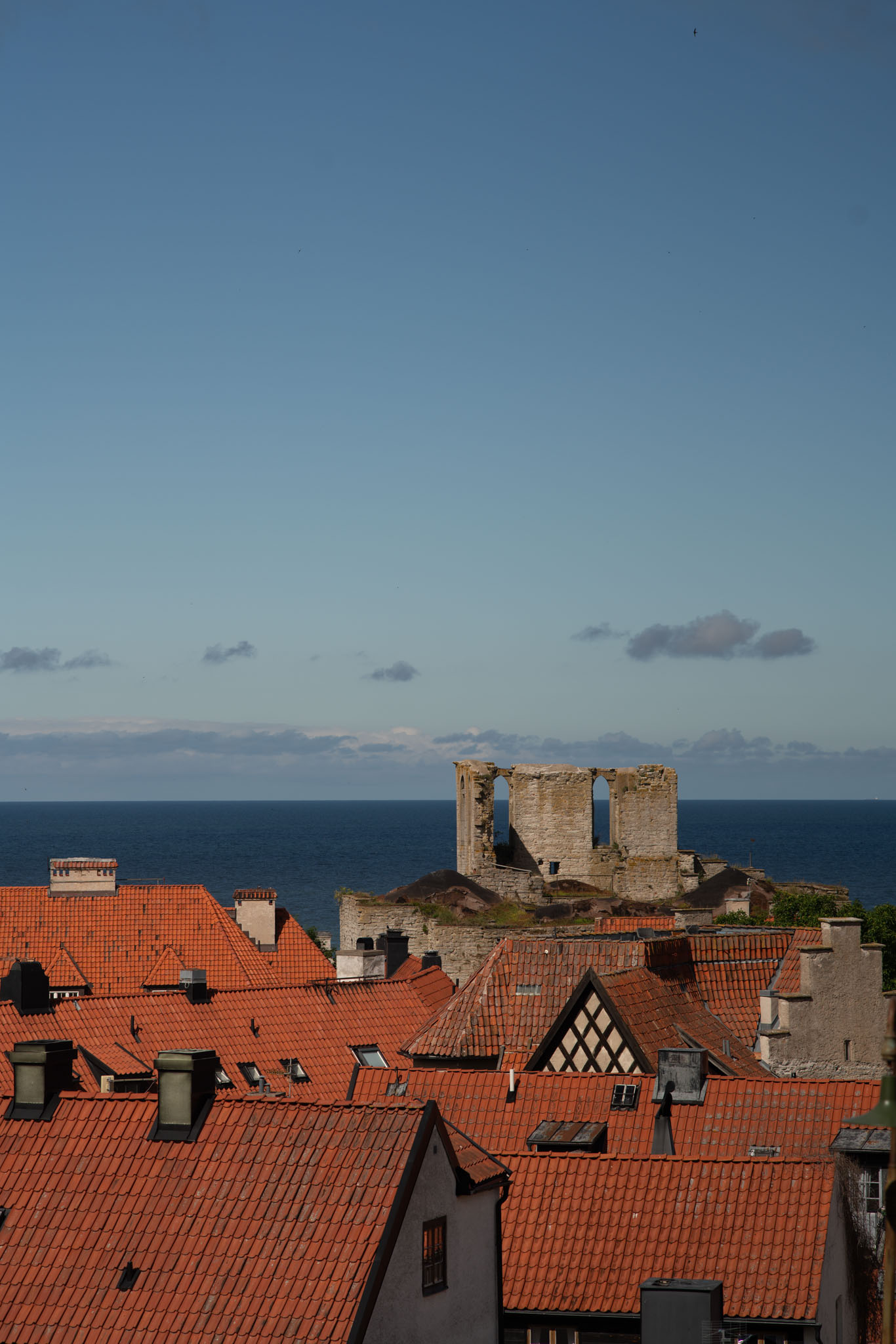
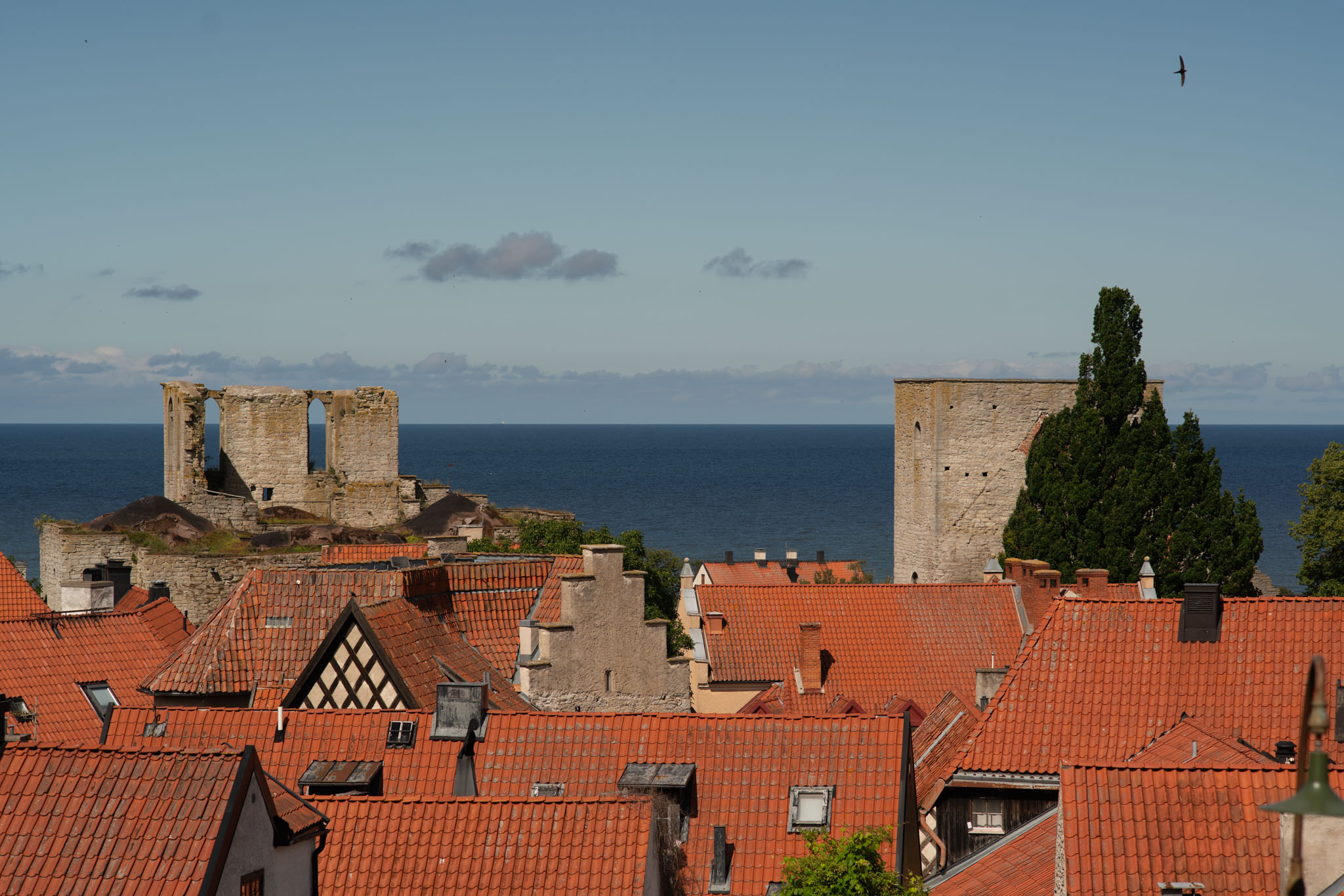
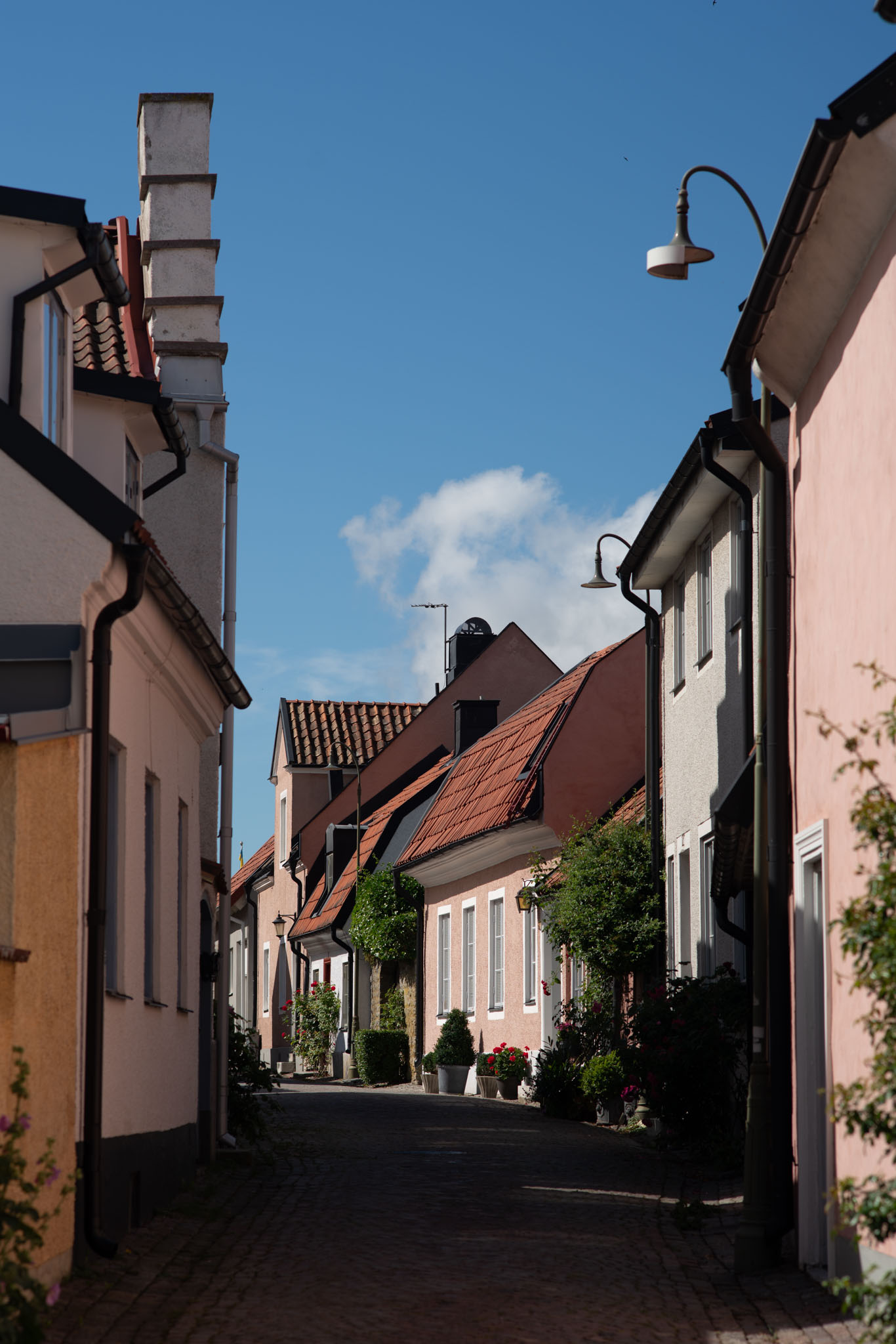
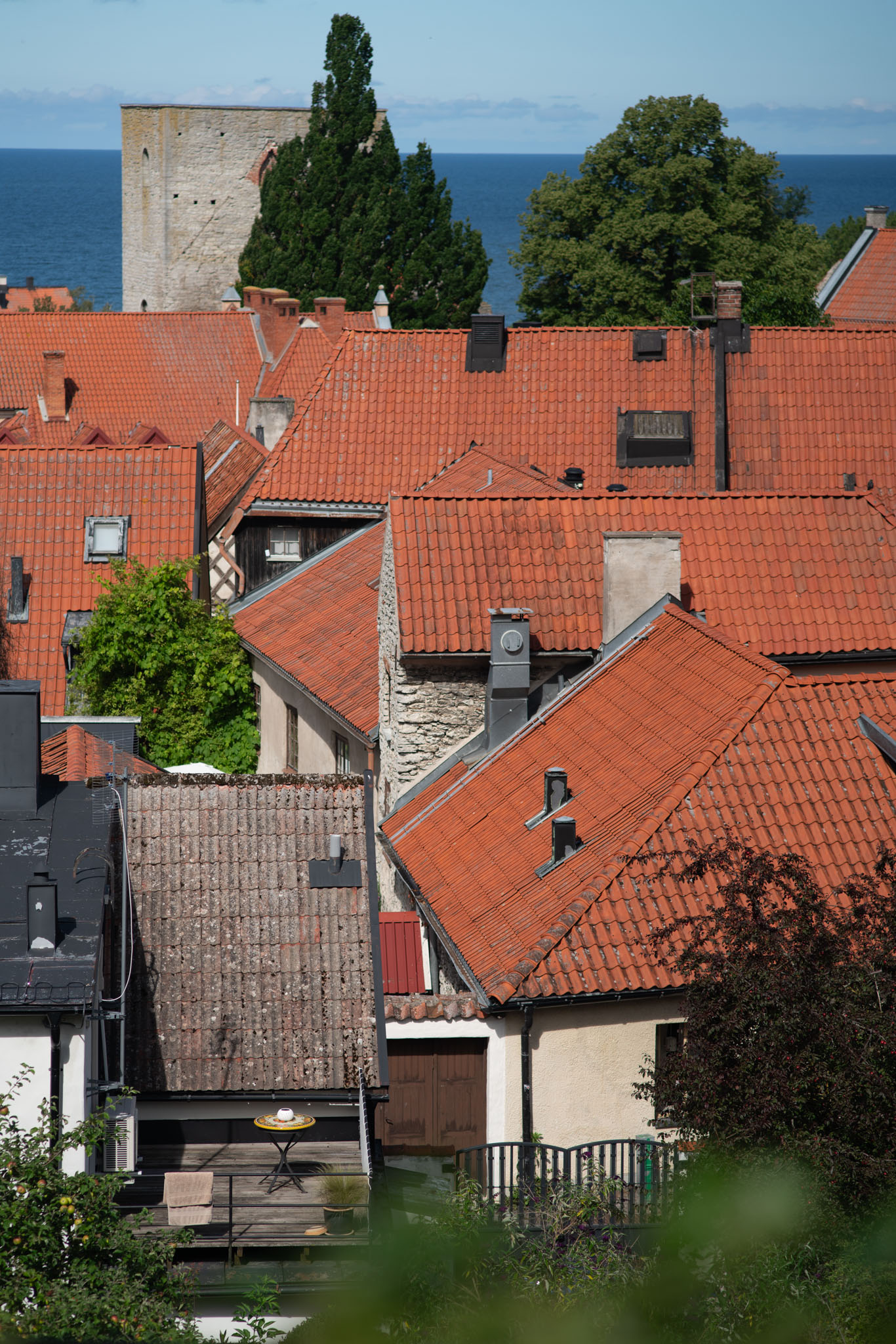
Nikon E 100/2.8 @ f/4, 1/2000 s
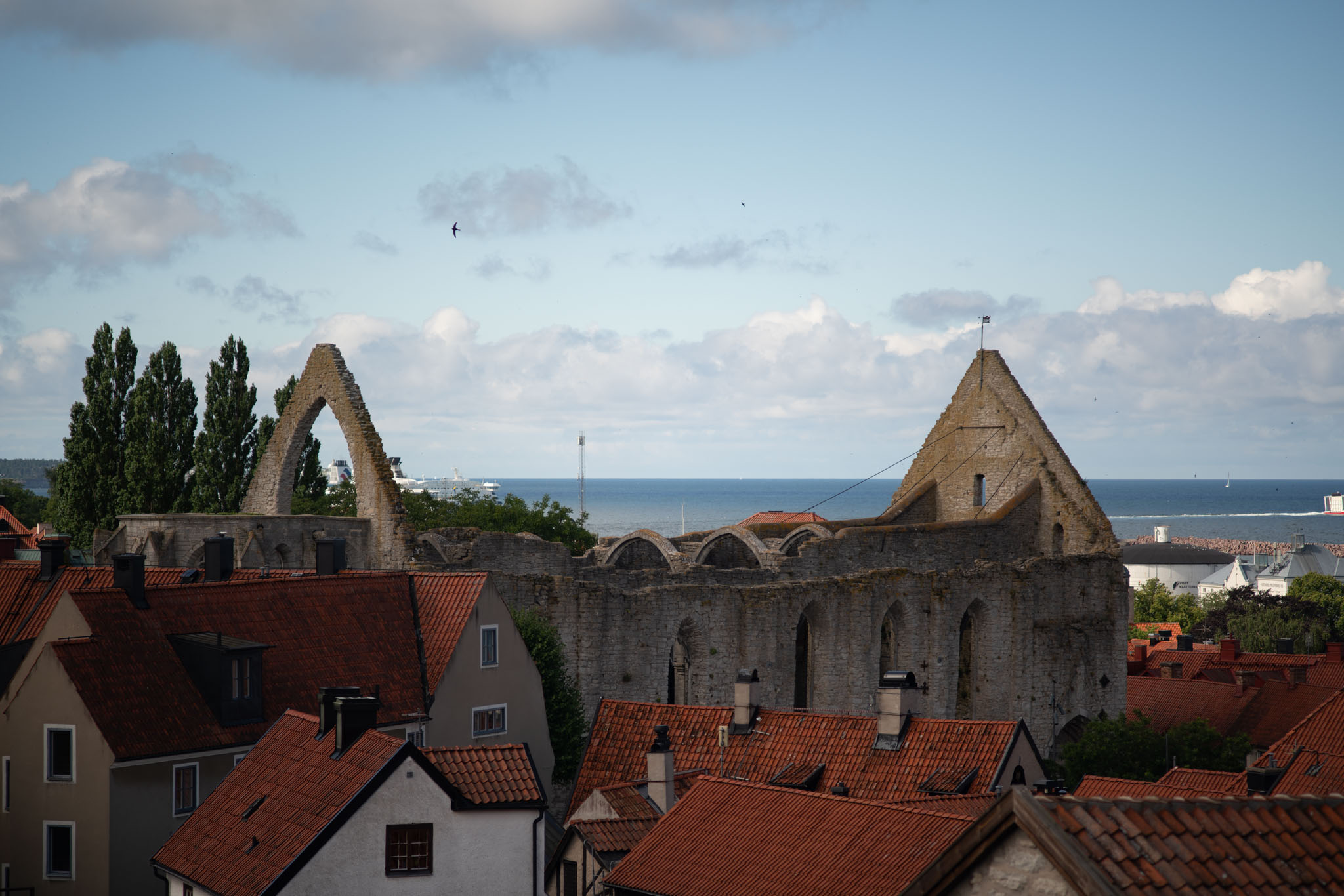
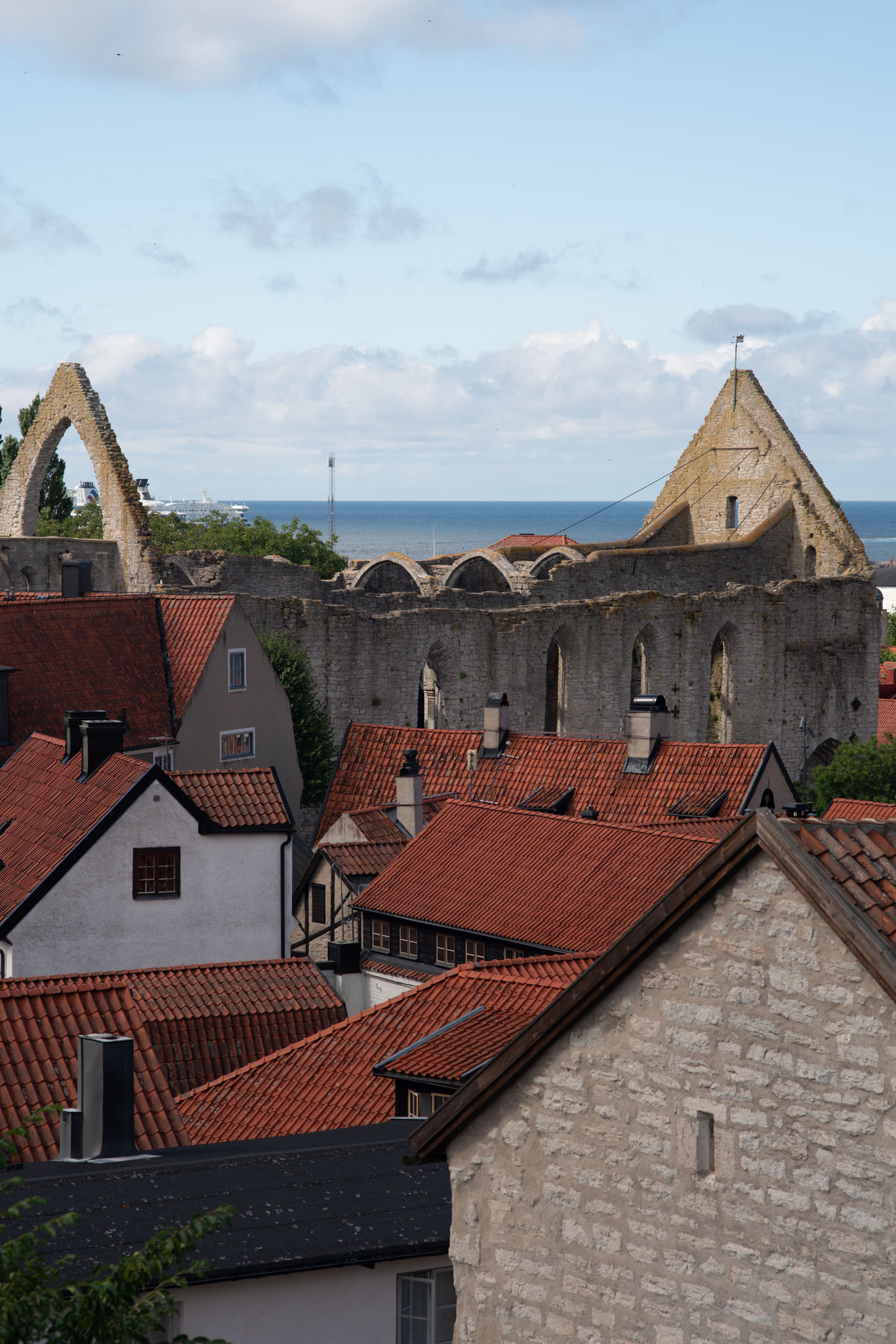
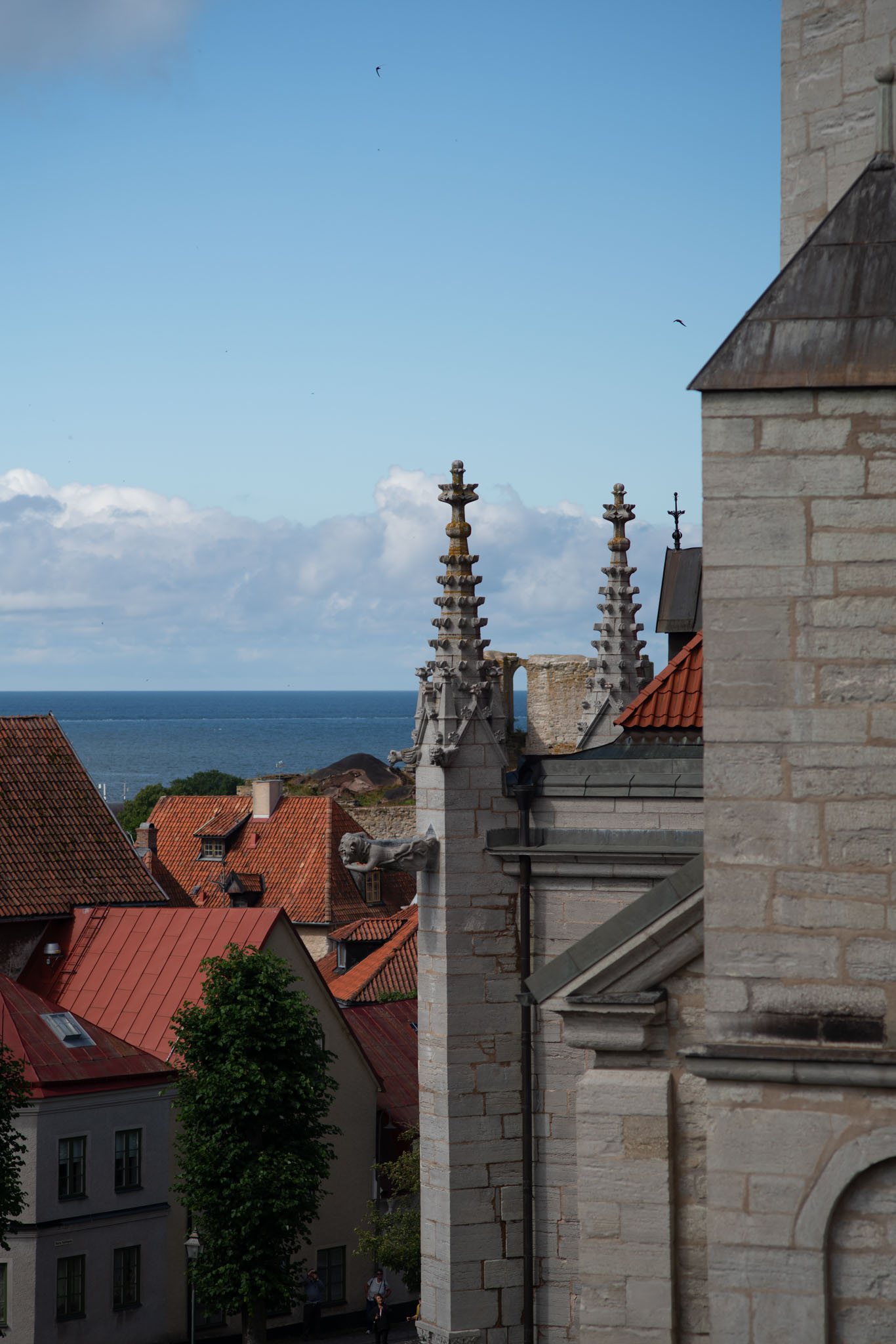


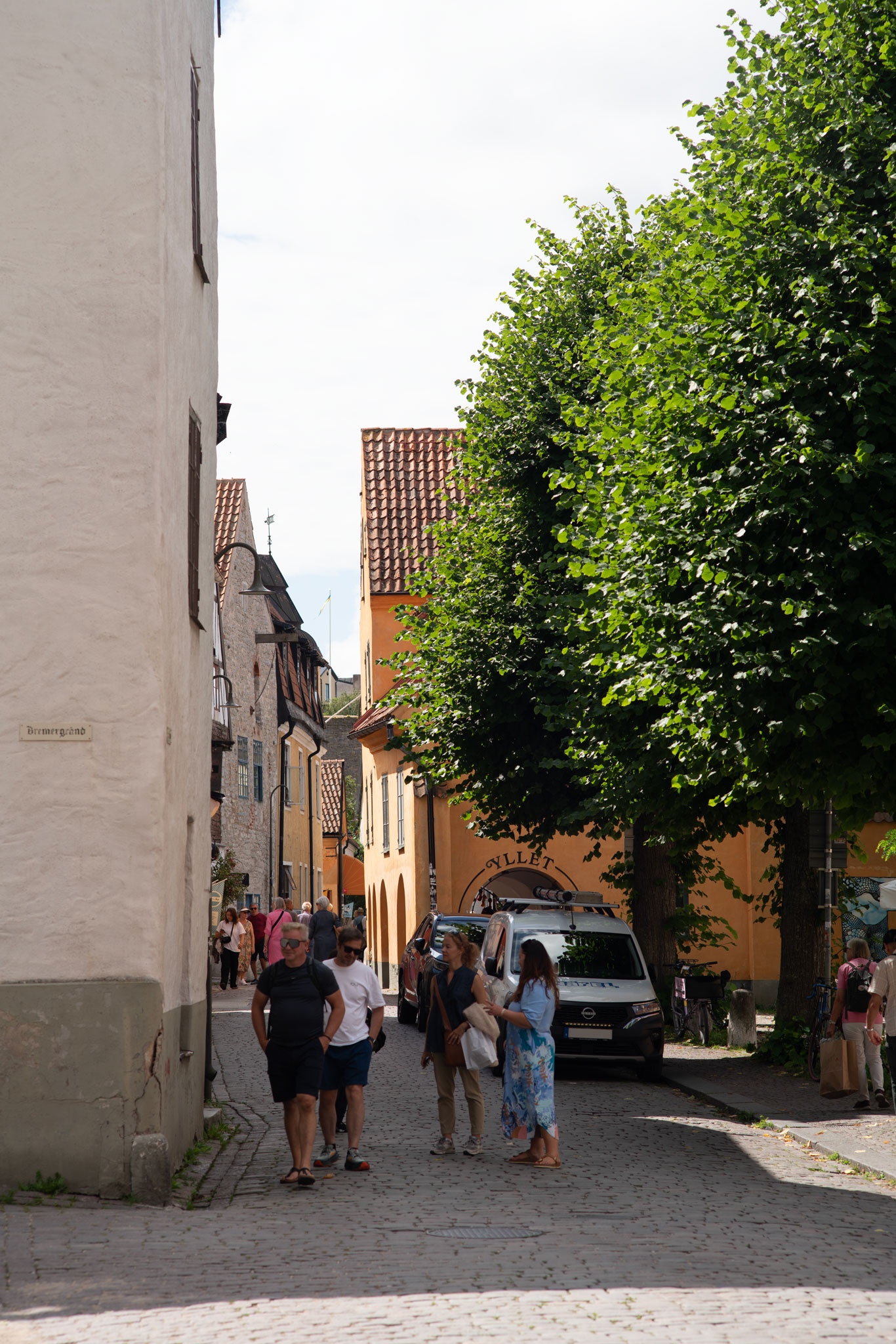

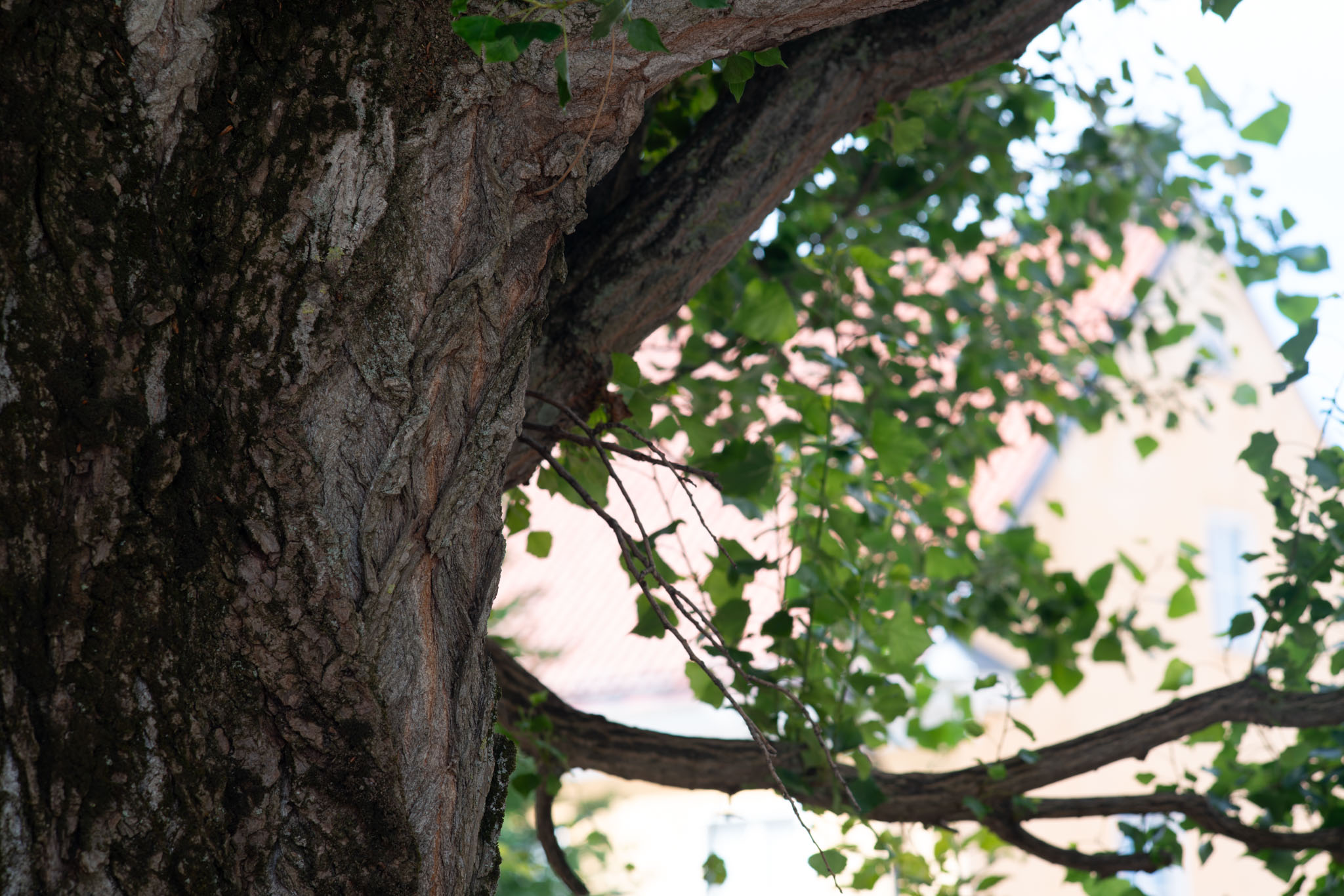
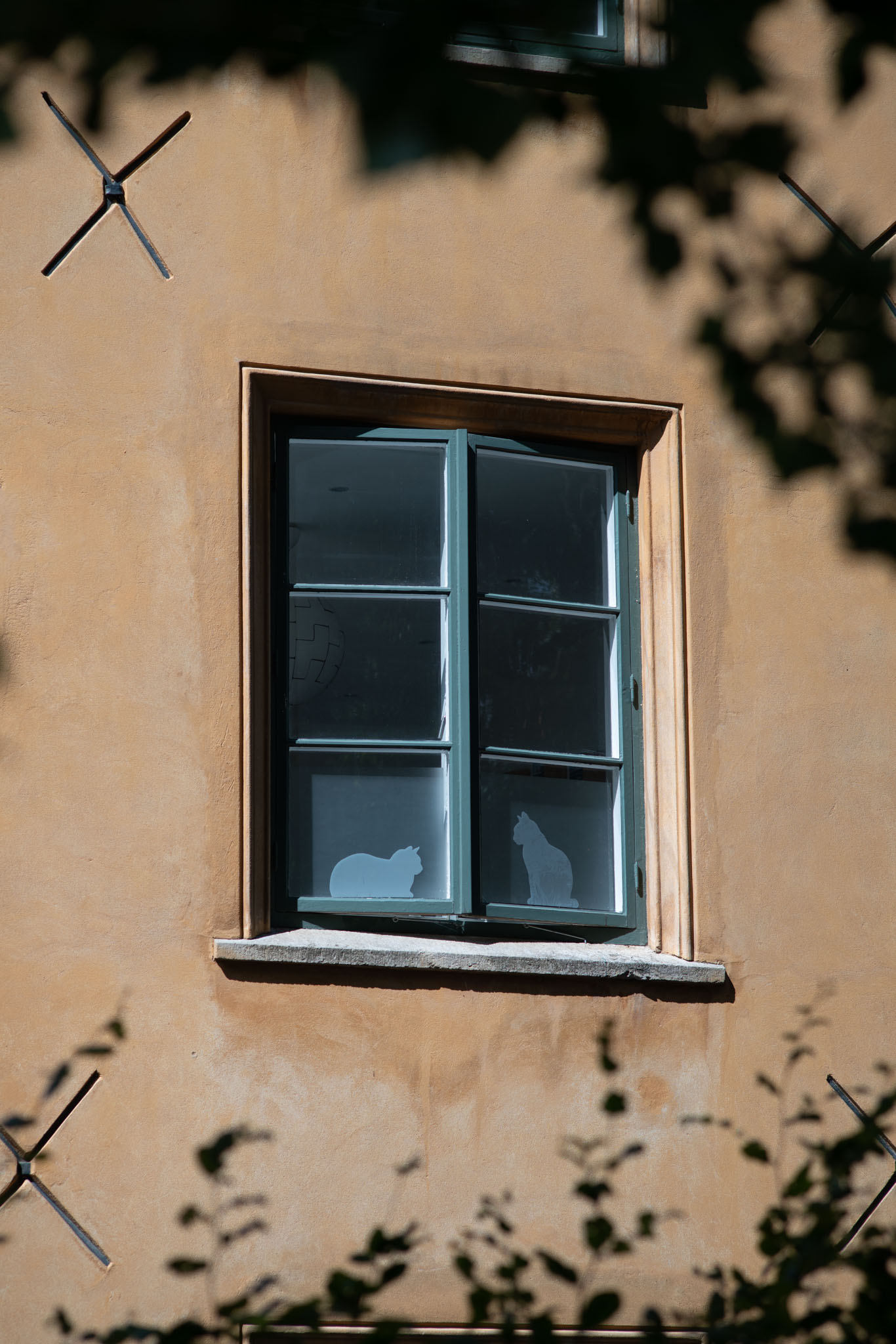
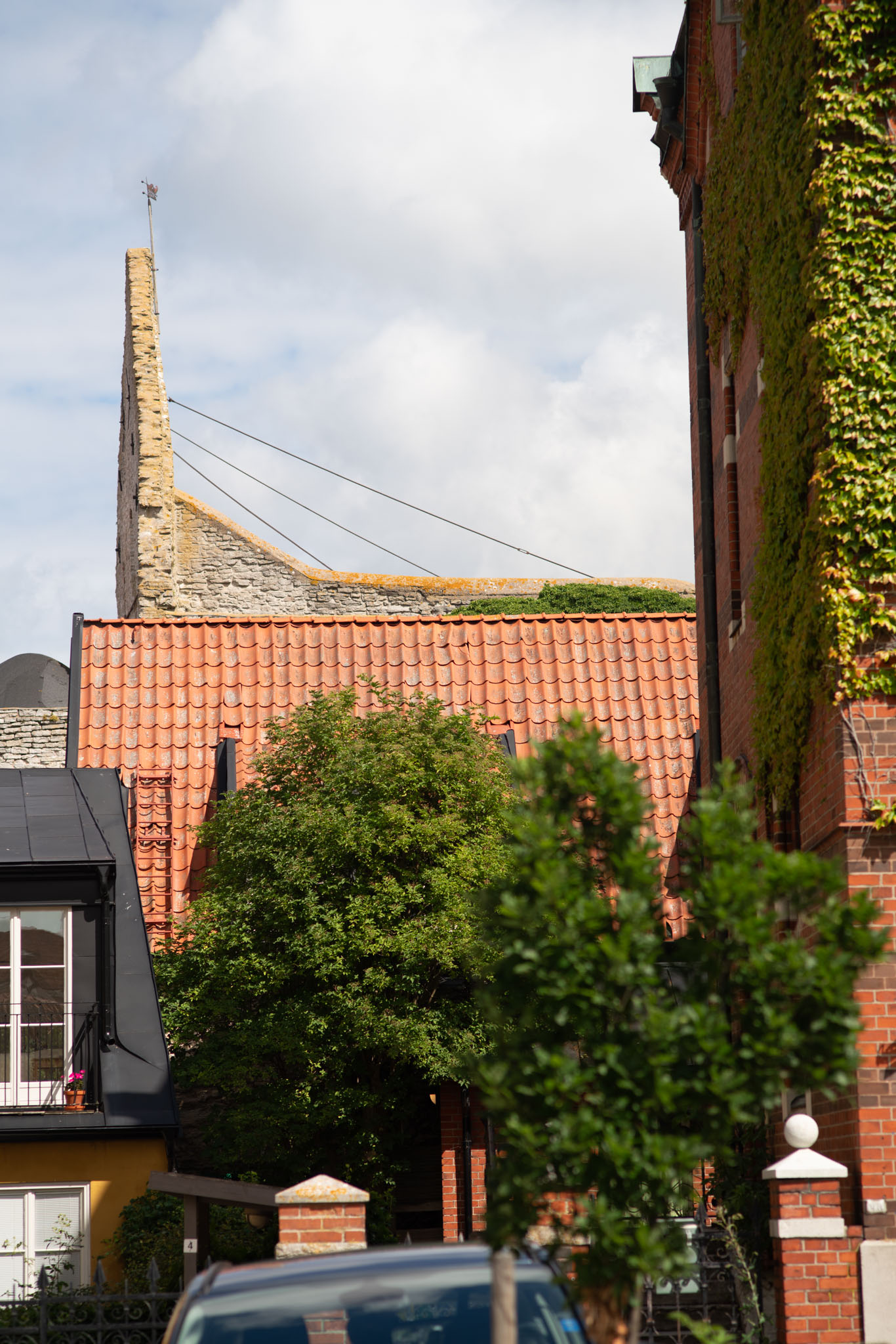
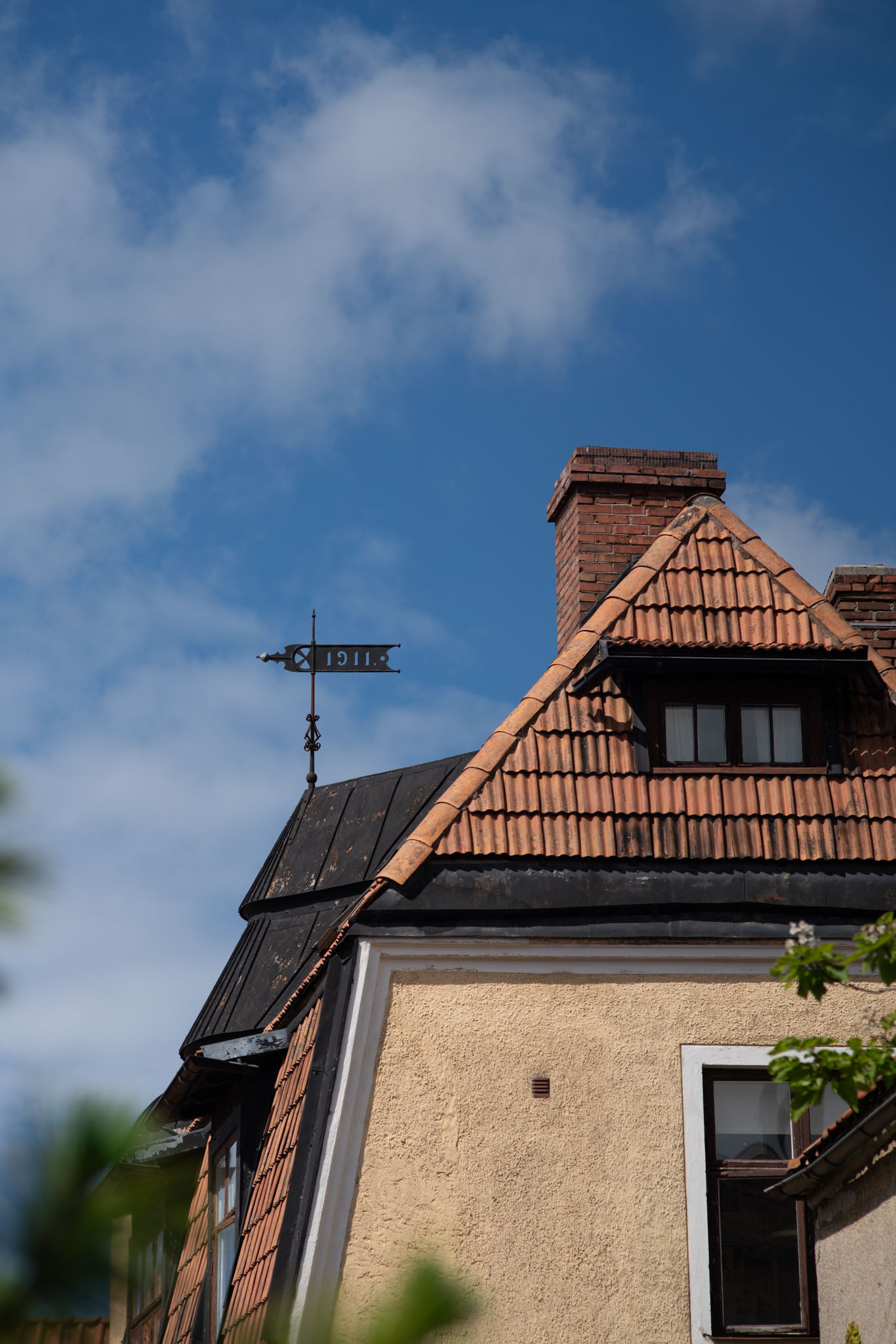
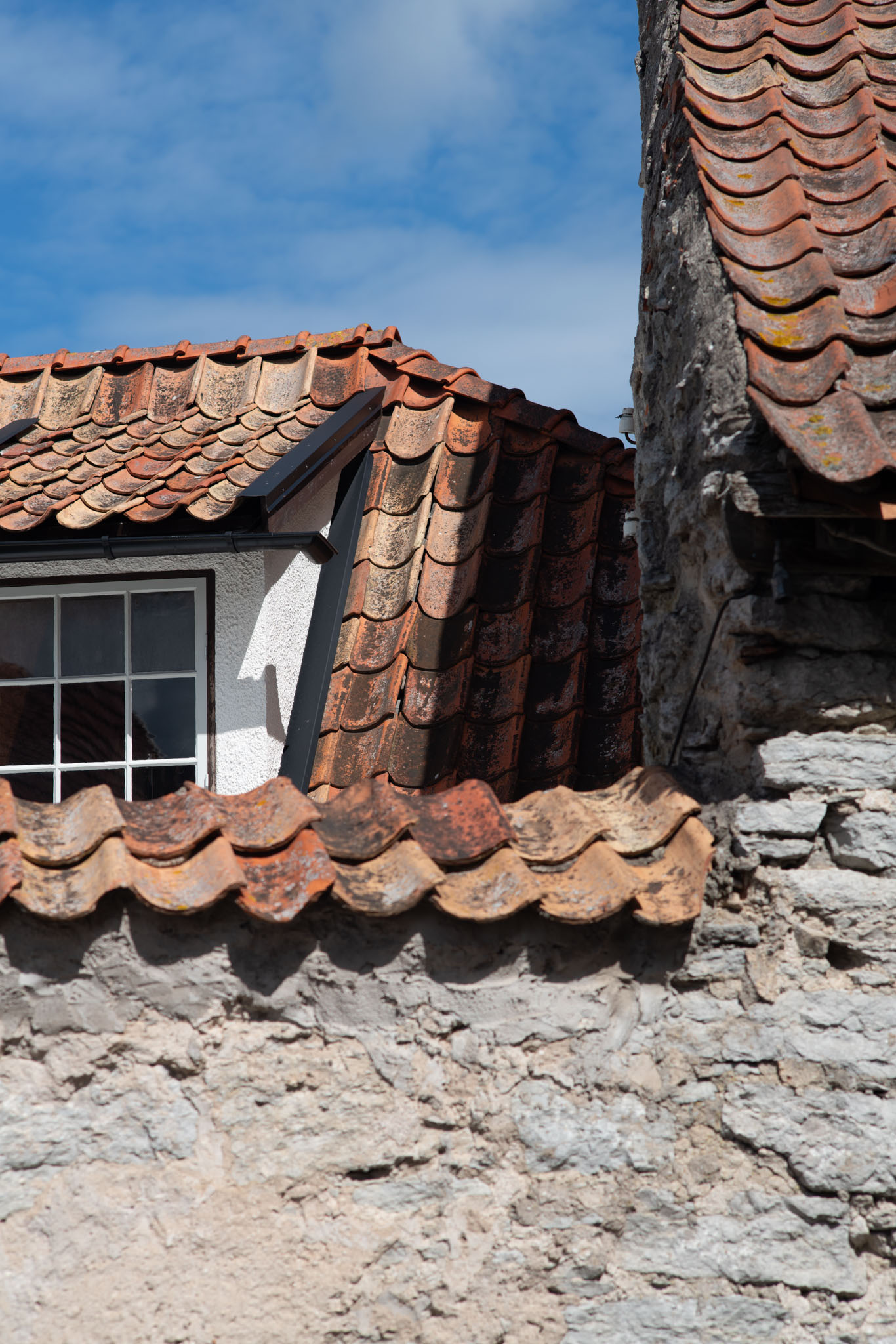
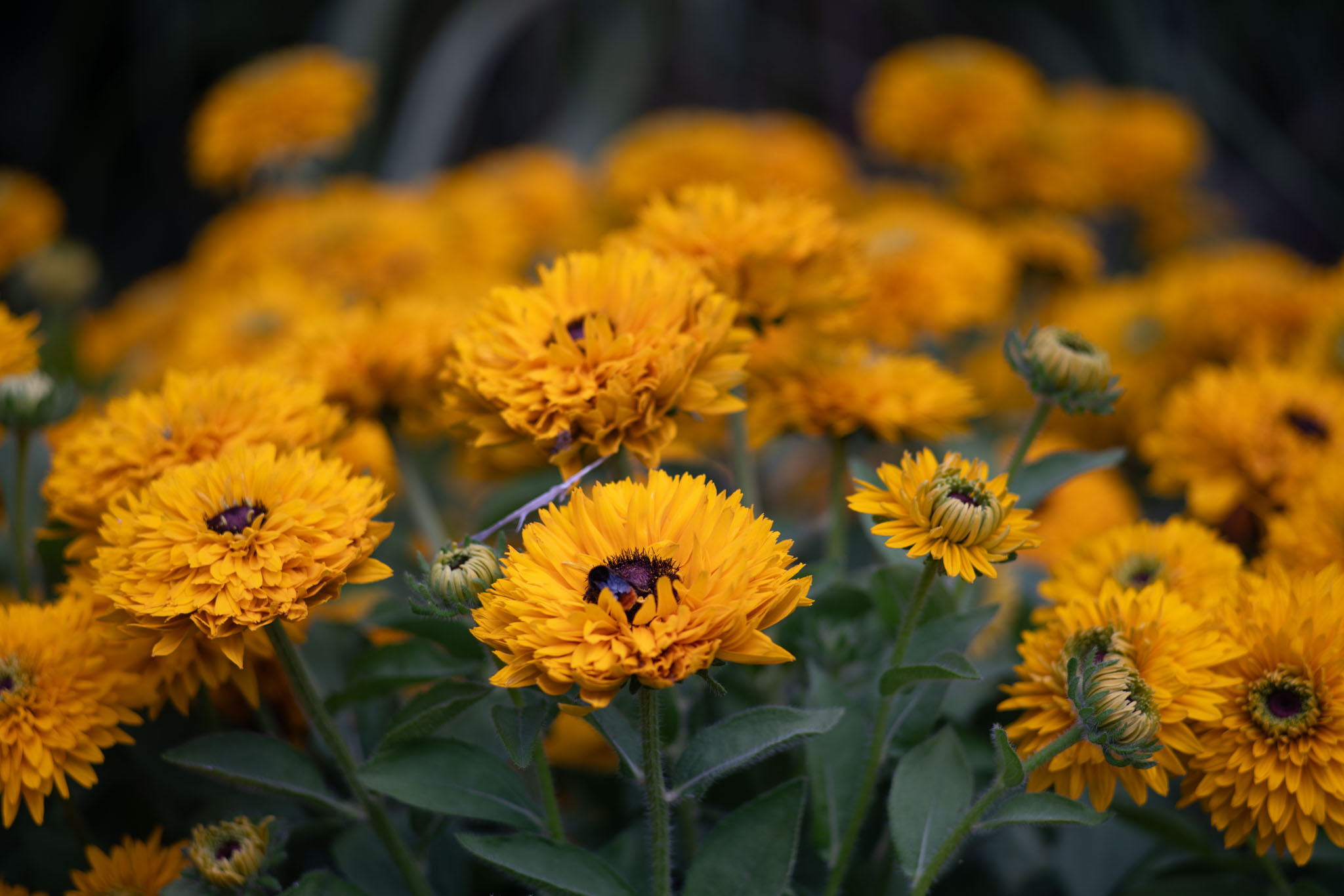
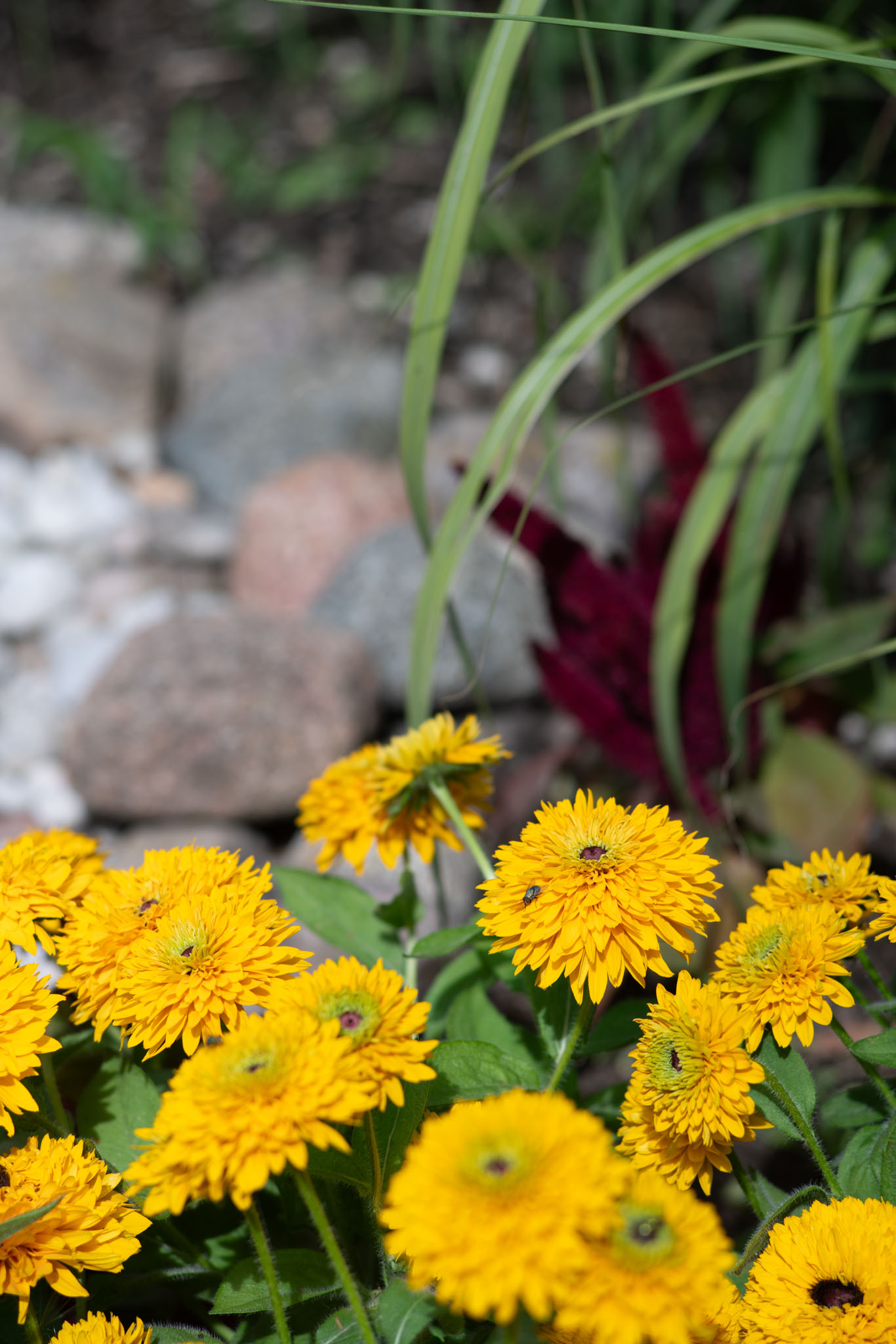
Nikon E 100/2.8 @ f/4, 1/1000 s
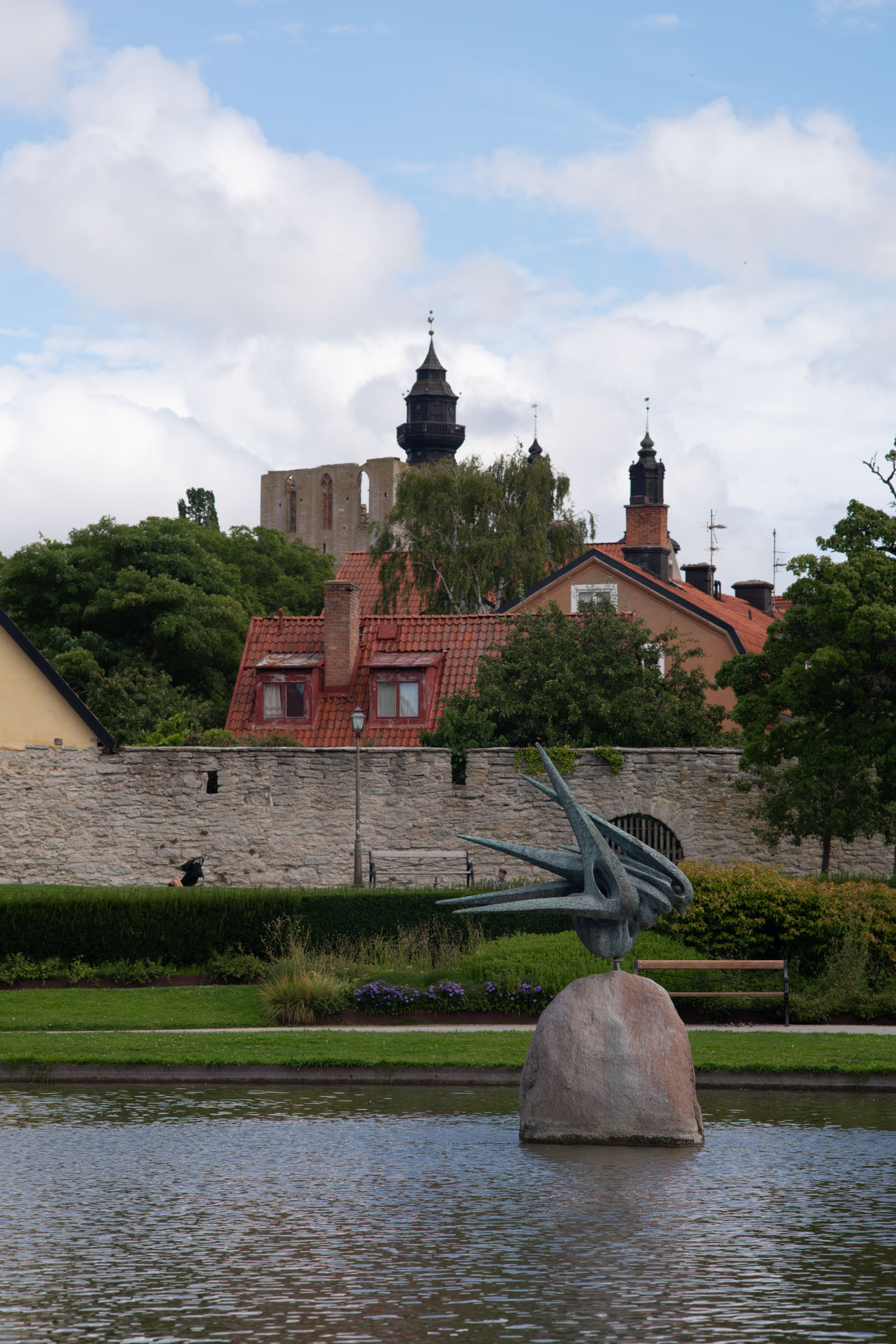
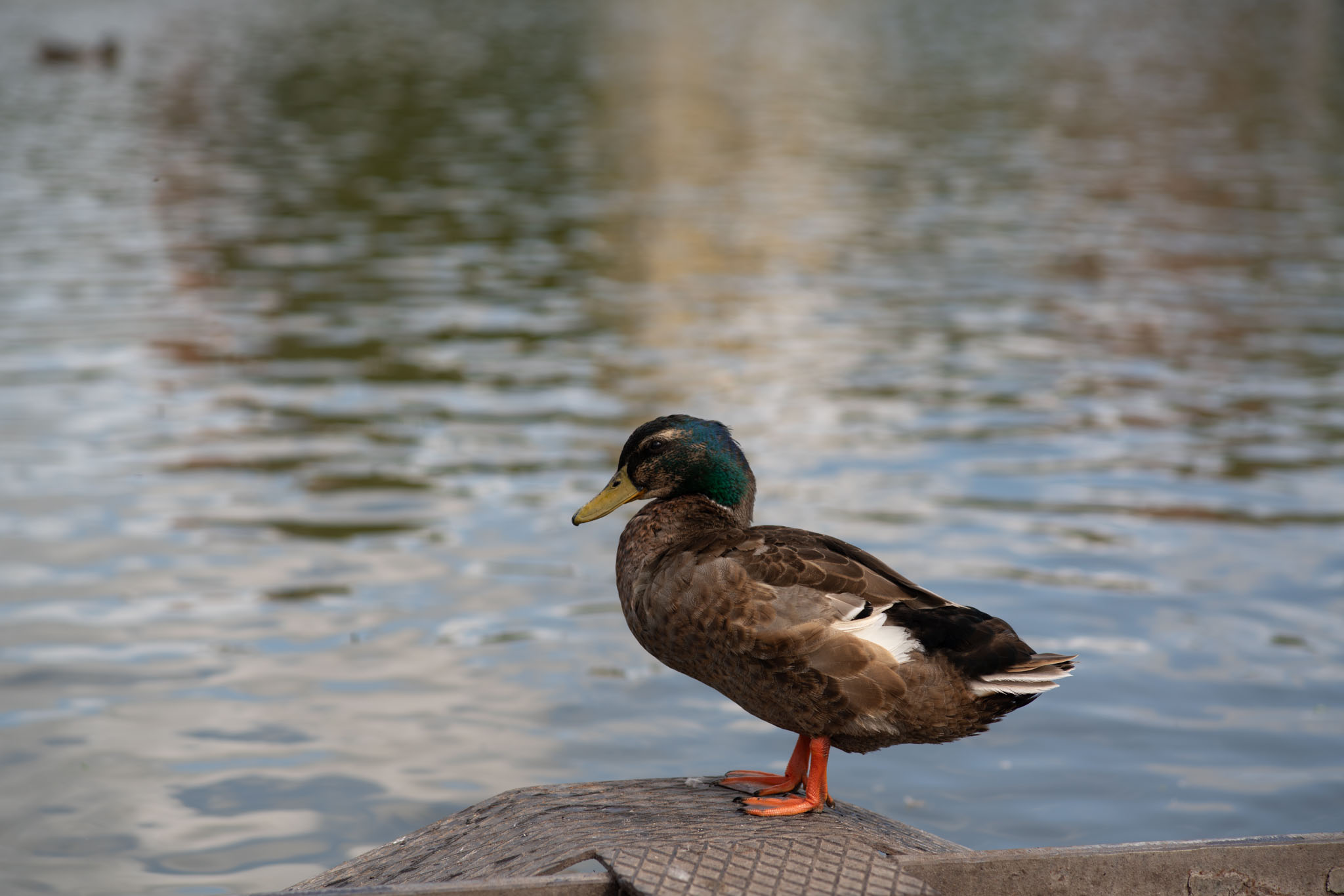
Nikon E 100/2.8 @ f/4, 1/1000 s
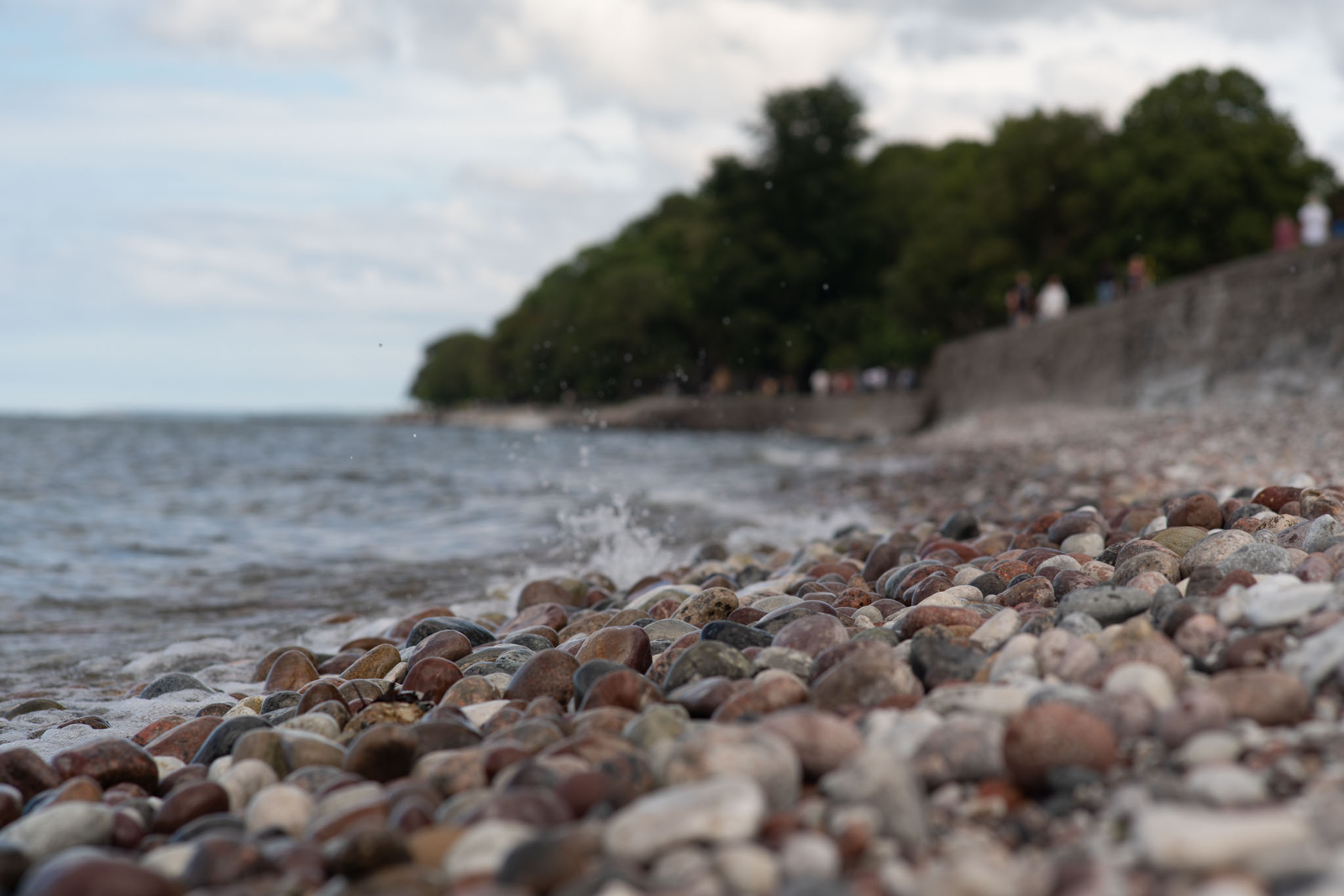
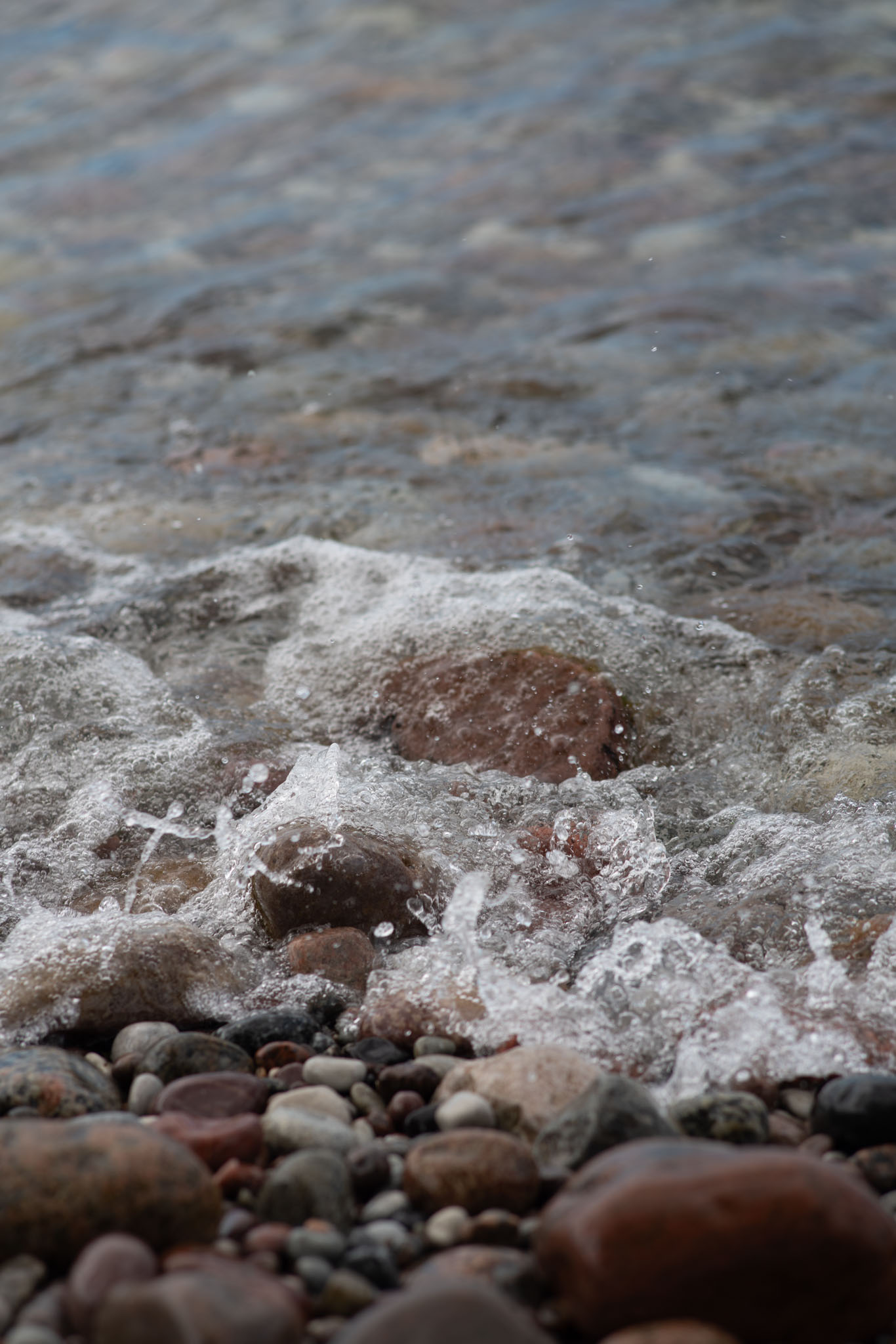
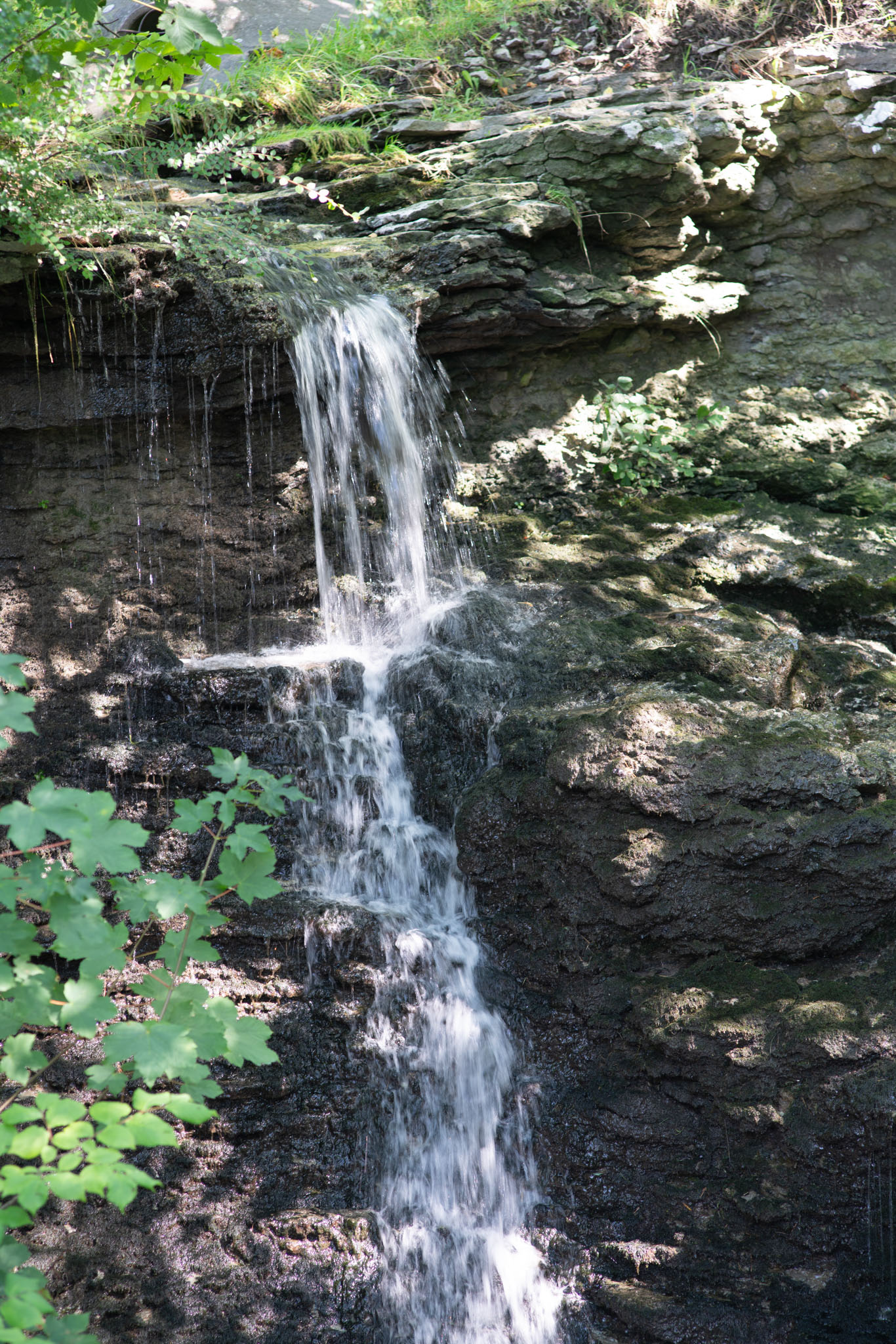
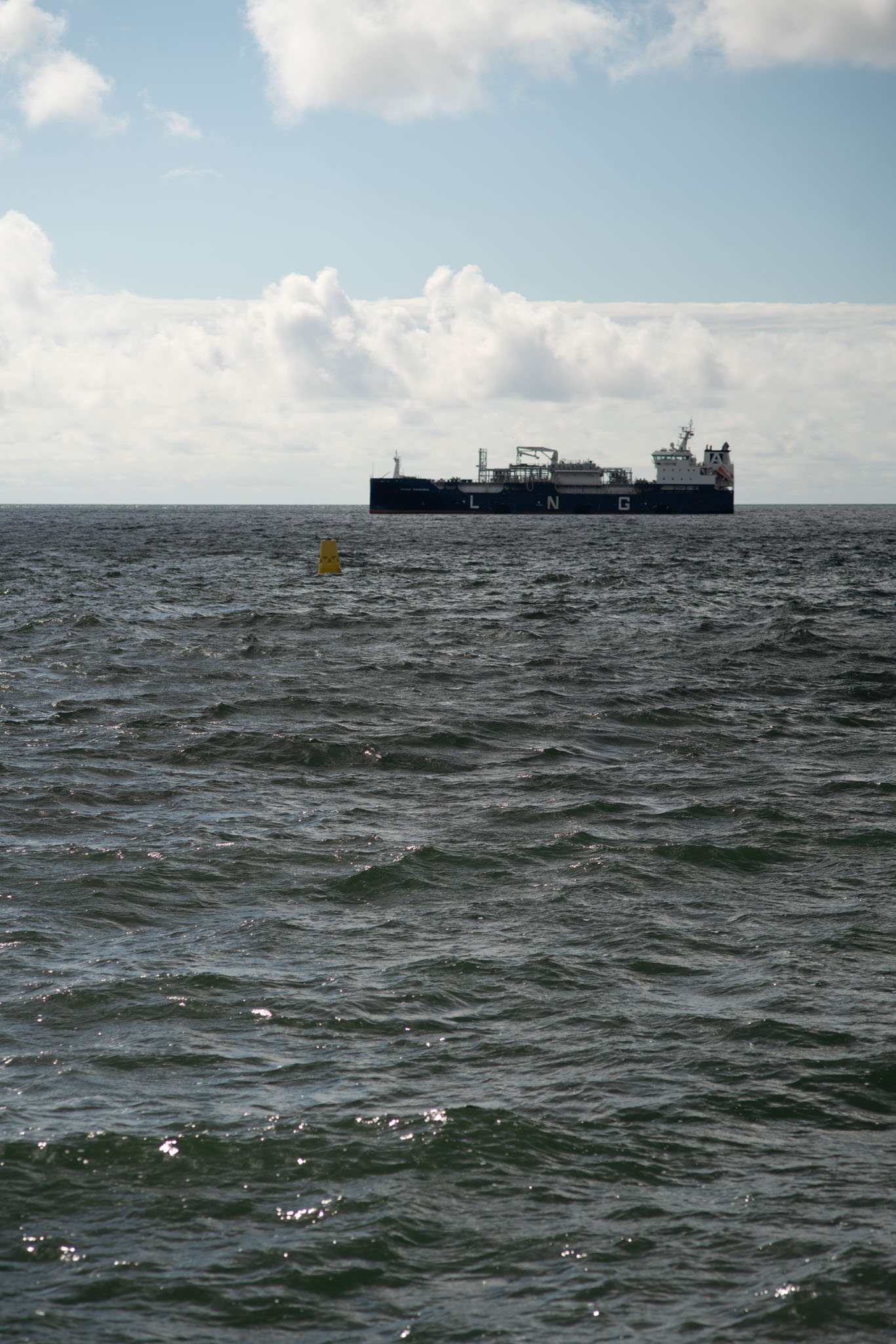
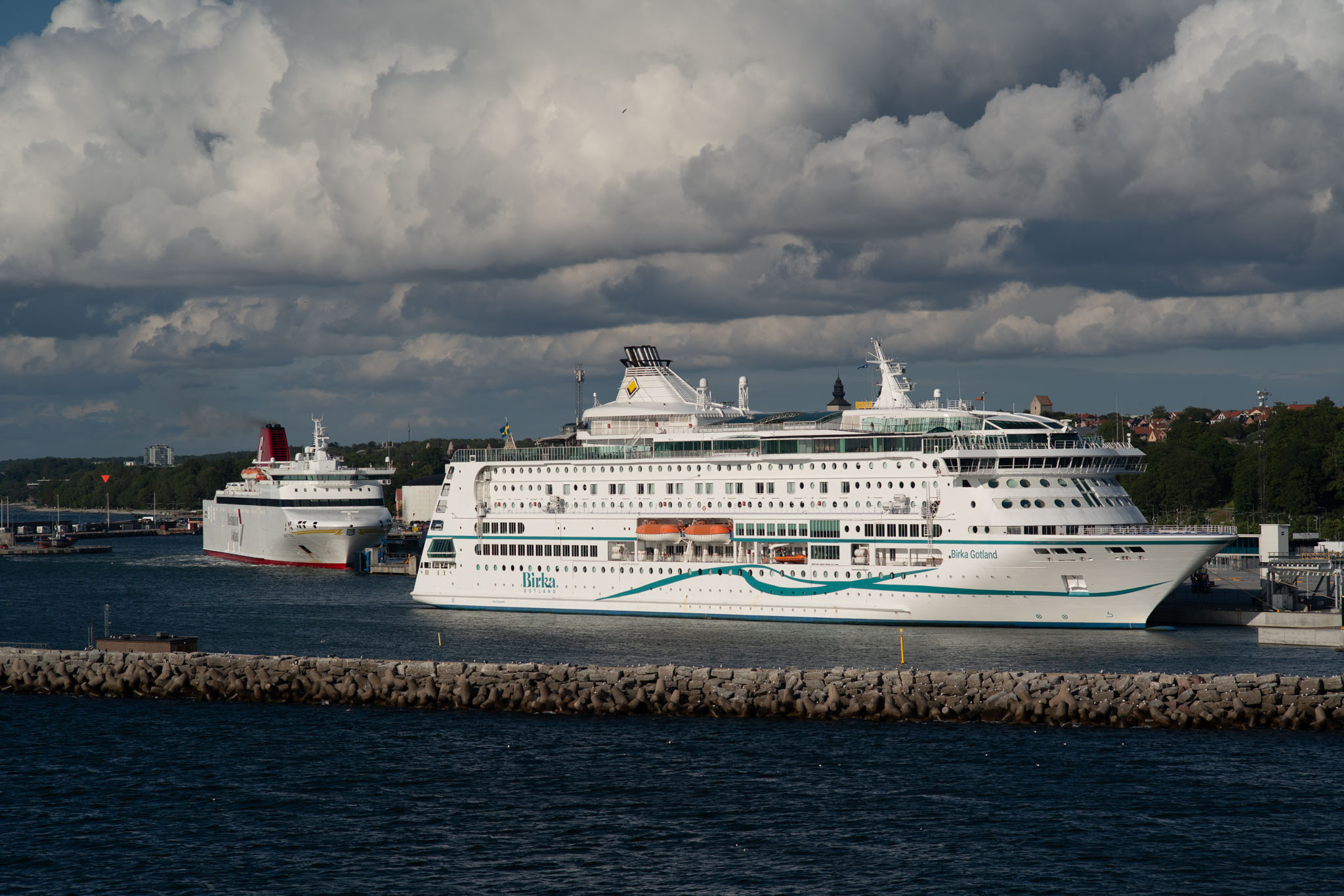

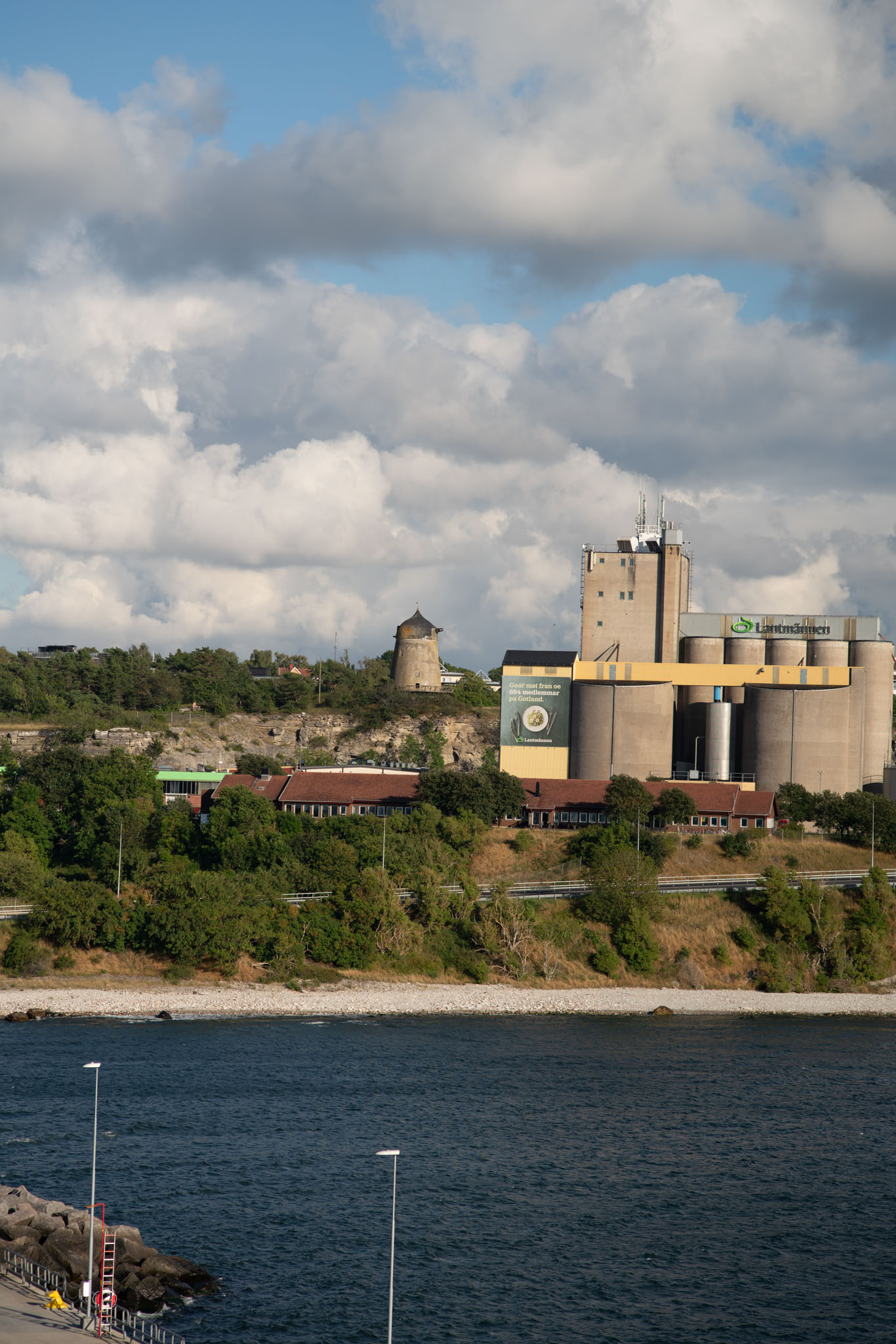
Nikon E 100/2.8 @ f/4, 1/2000 s
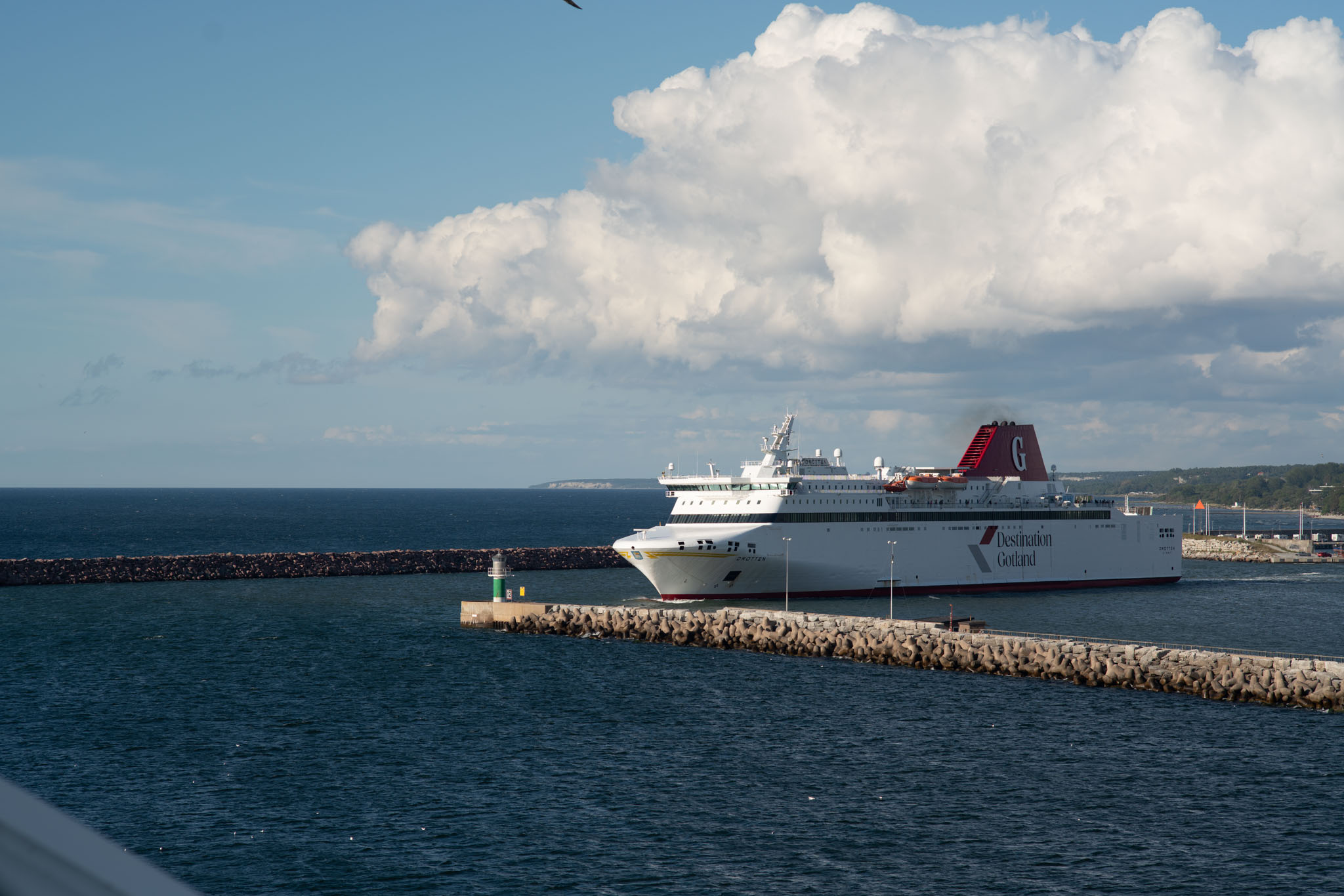
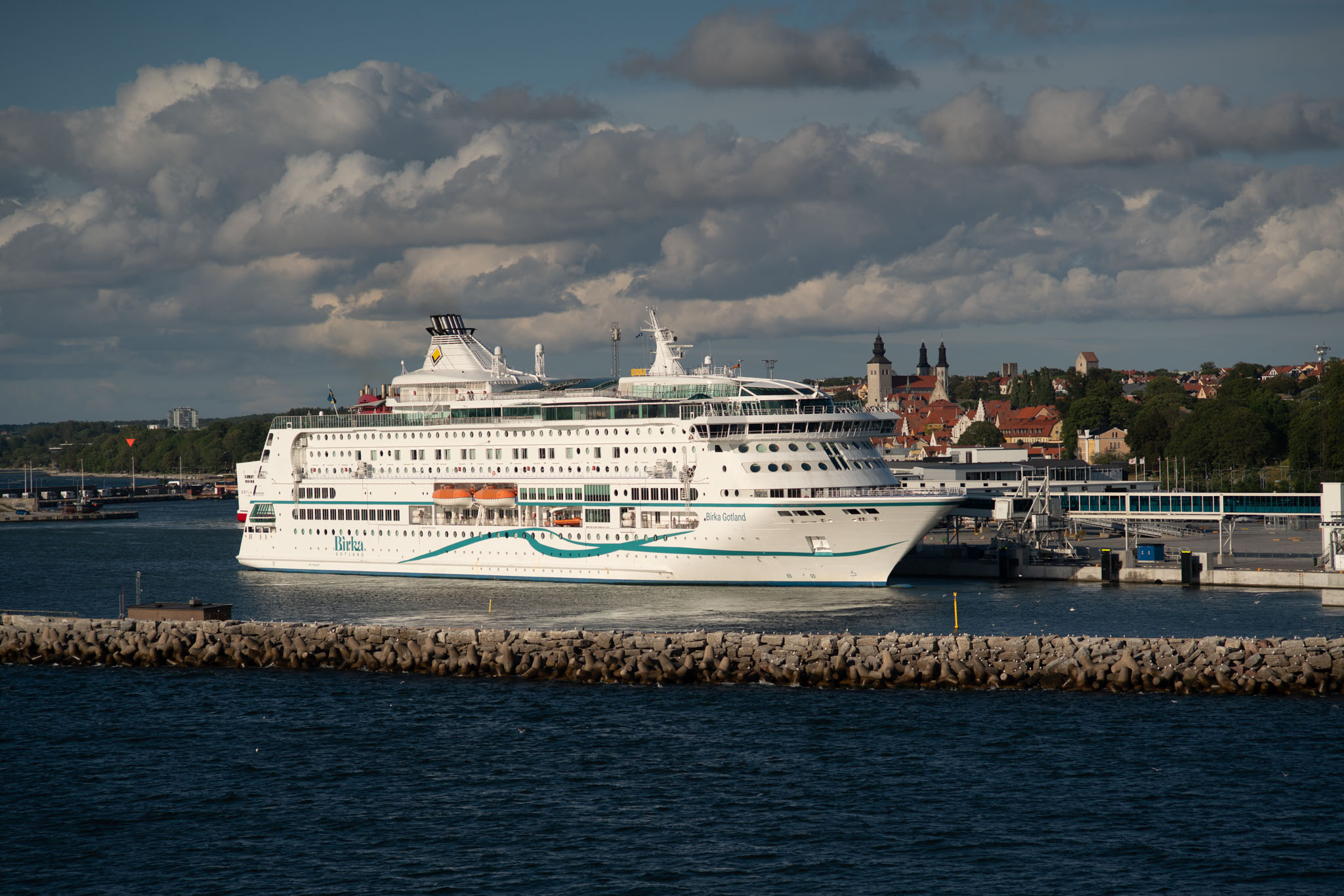
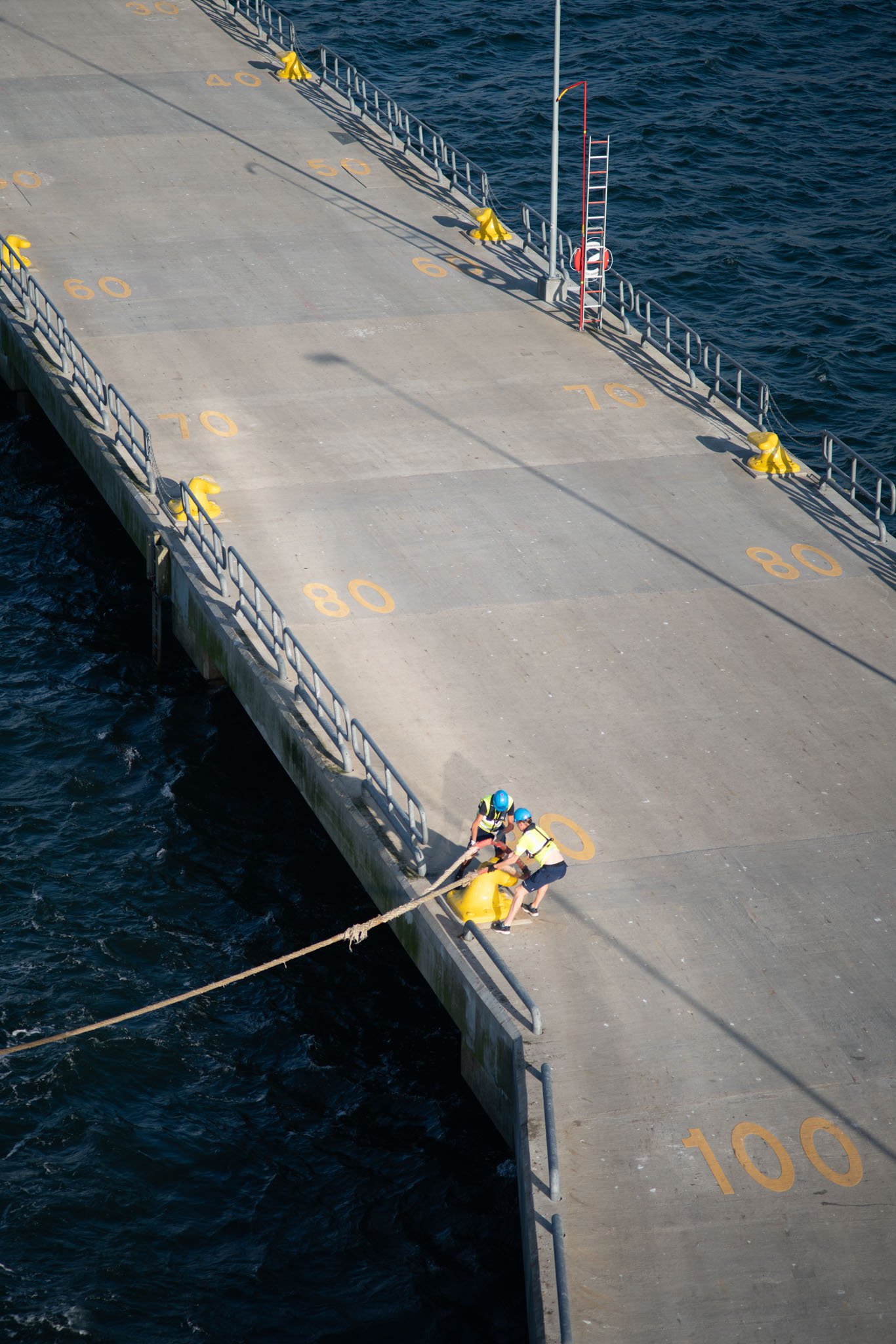
Nikon E 100/2.8 @ f/2.8, 1/1600 s

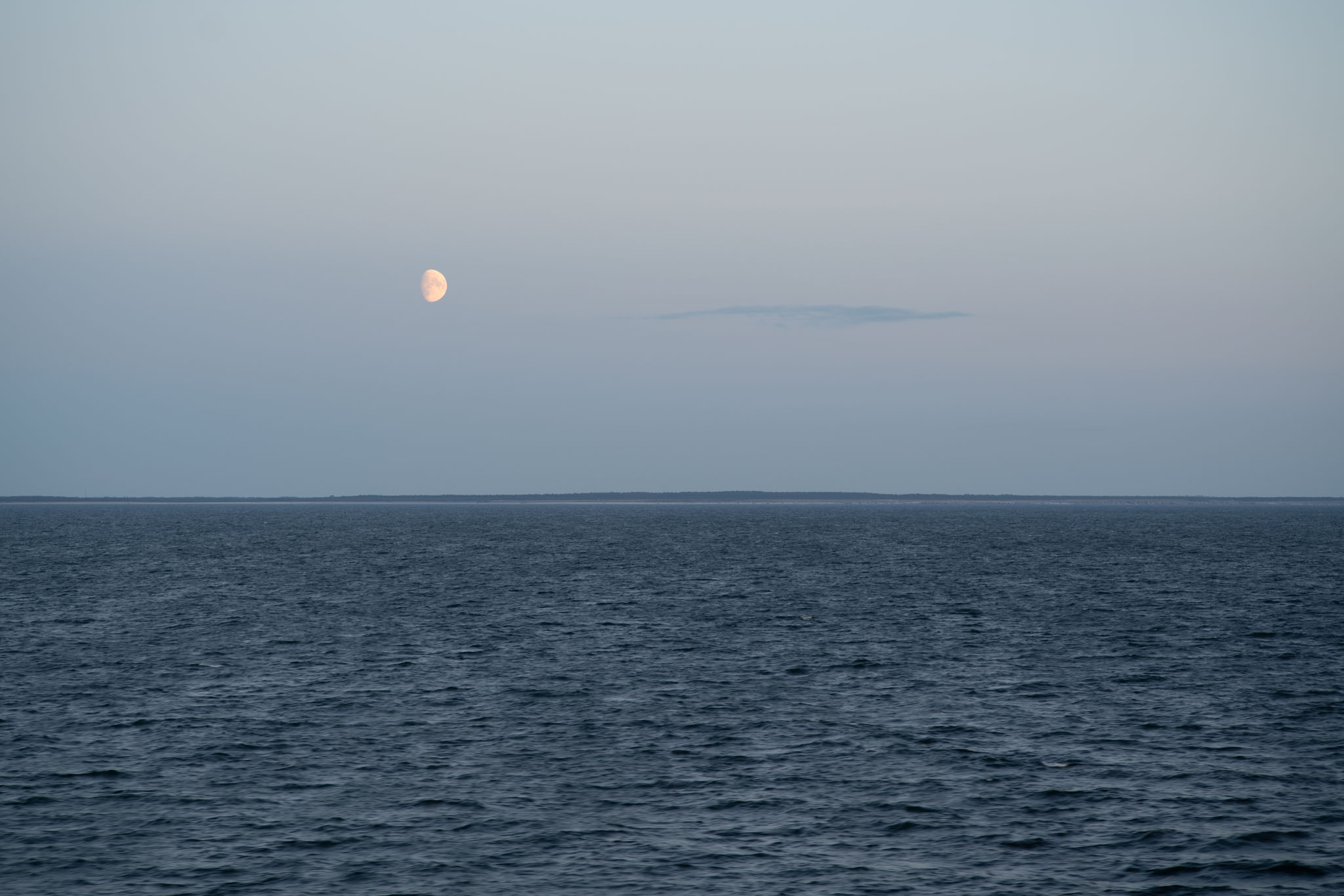
Nikon E 100/2.8 @ f/4, 1/50 s
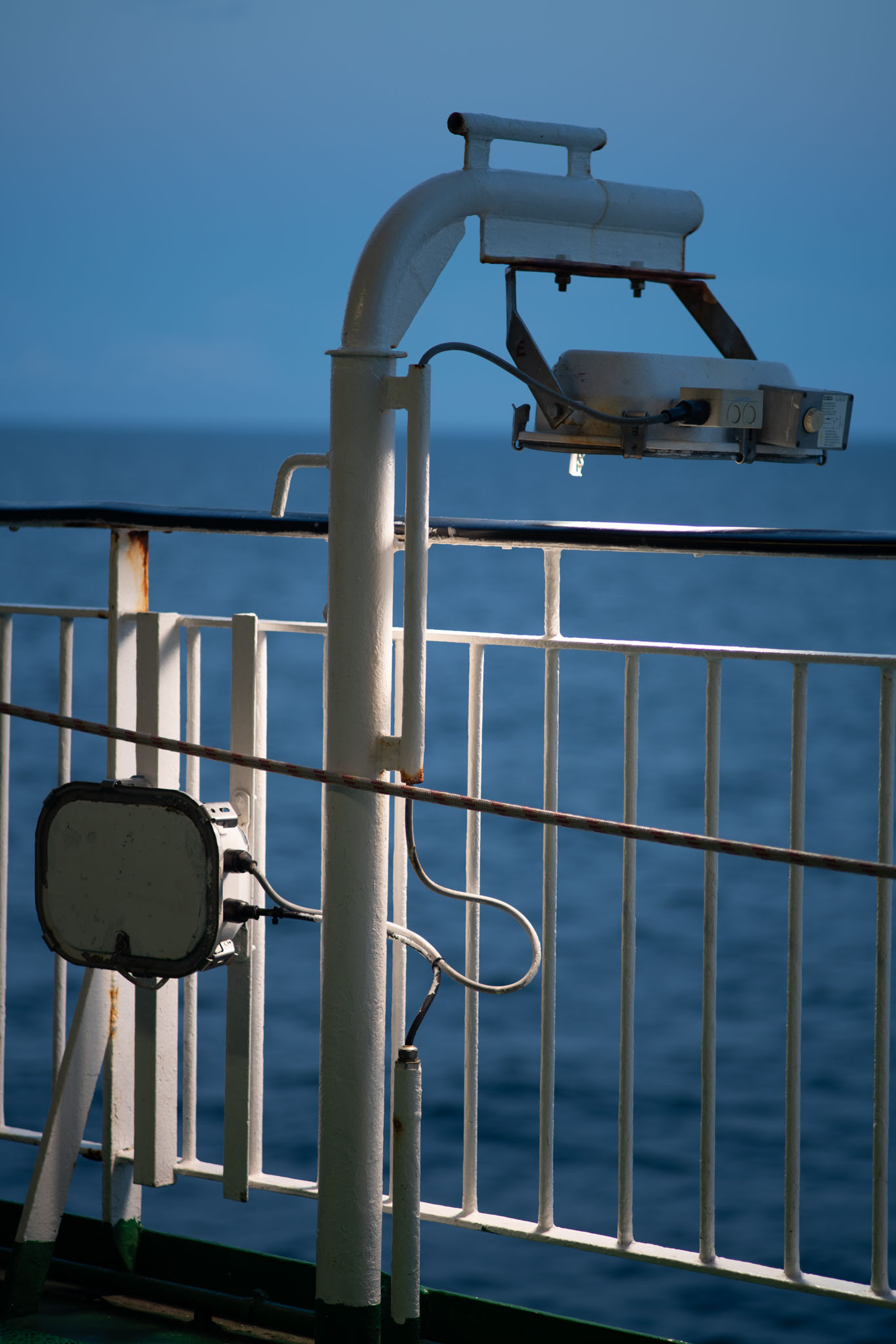
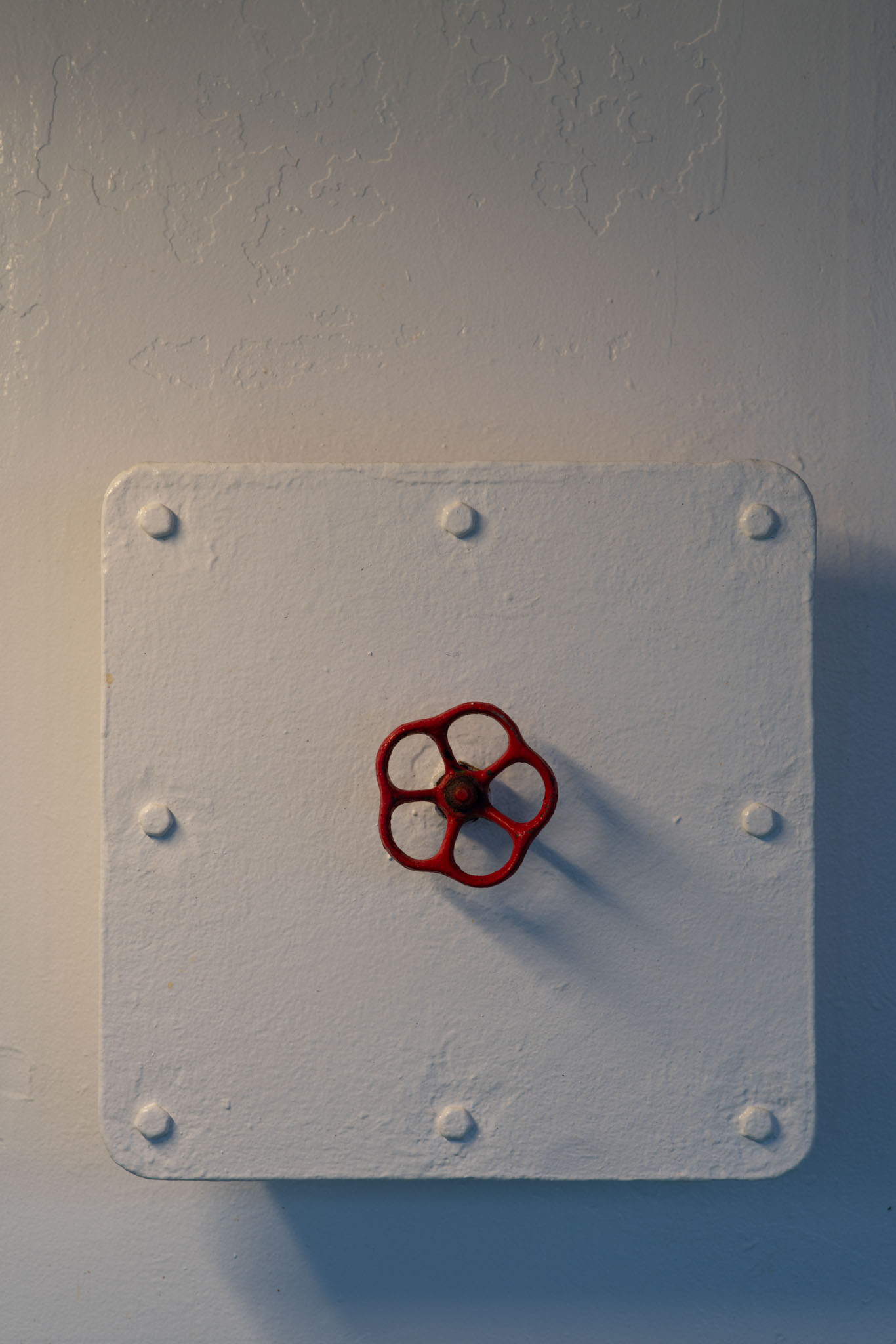
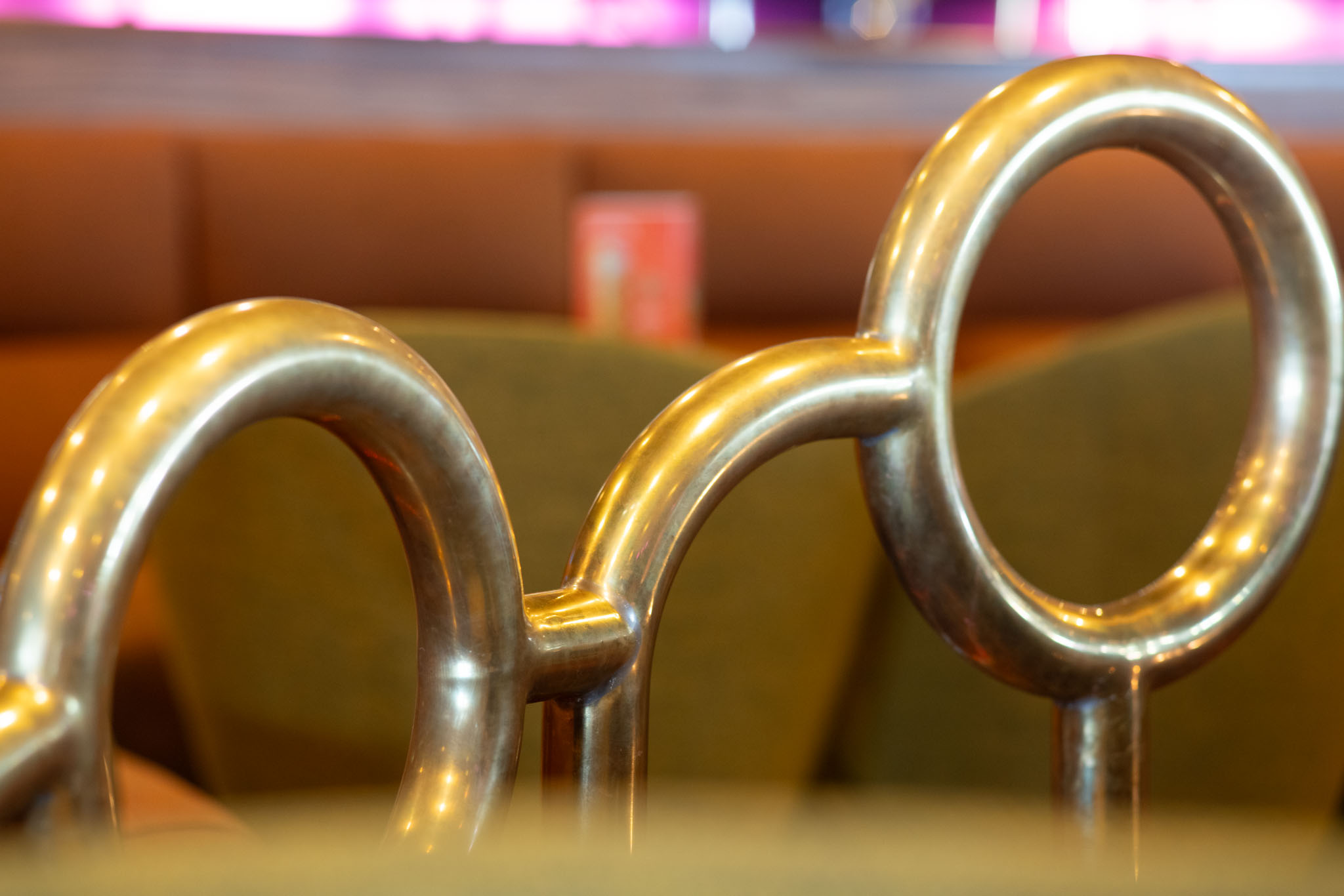
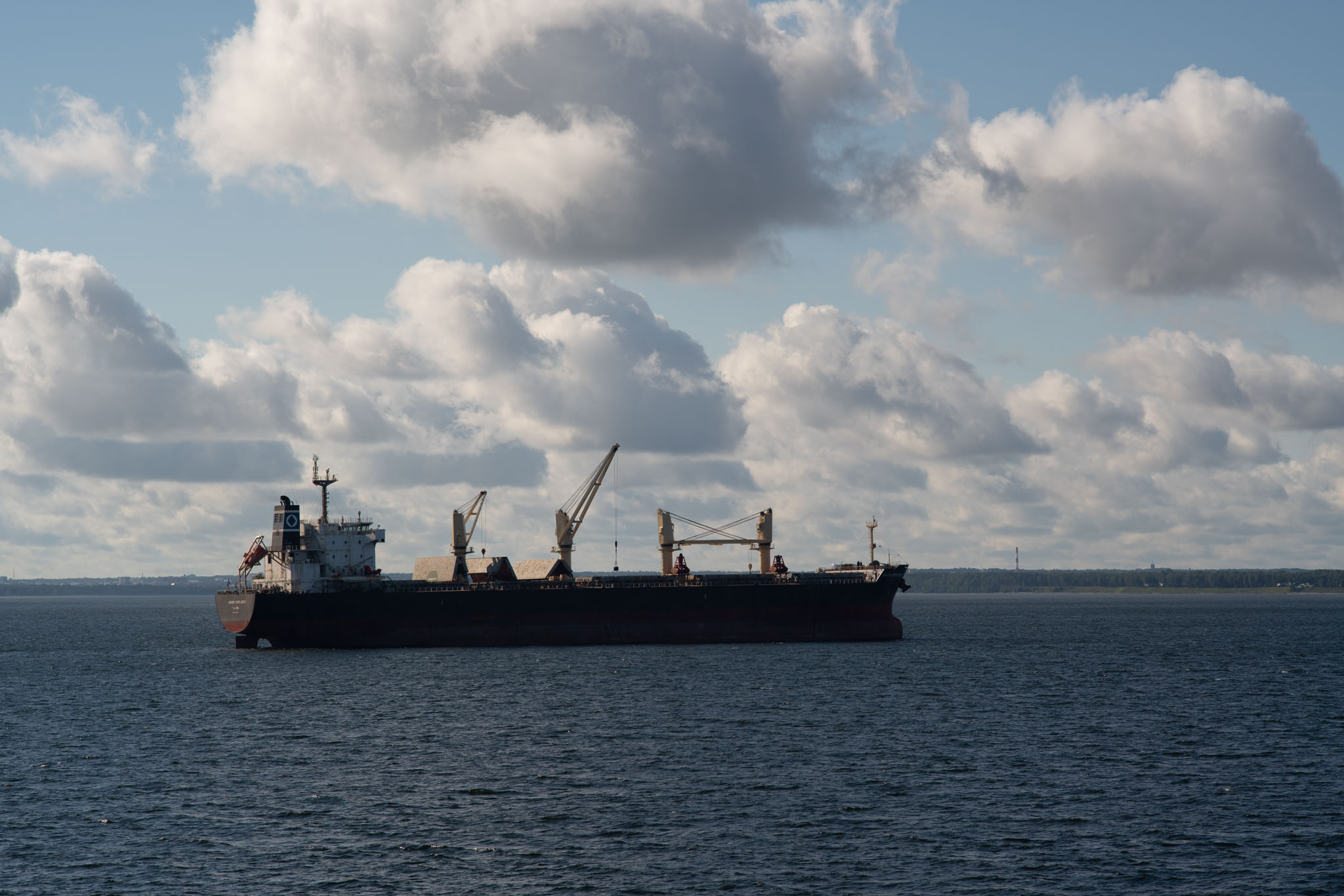
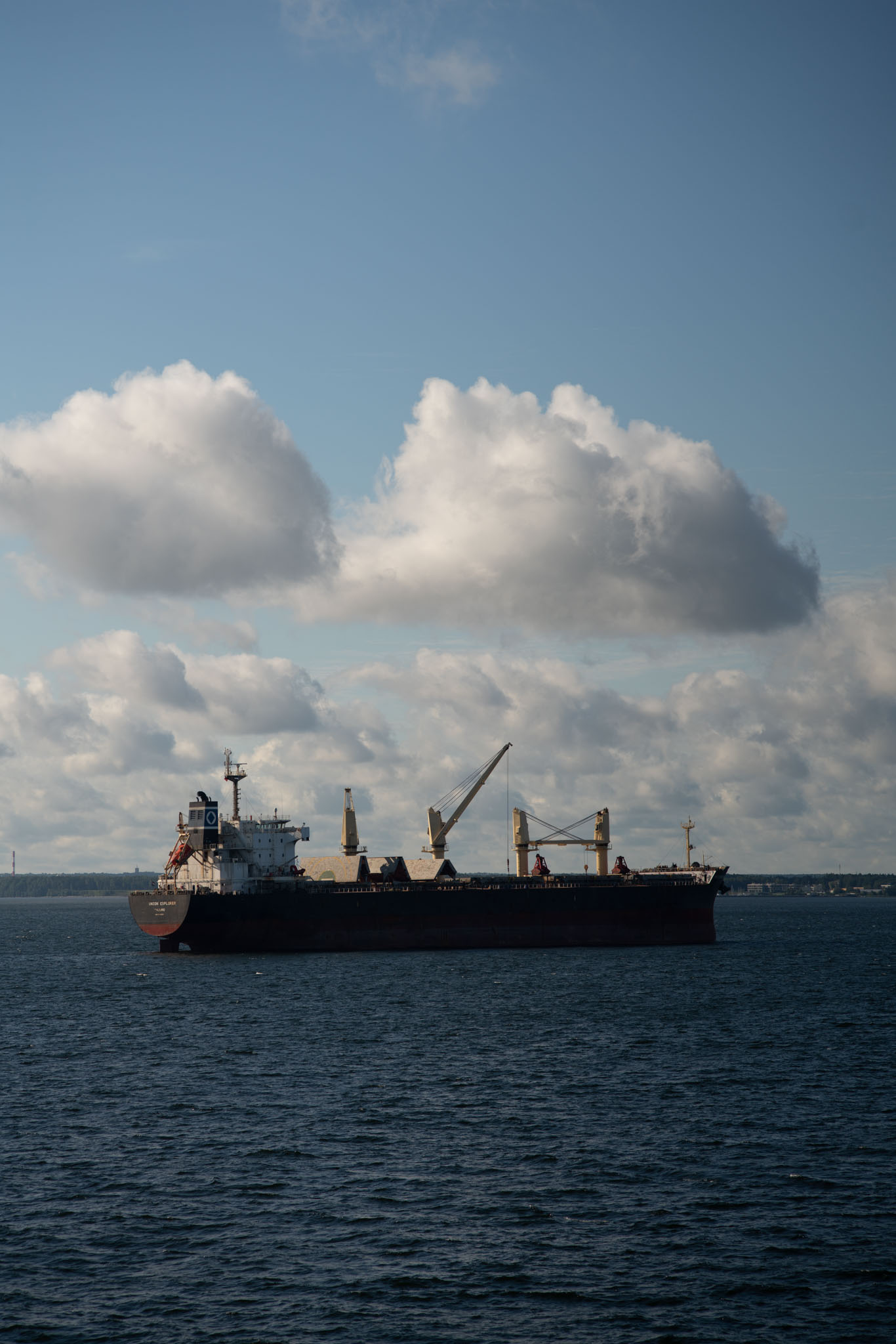
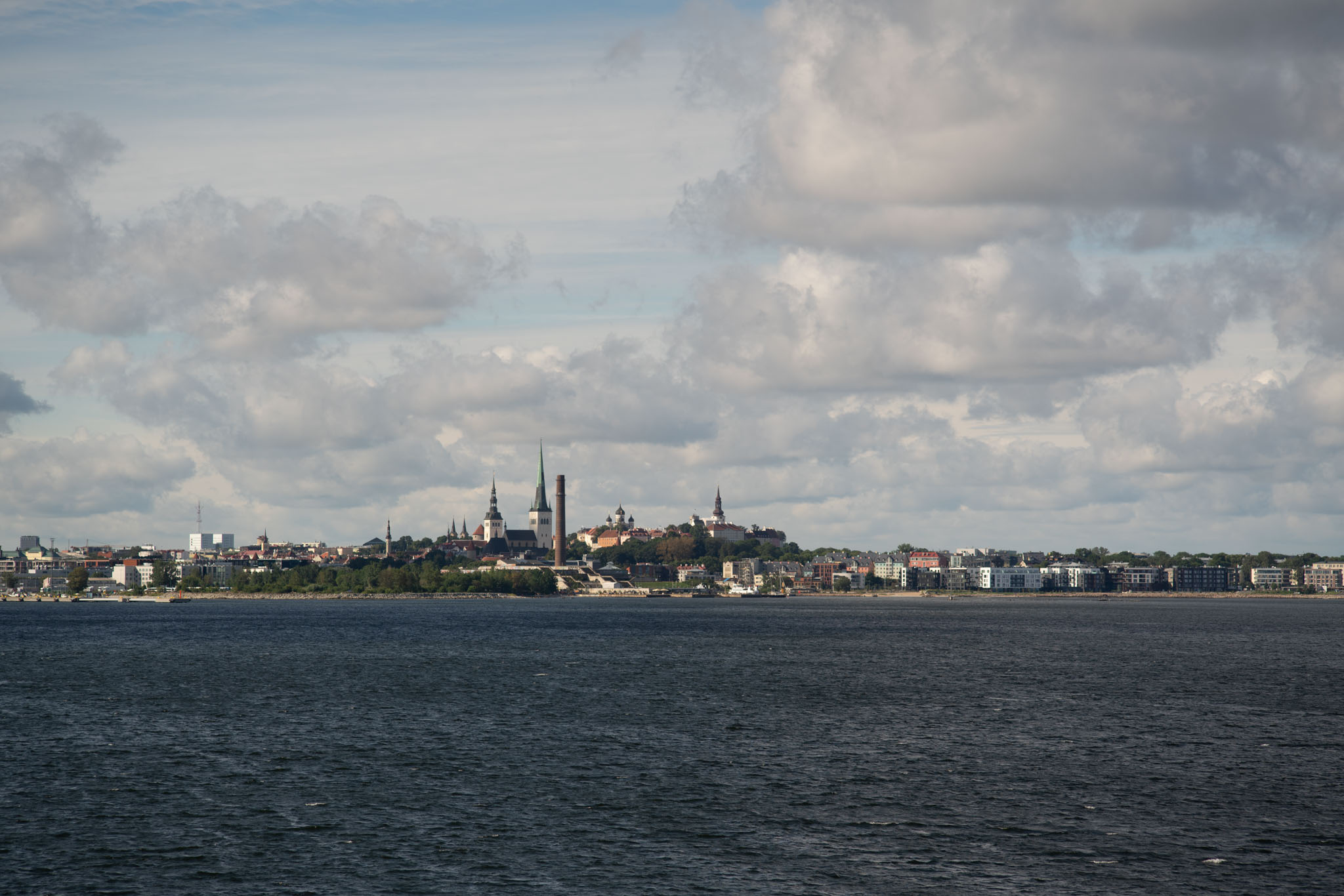
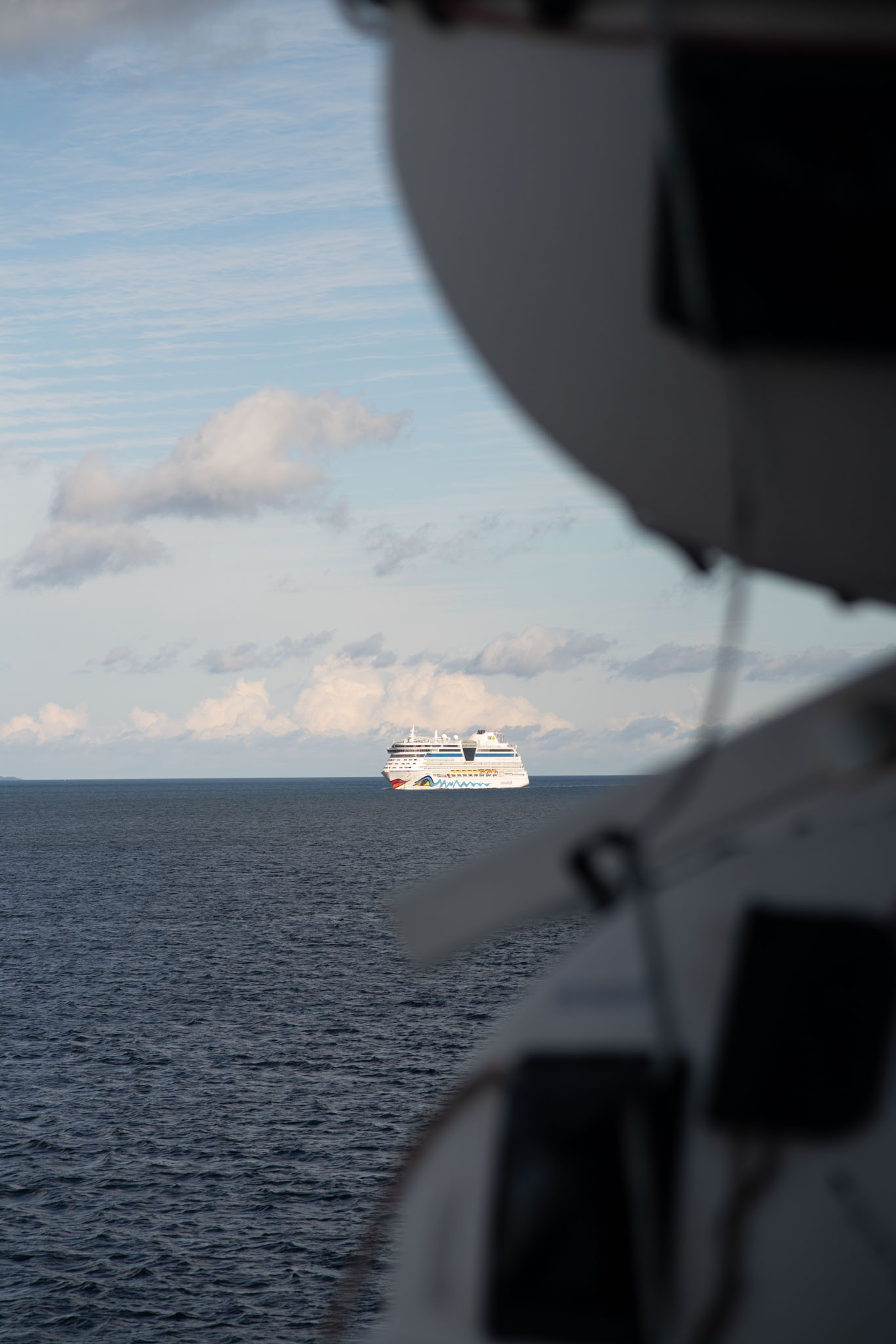
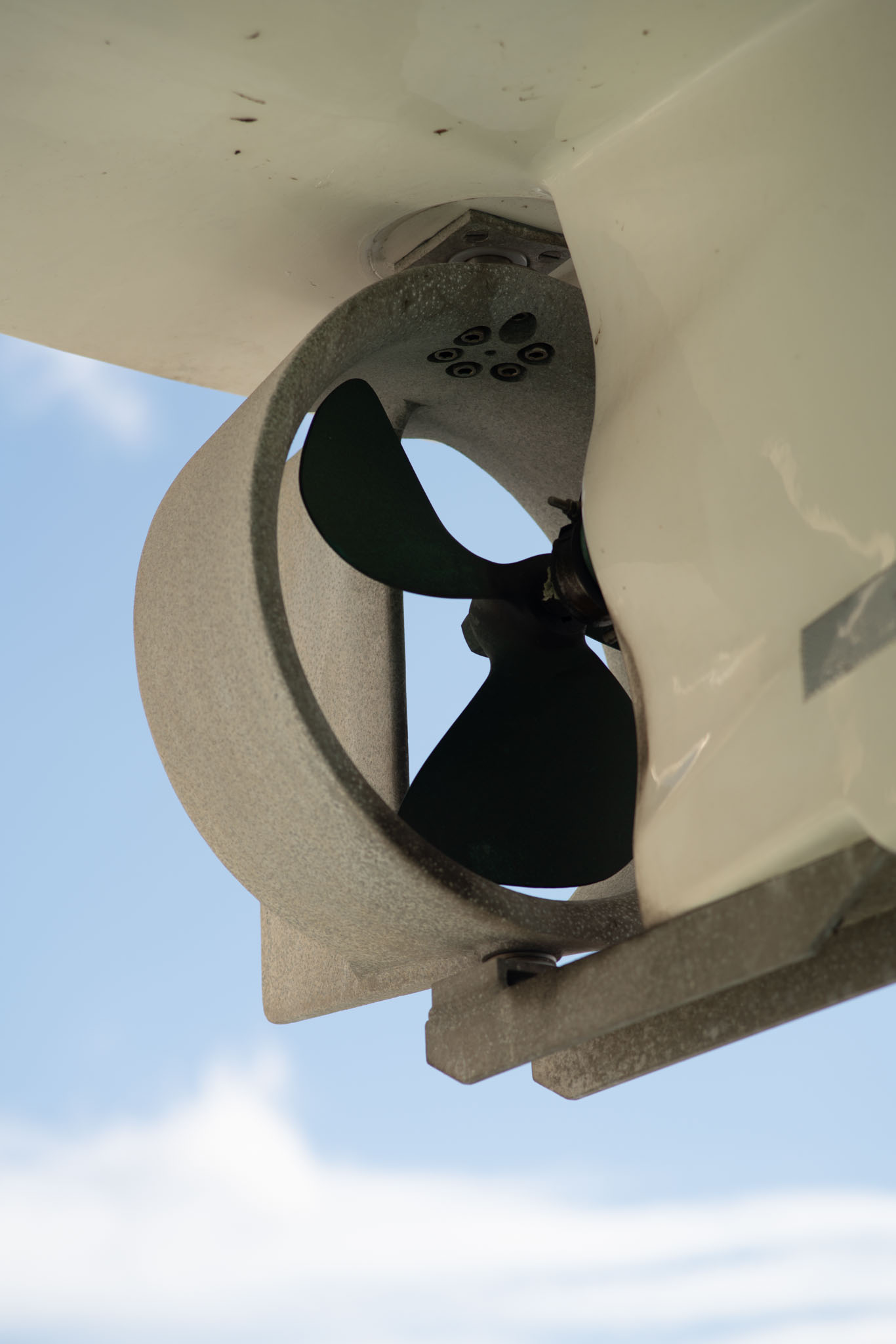
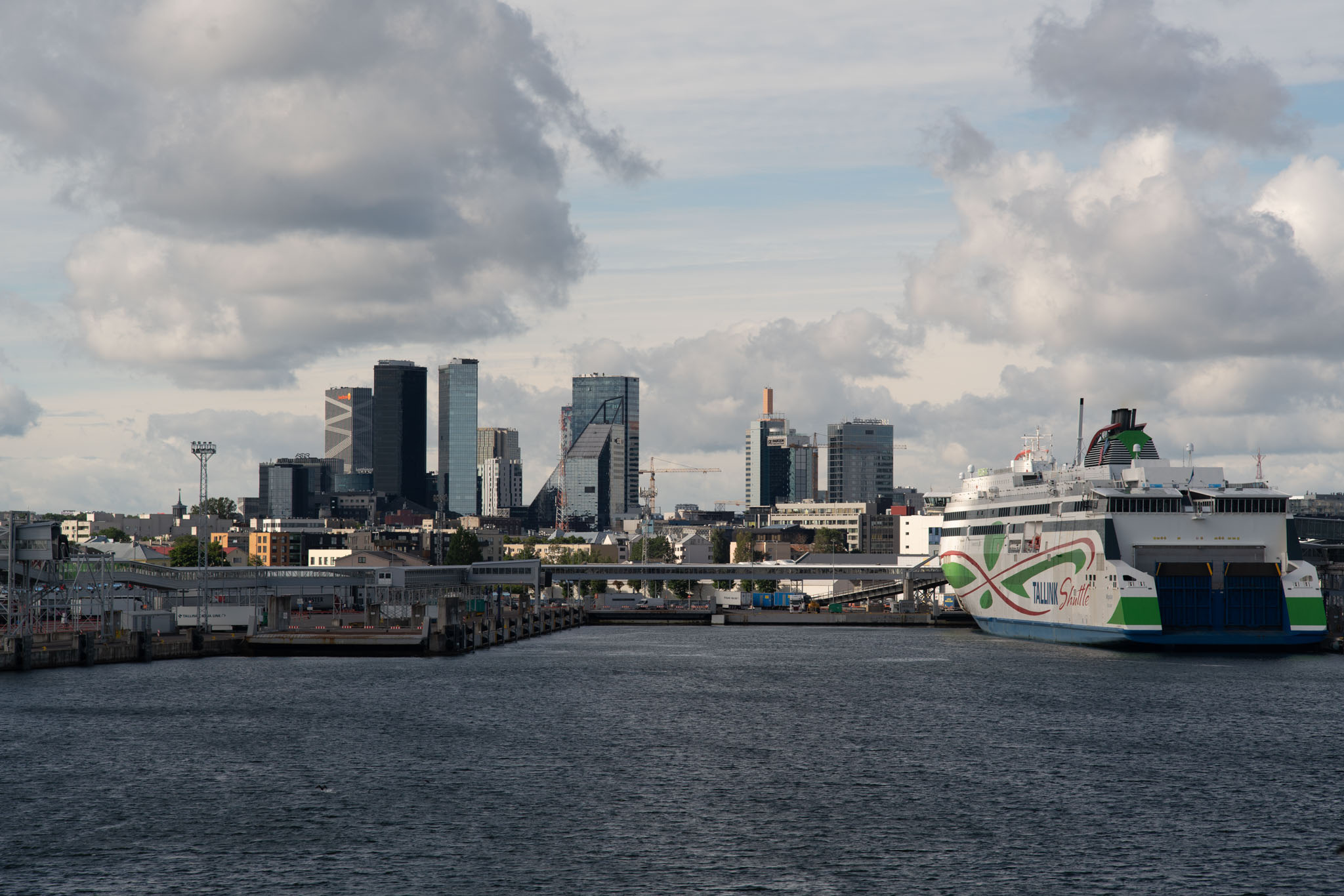
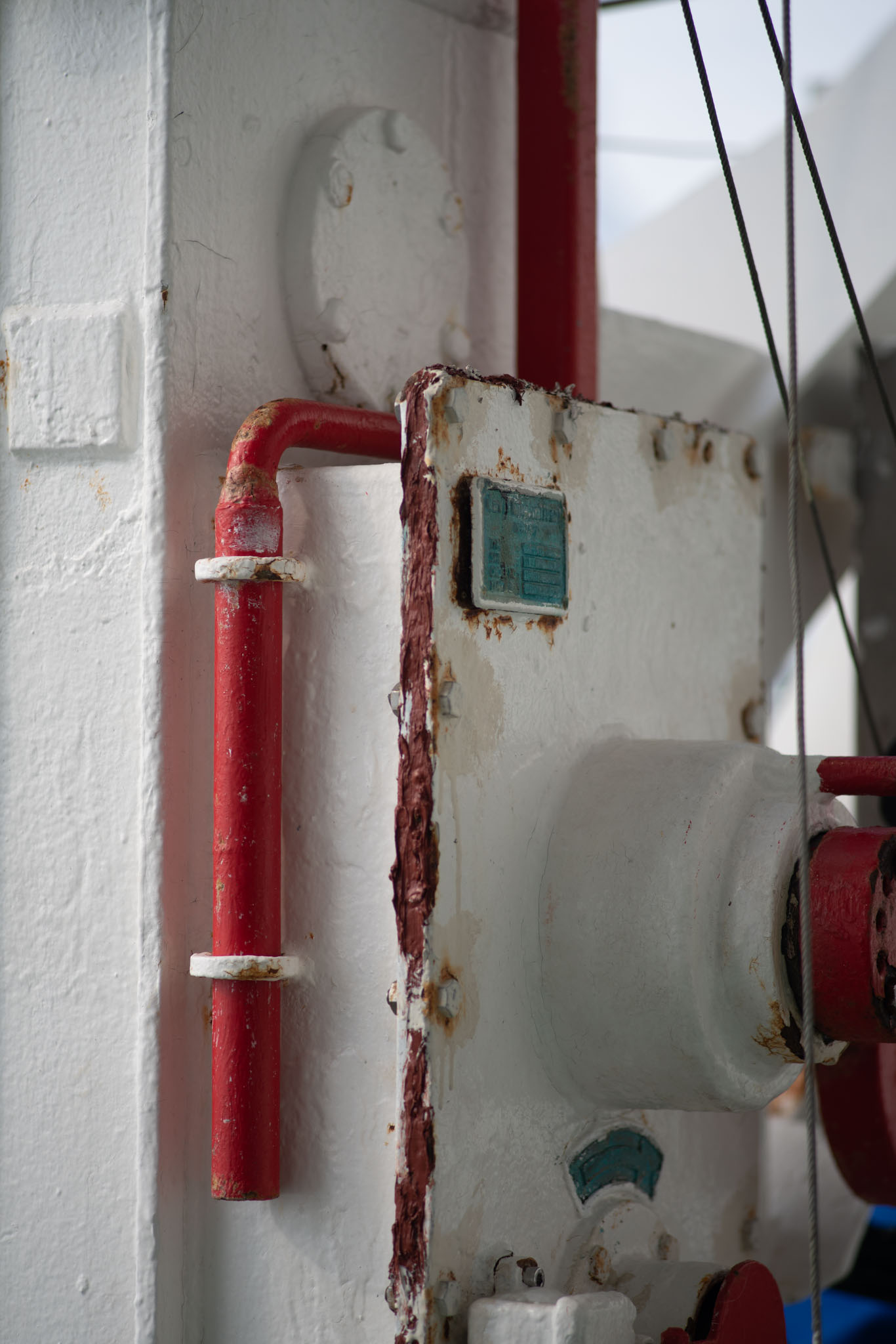
Gallery 2: A day trip to Suomenlinna sea fortress.
The Suomenlinna (literally: Castle of Finland) sea is a fortified group of islands on the coast outside the city of Helsinki and is a Unesco World Heritage site. It was constructed starting in the 1740s and extended all the way until the First World War. Even though known as the ‘Gibraltar of the North’ its military track record is decidedly lacklustre. Read more about Suomenlinna on Wikipedia.
Here are some images from a family trip in July of 2025.
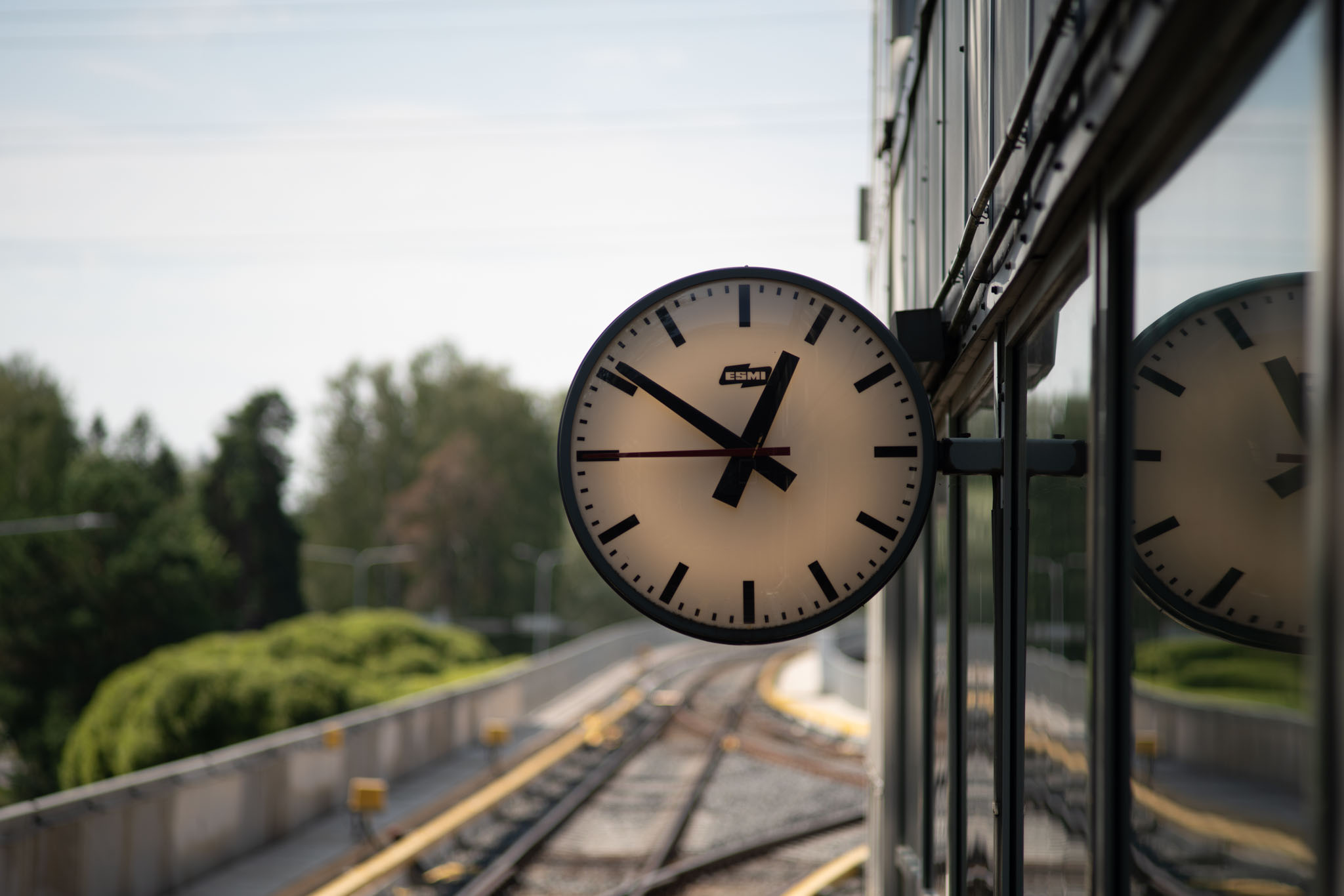
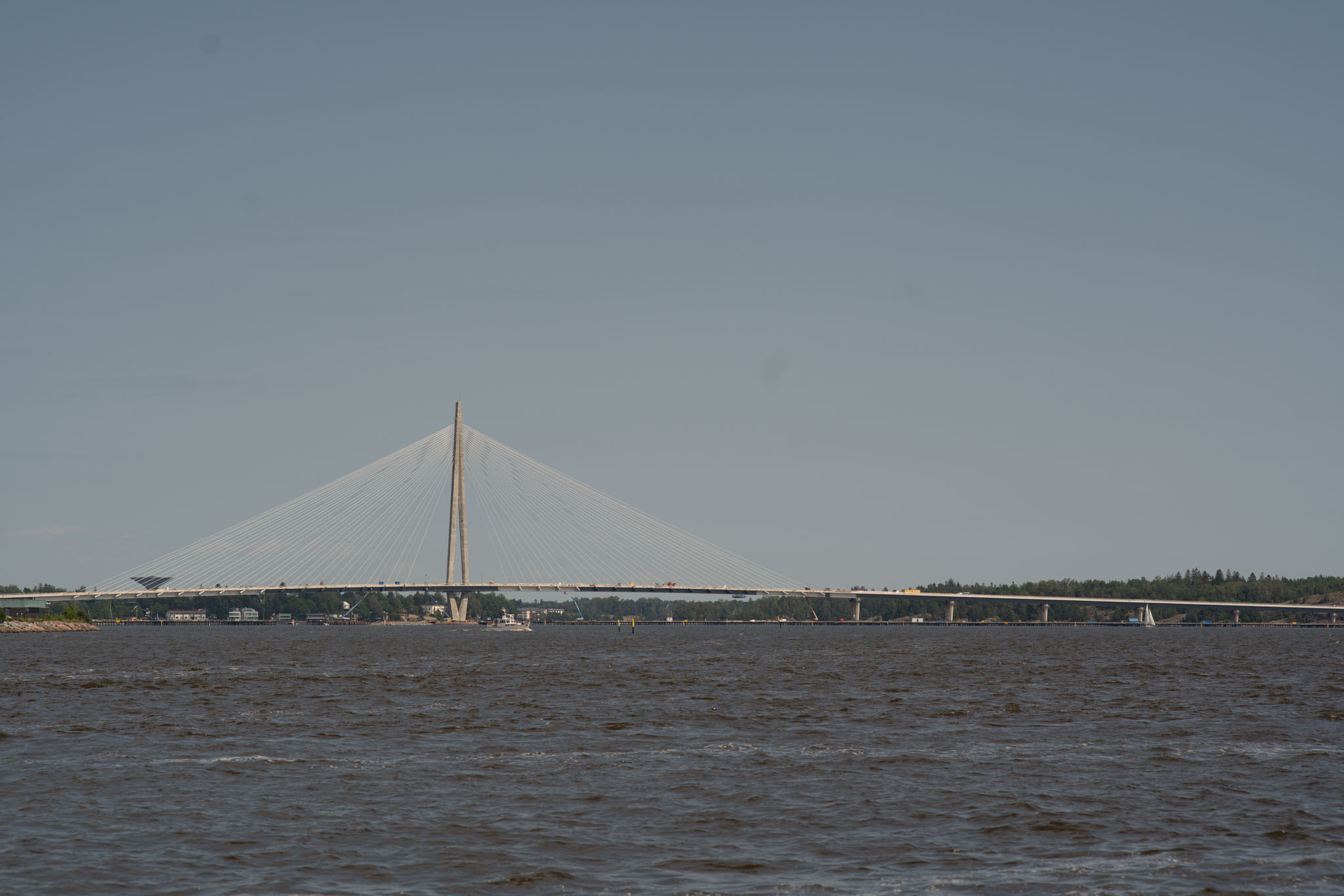

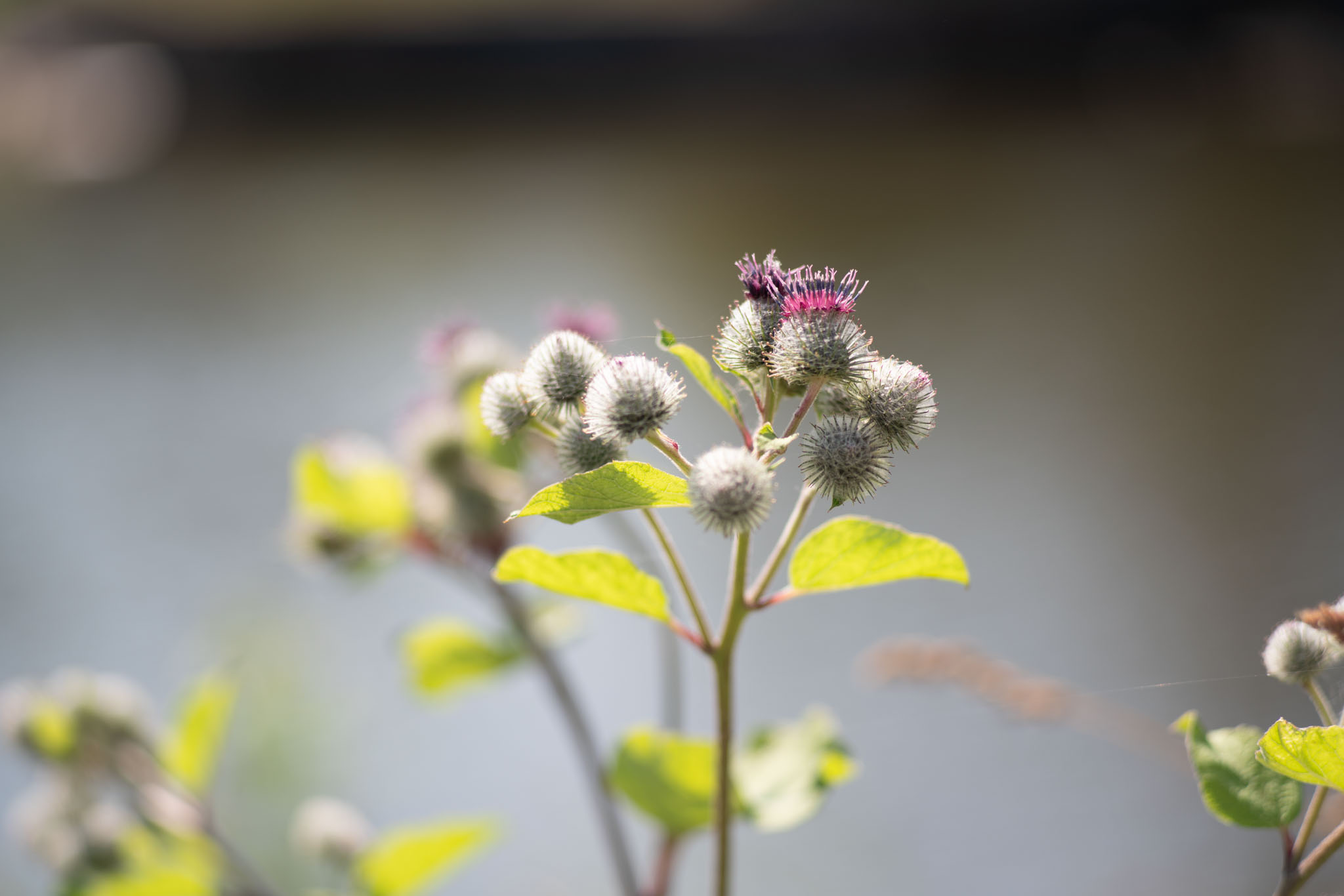
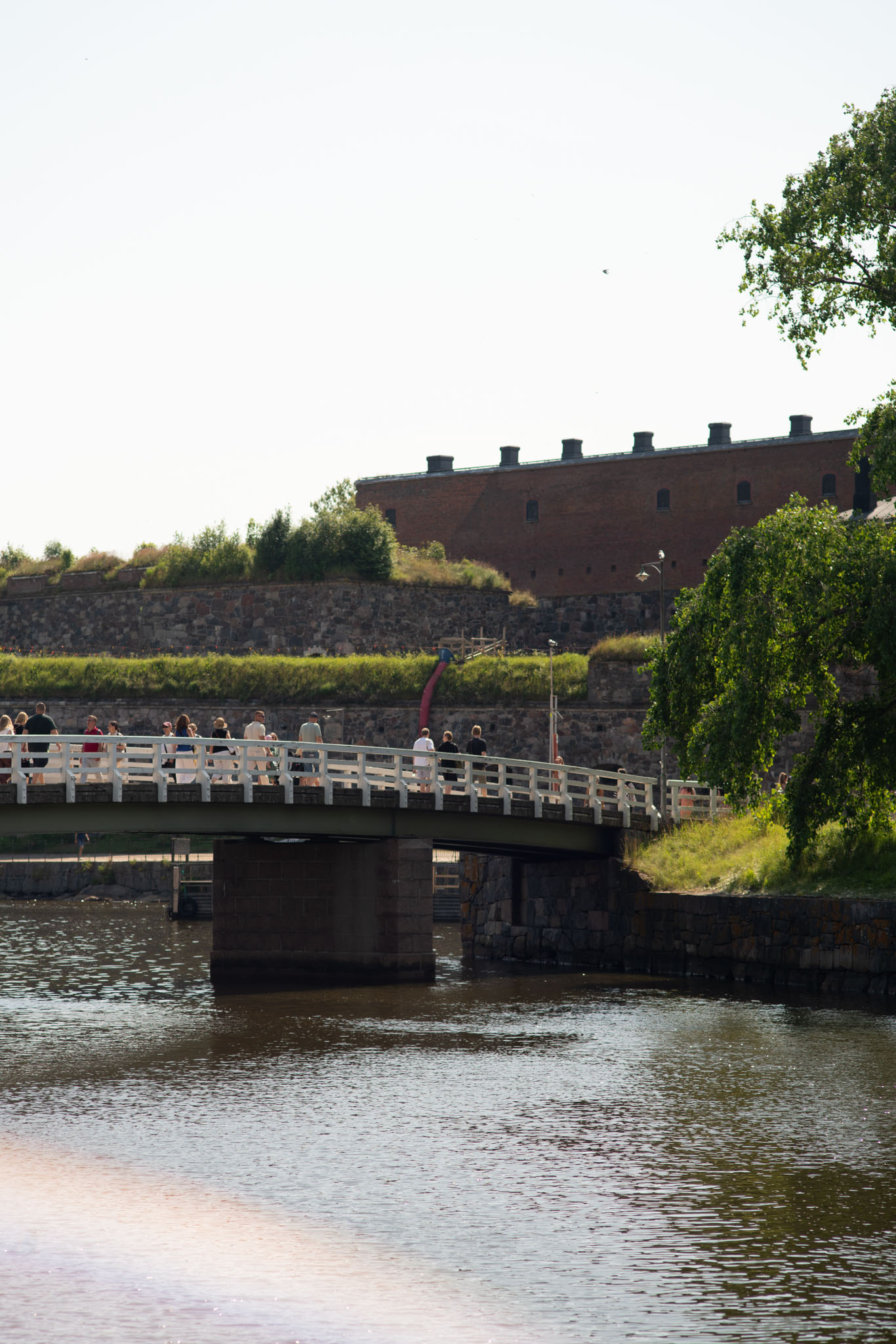
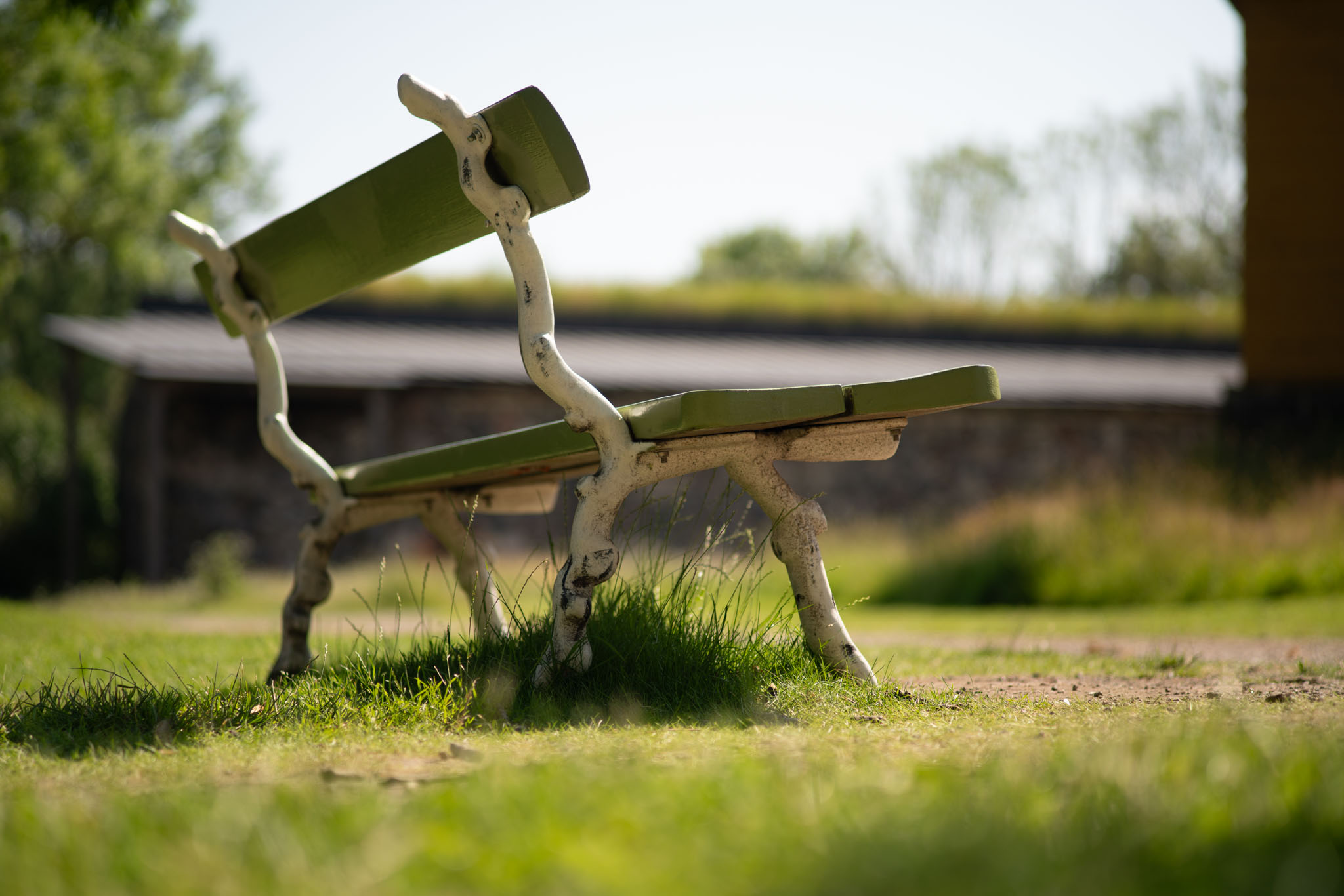
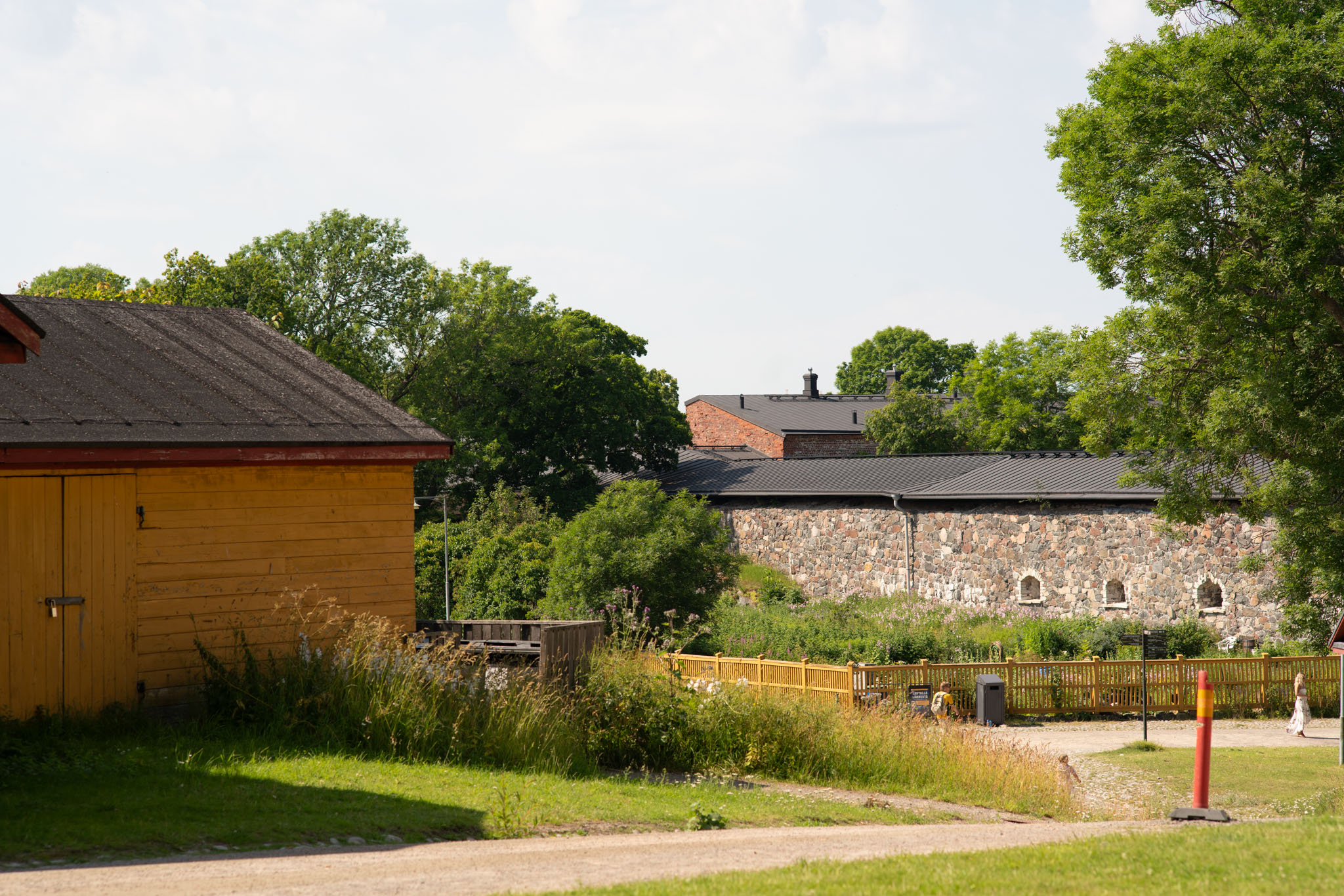
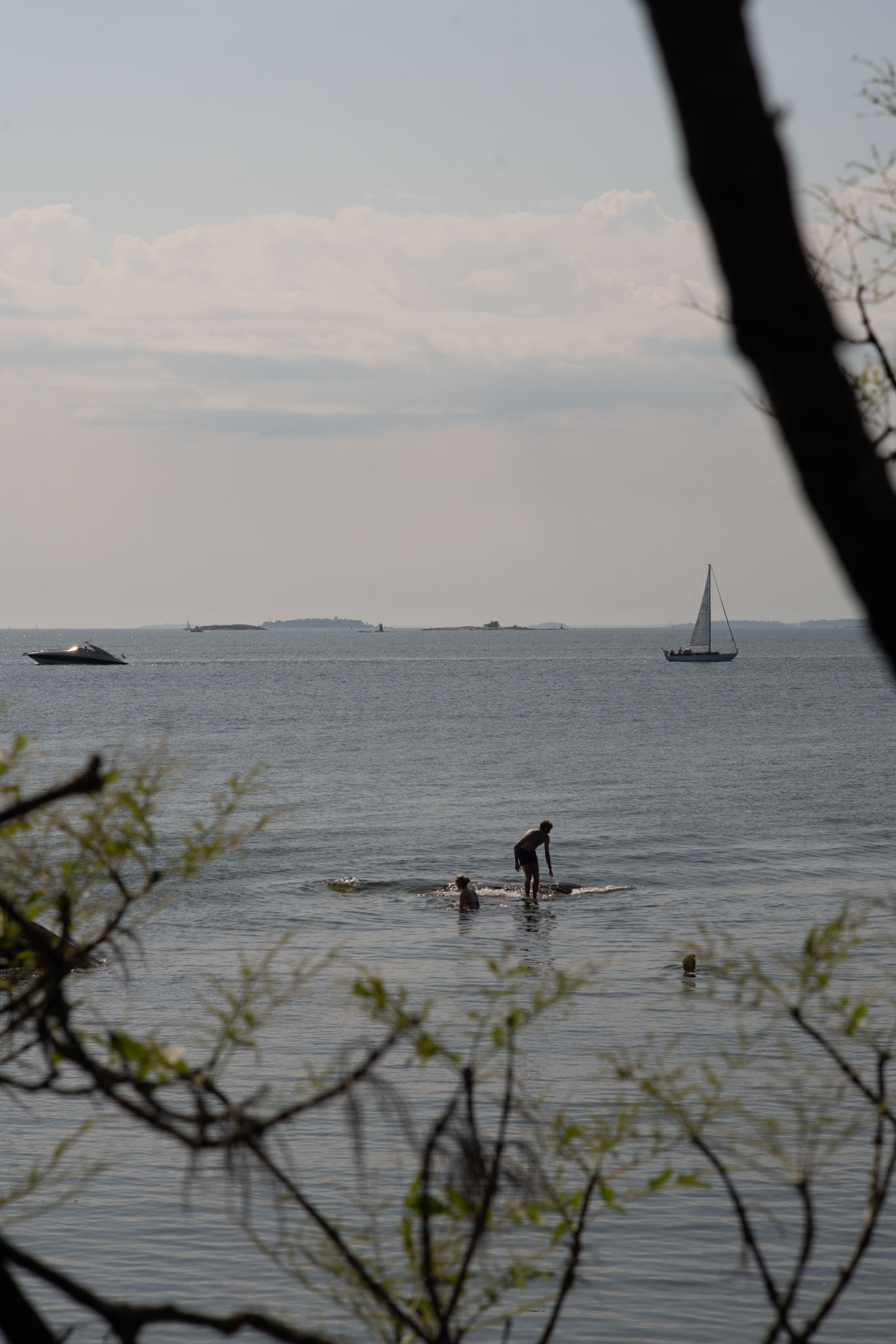

Gallery 3: Finnish countryside and handicrafts.
At the end of July 2025 I took the Nikon series E 100 mm f/2.8 for a walk to the Sepänmäki handicrafts museum as well as on a walk in the picturesque countryside. This gallery also contains a few unrelated images from the Finnish town of Kotka.
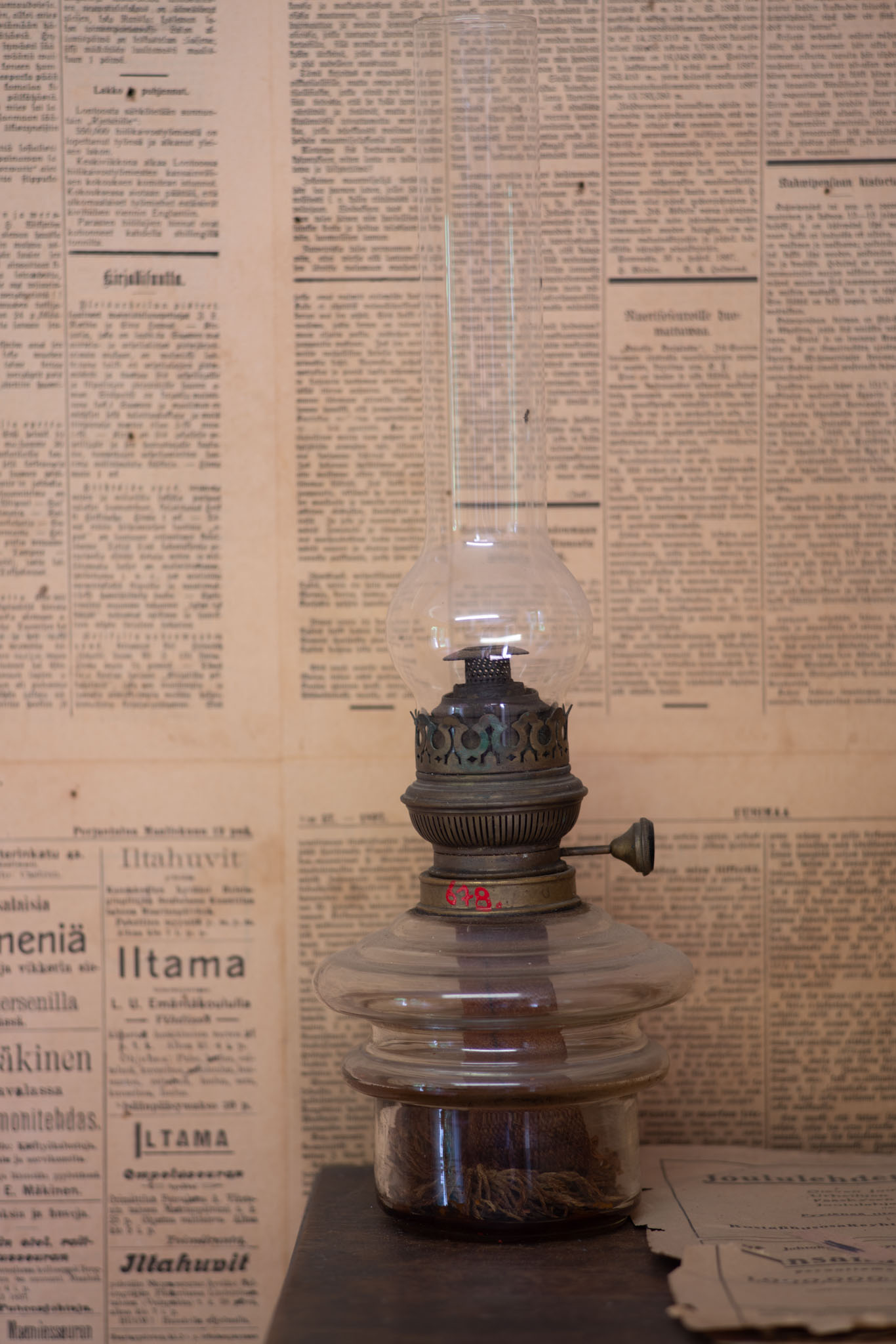
Nikon E 100/2.8 @ f/2.8, 1/30 s, ISO125
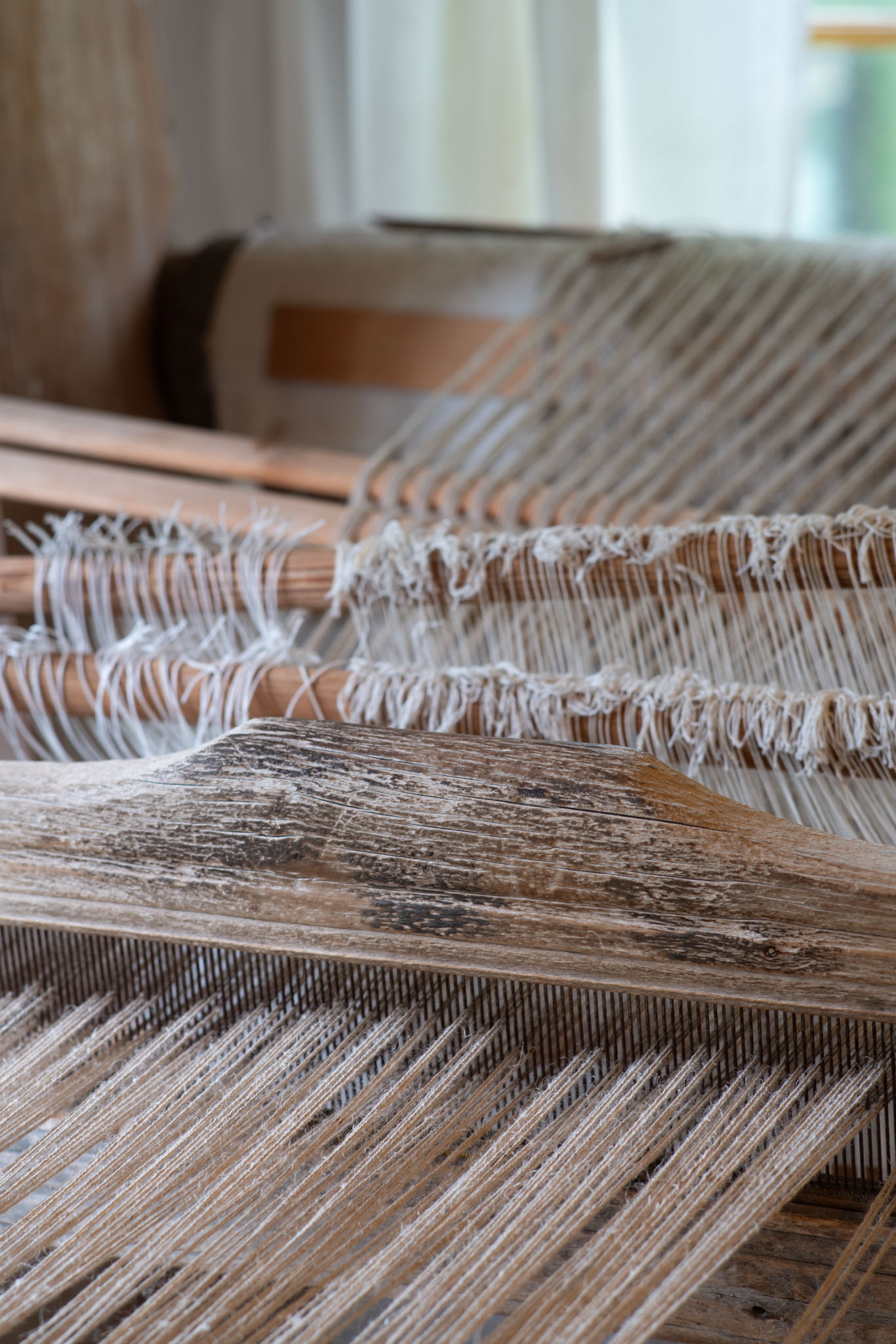
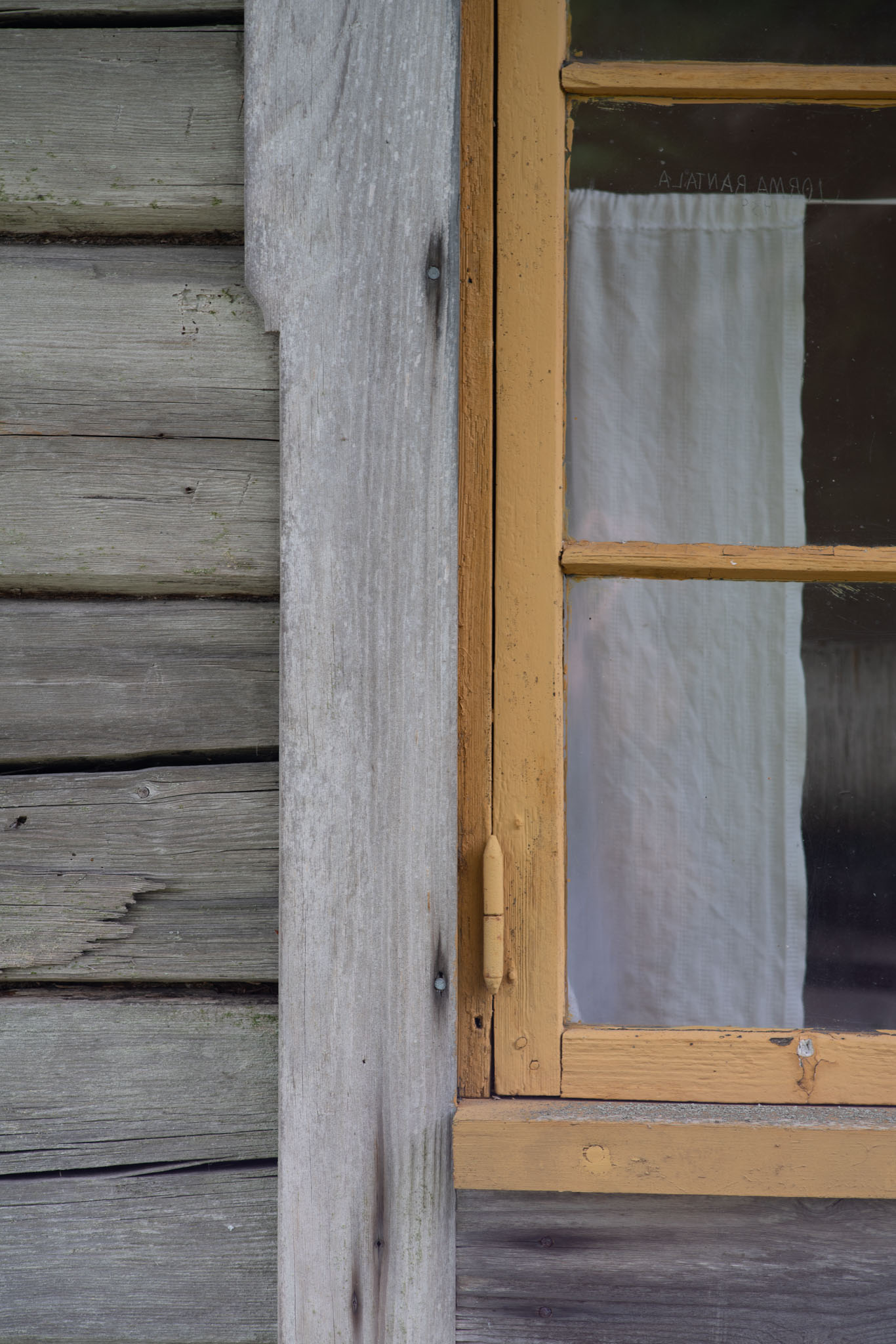
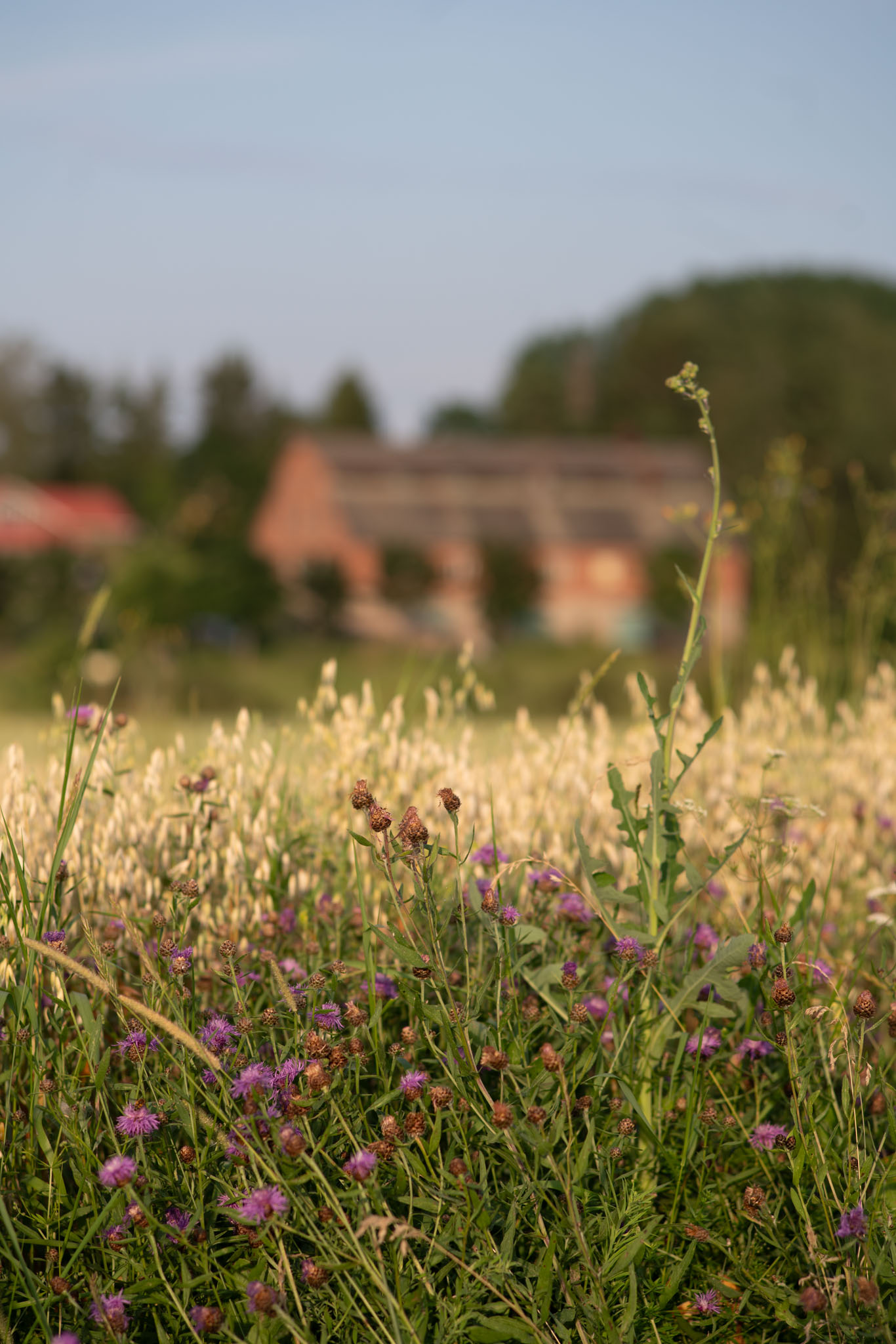
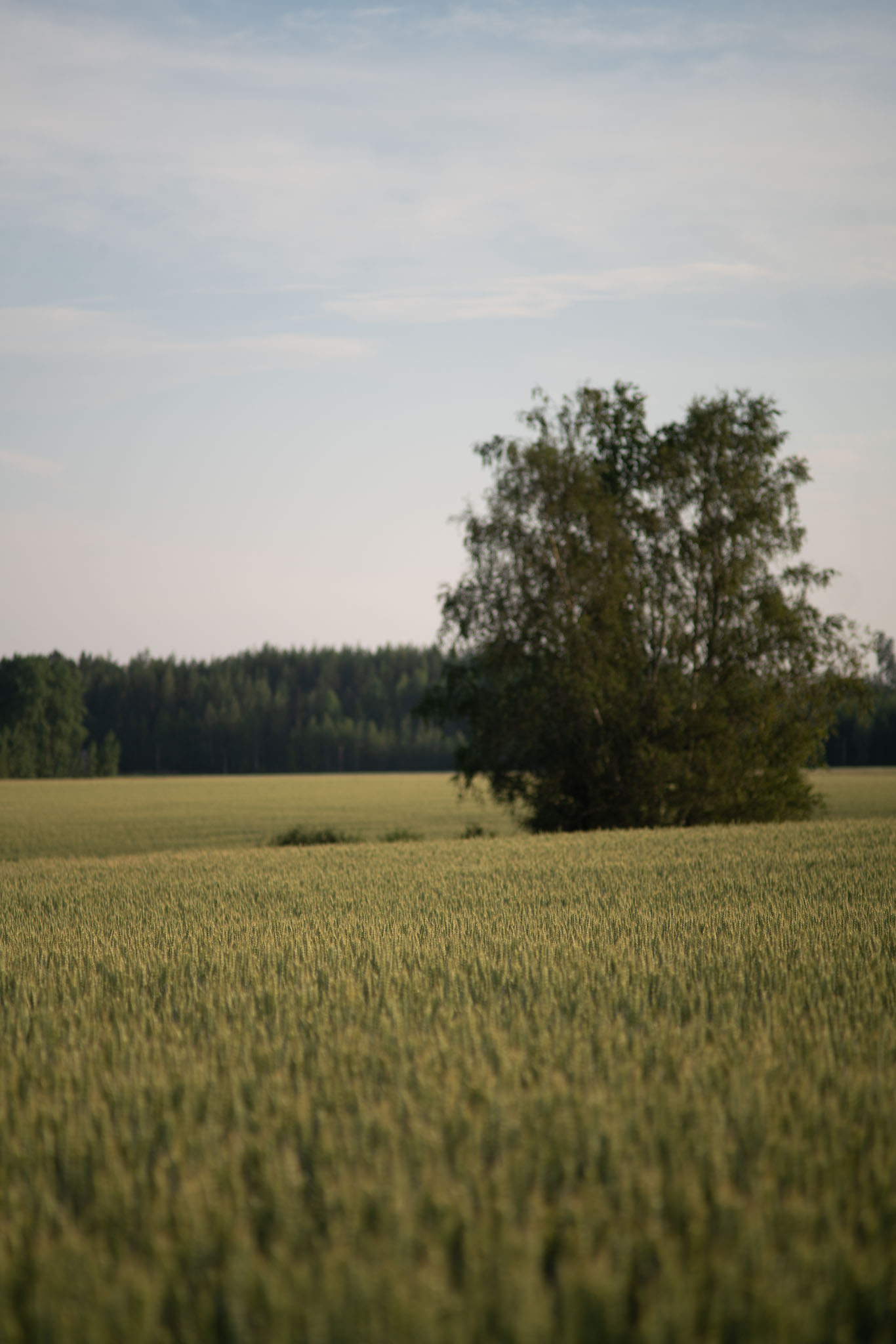

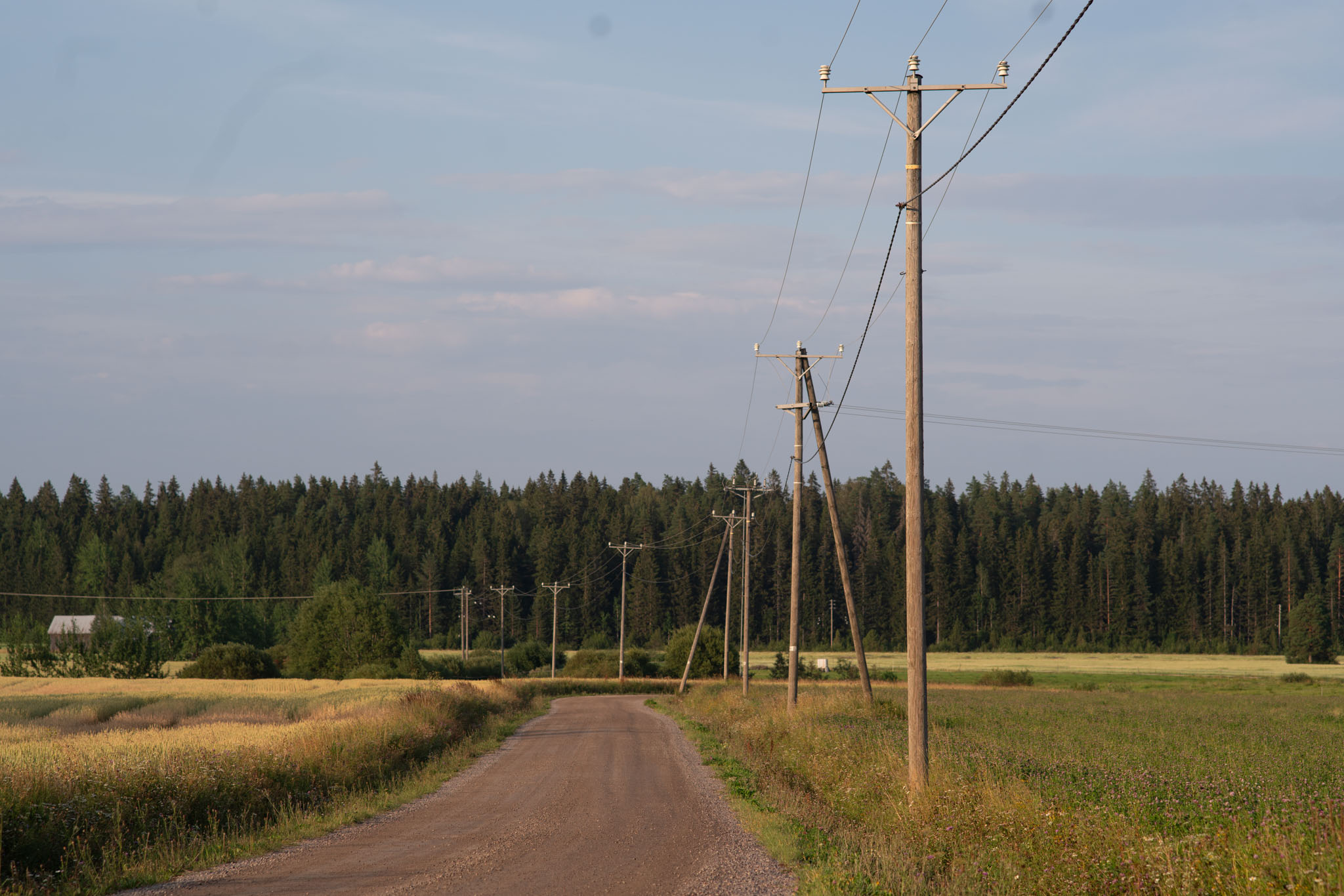
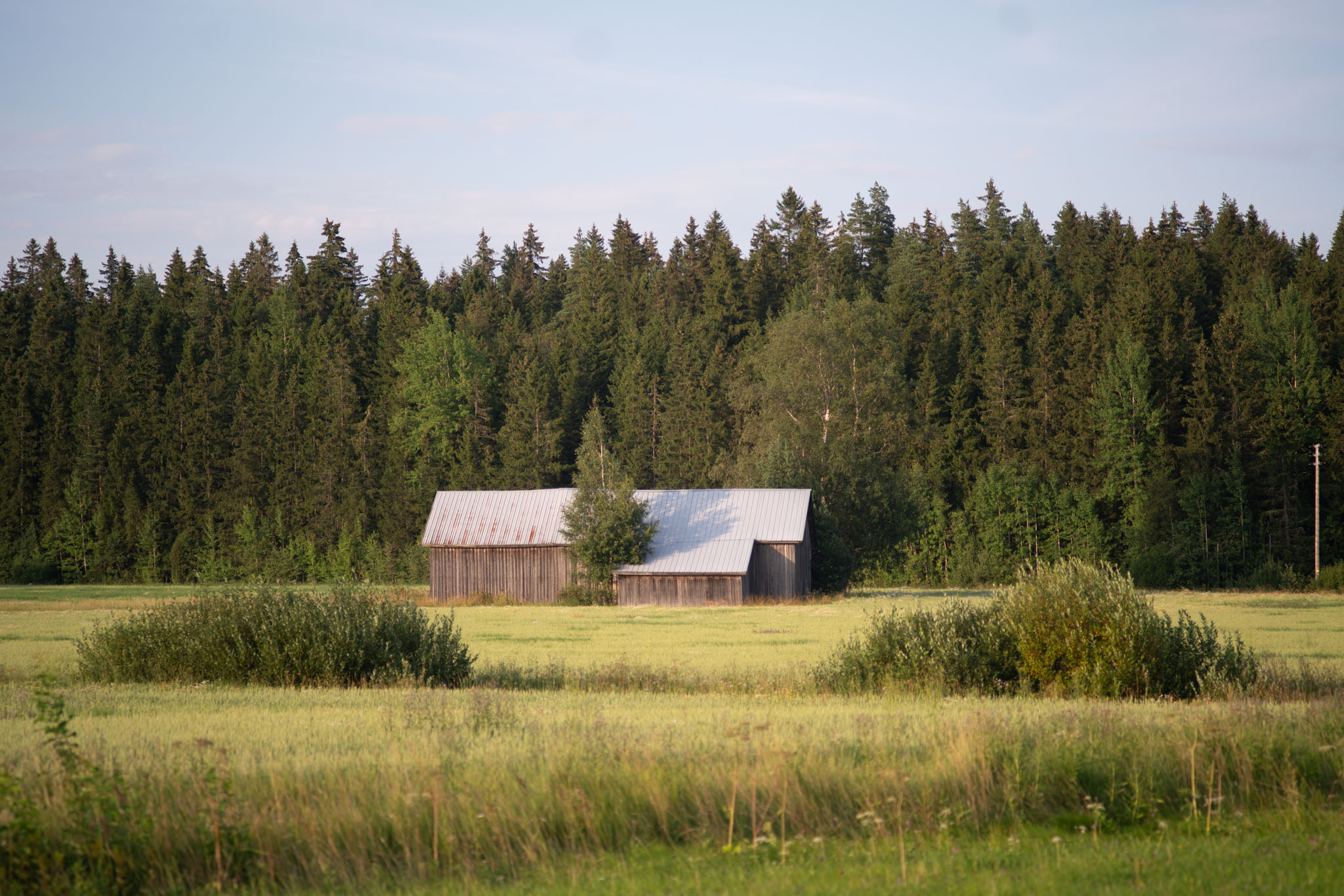
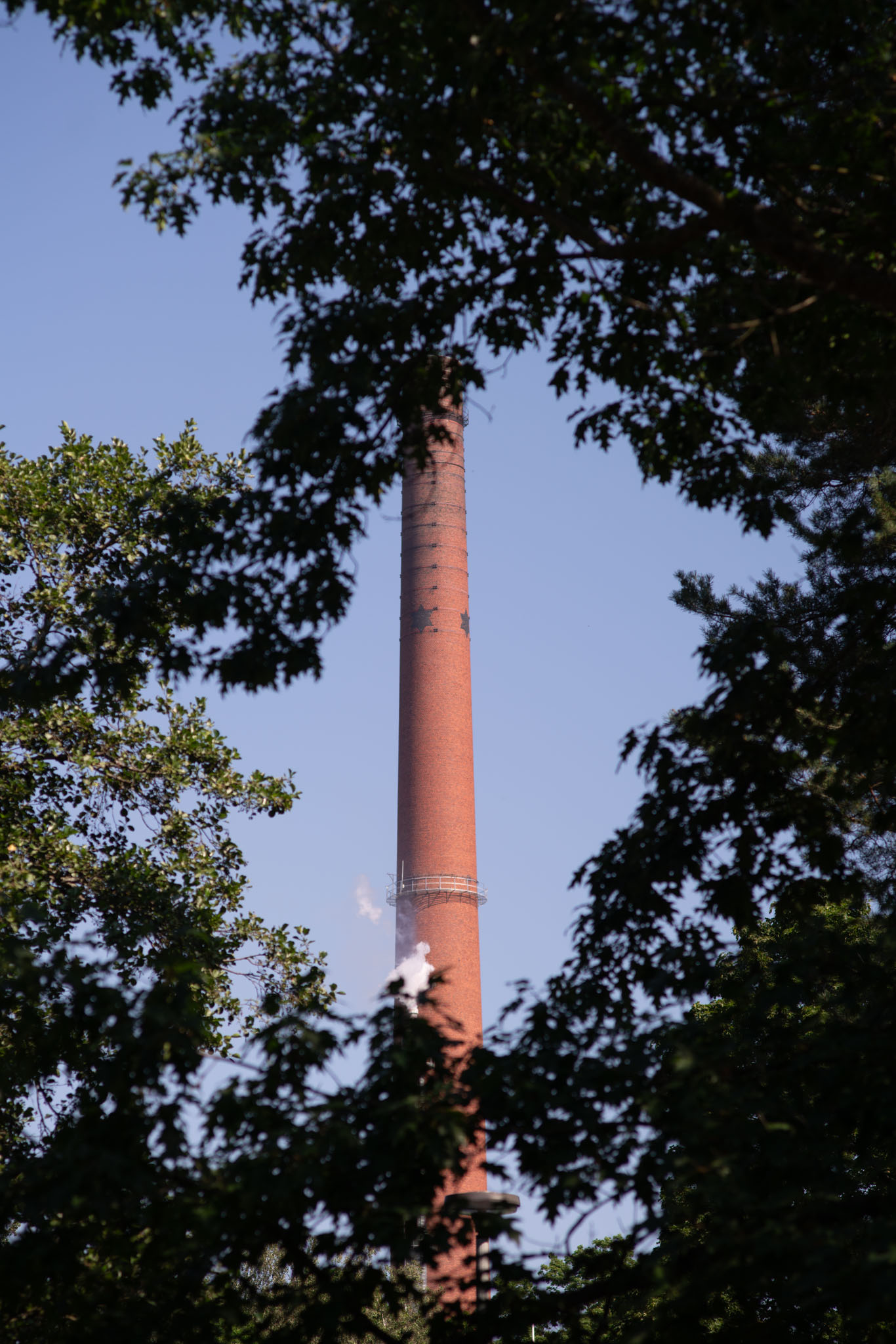
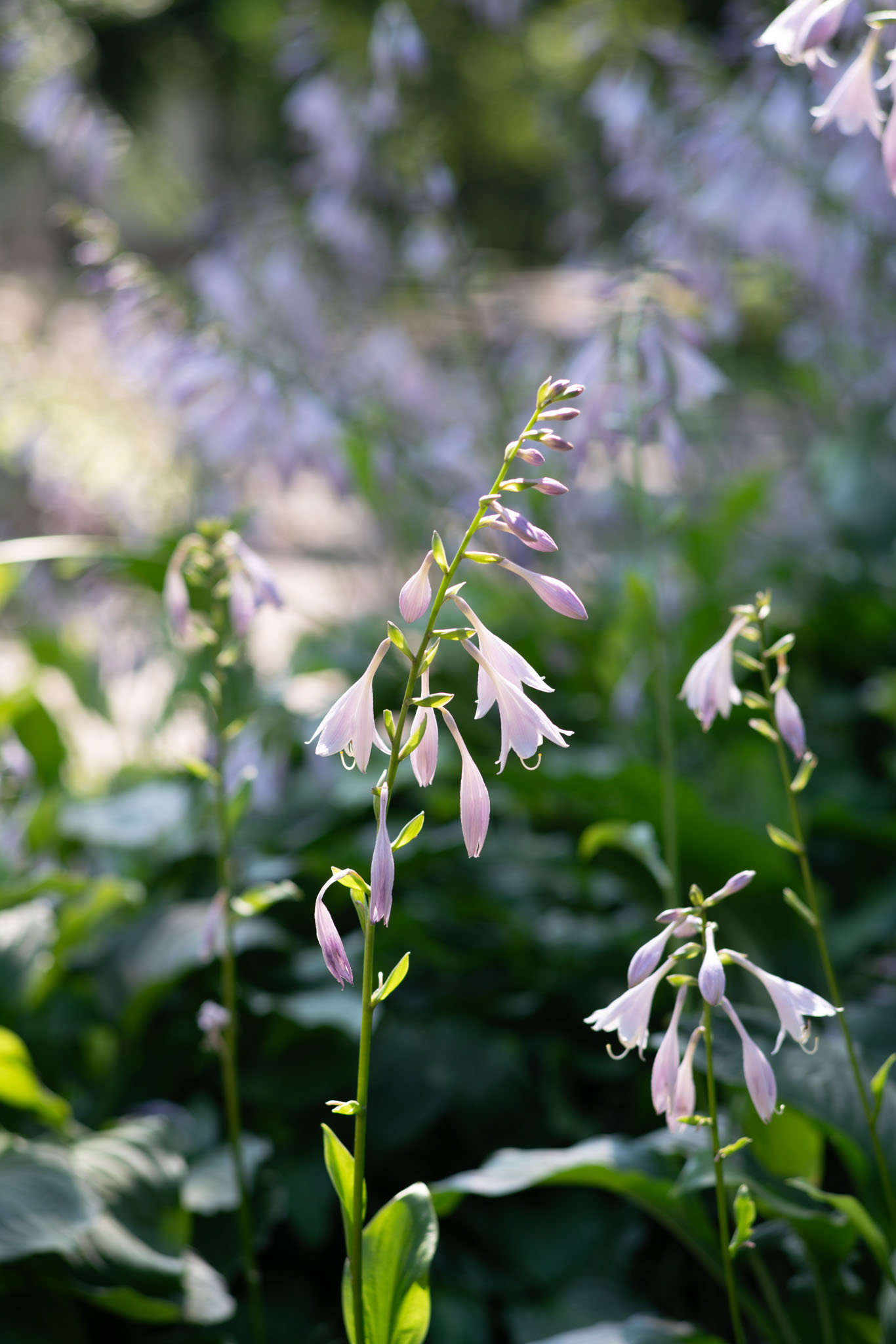
Nikon E 100/2.8 @ f/4, 1/200 s
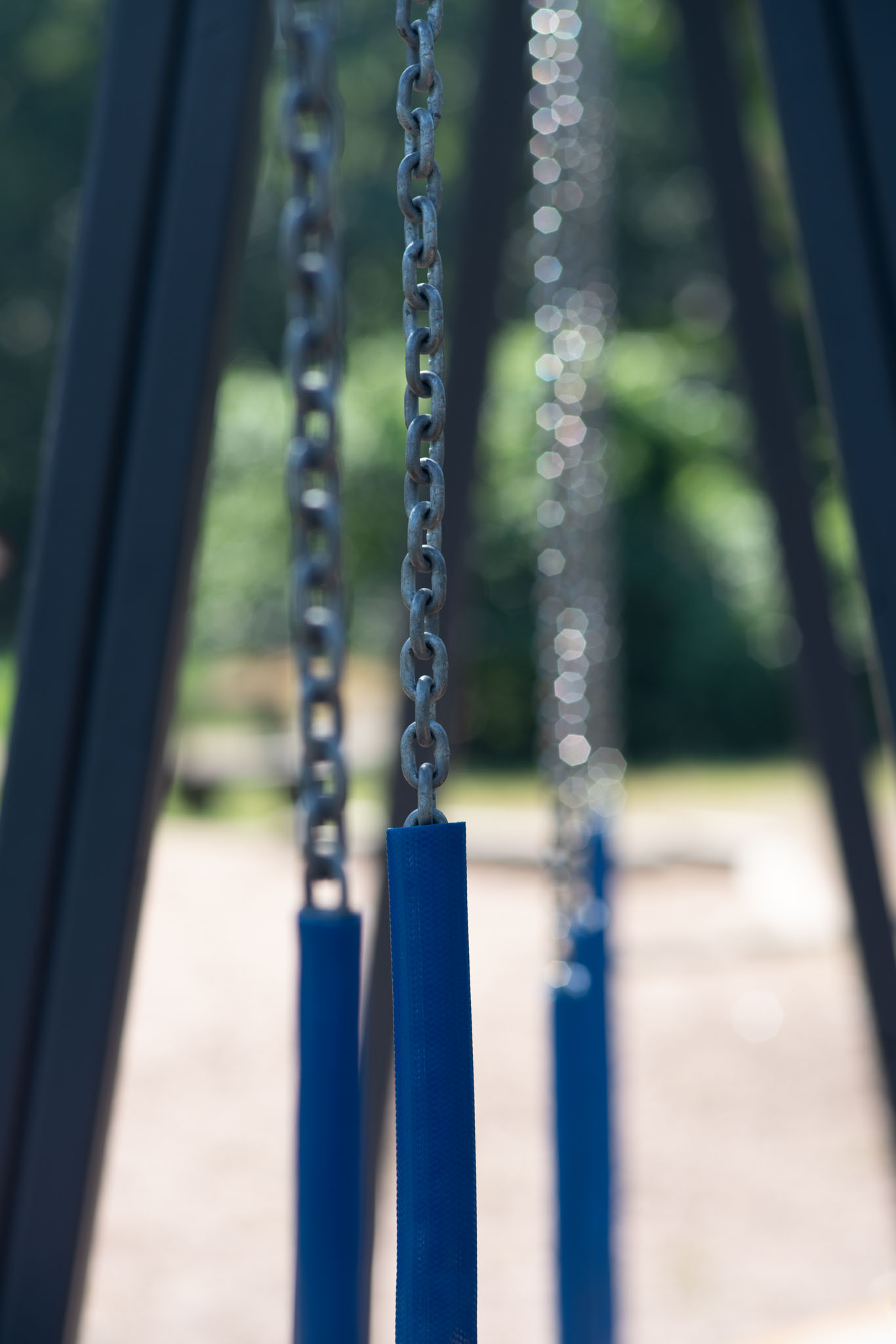

- On a Nikon dSLR I heartily recommend entering the lens’ data in the Non-CPU lens menu as this will allow you to use the aperture ring as intended. Read more here. ↩︎
- No changes to exposure or colours, no sharpening, no denoising, no defringing. License plates and identifying marks retouched when necessary. ↩︎
